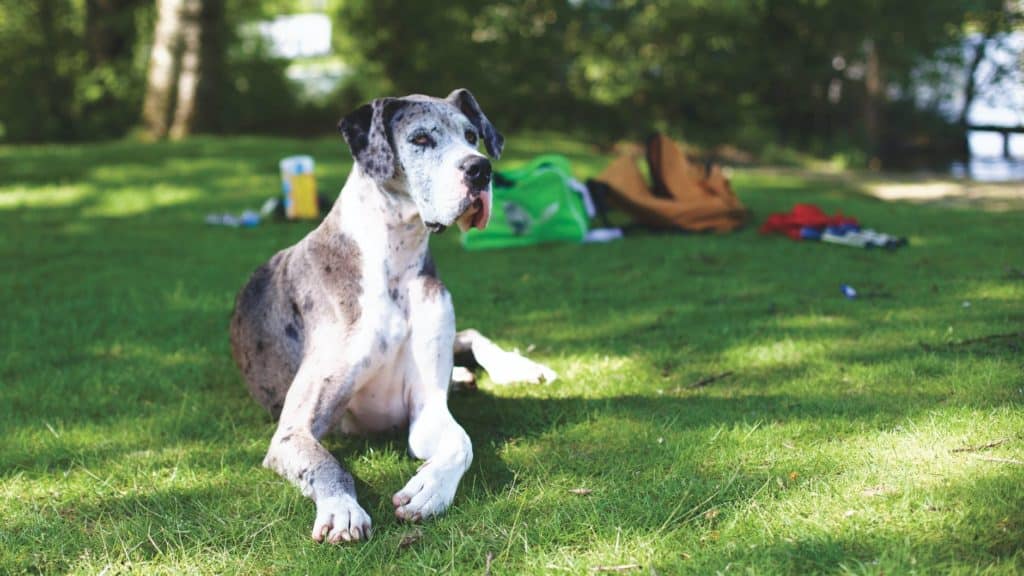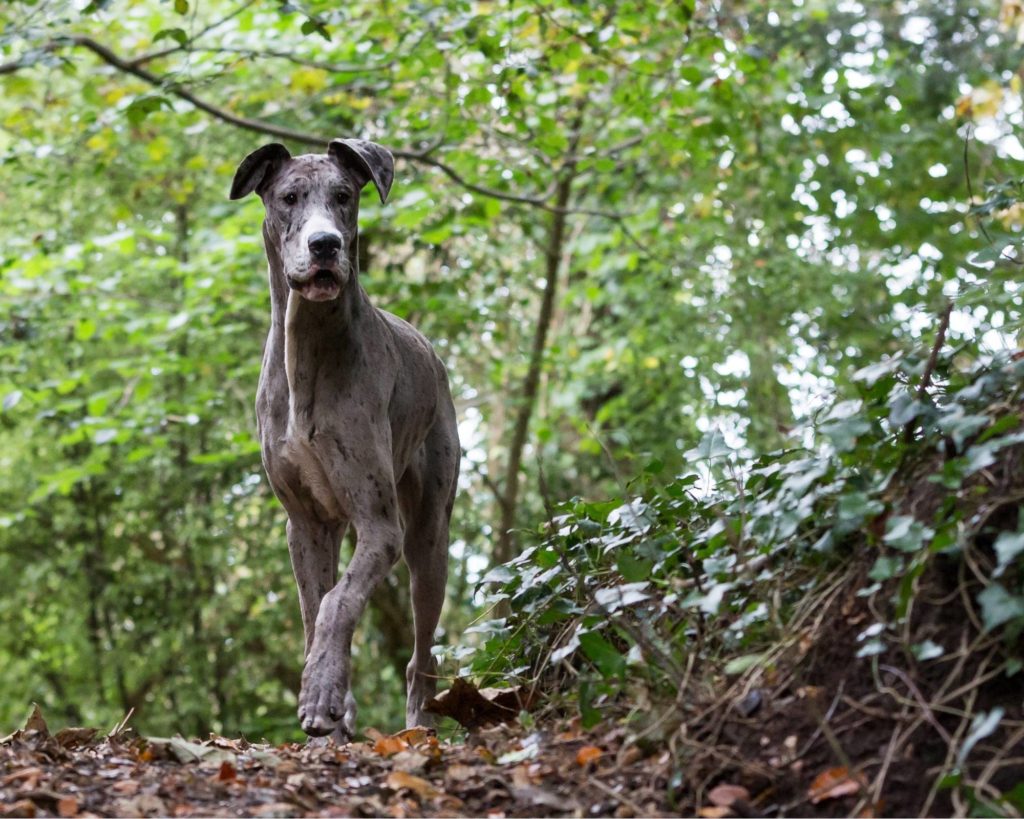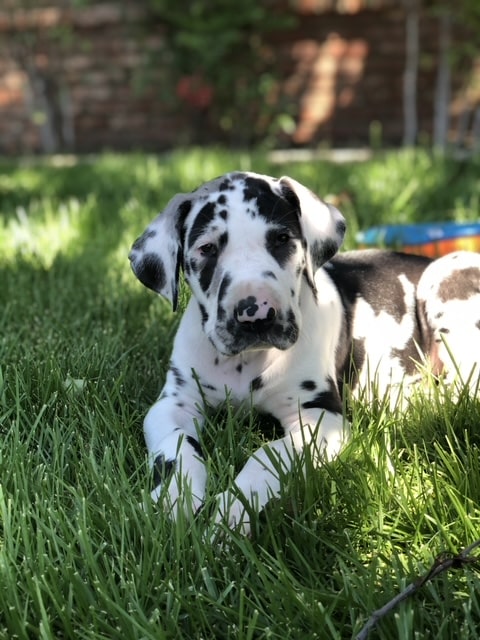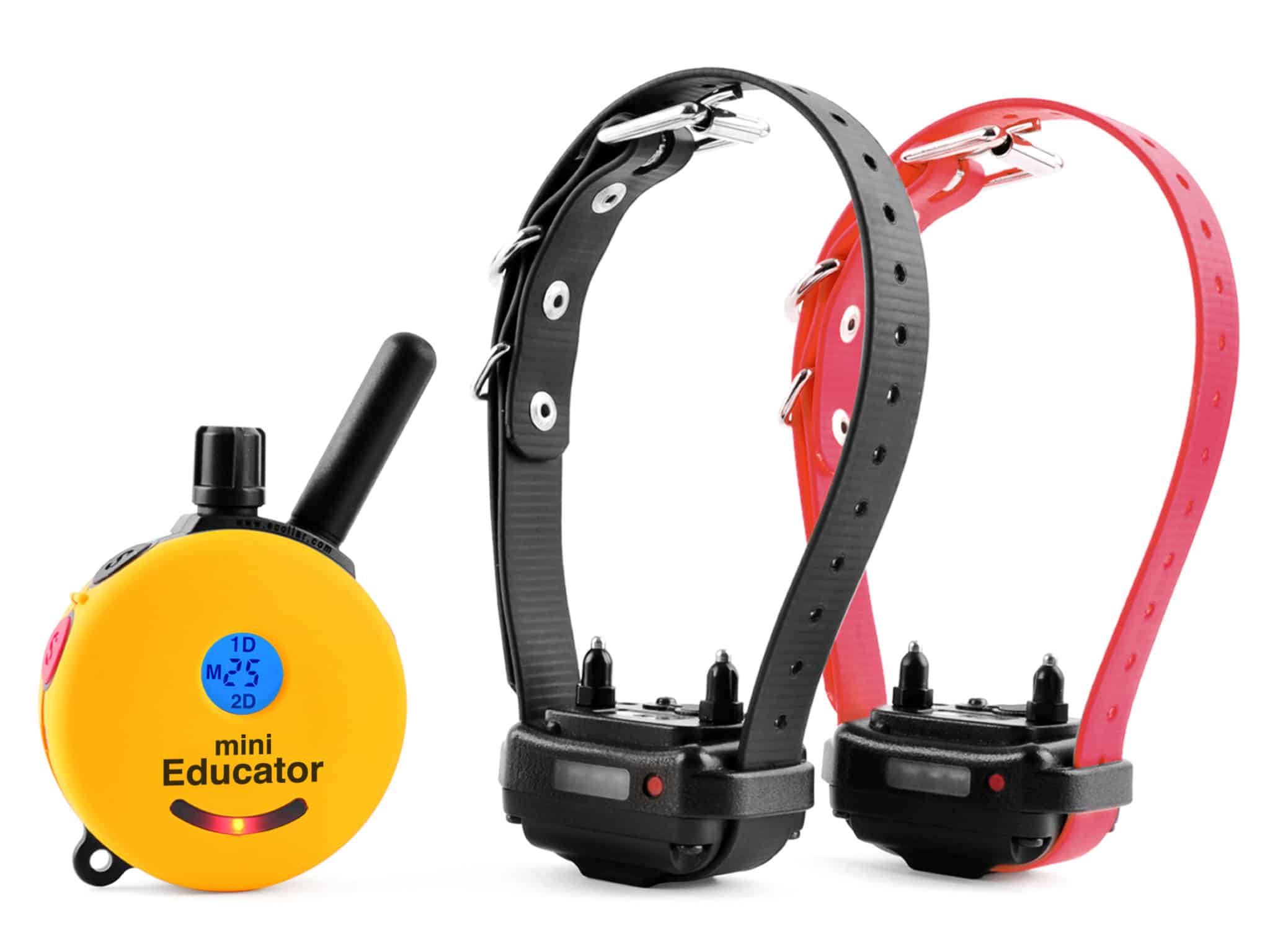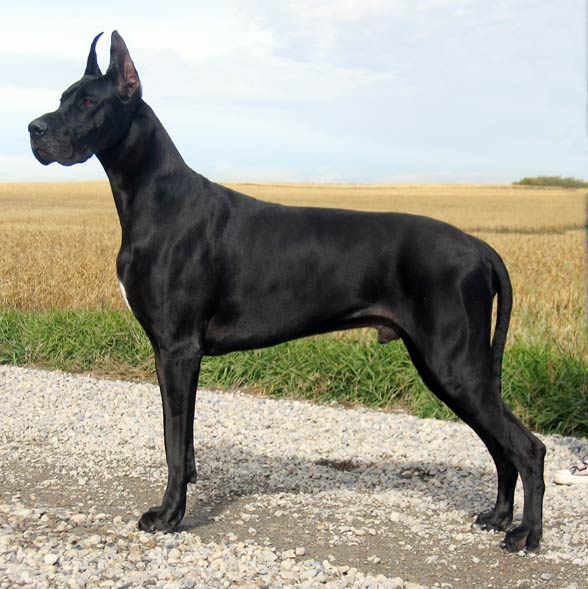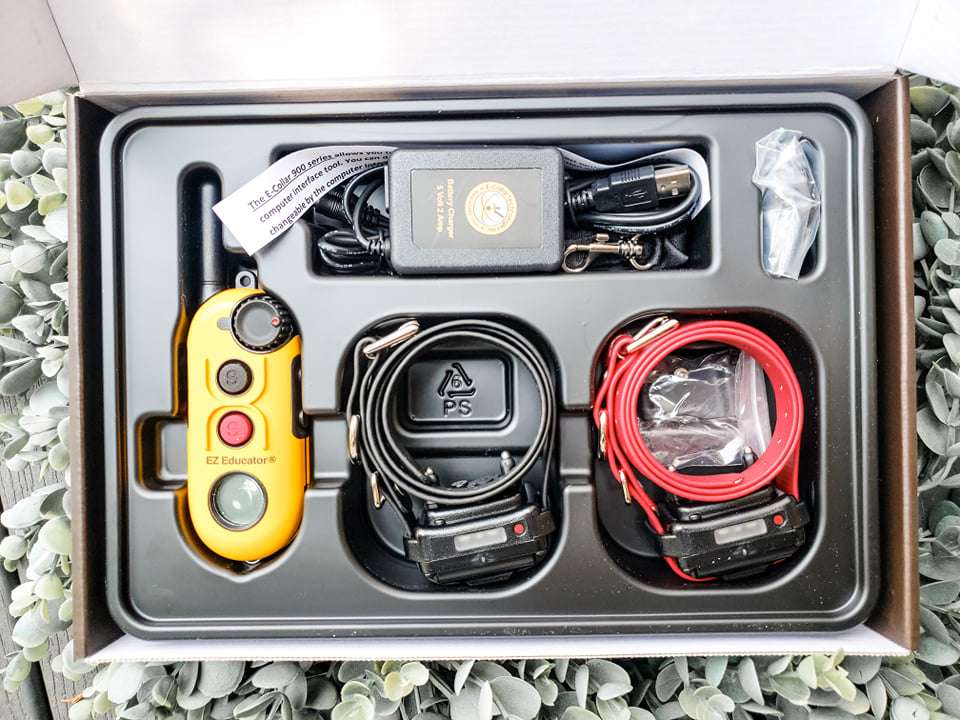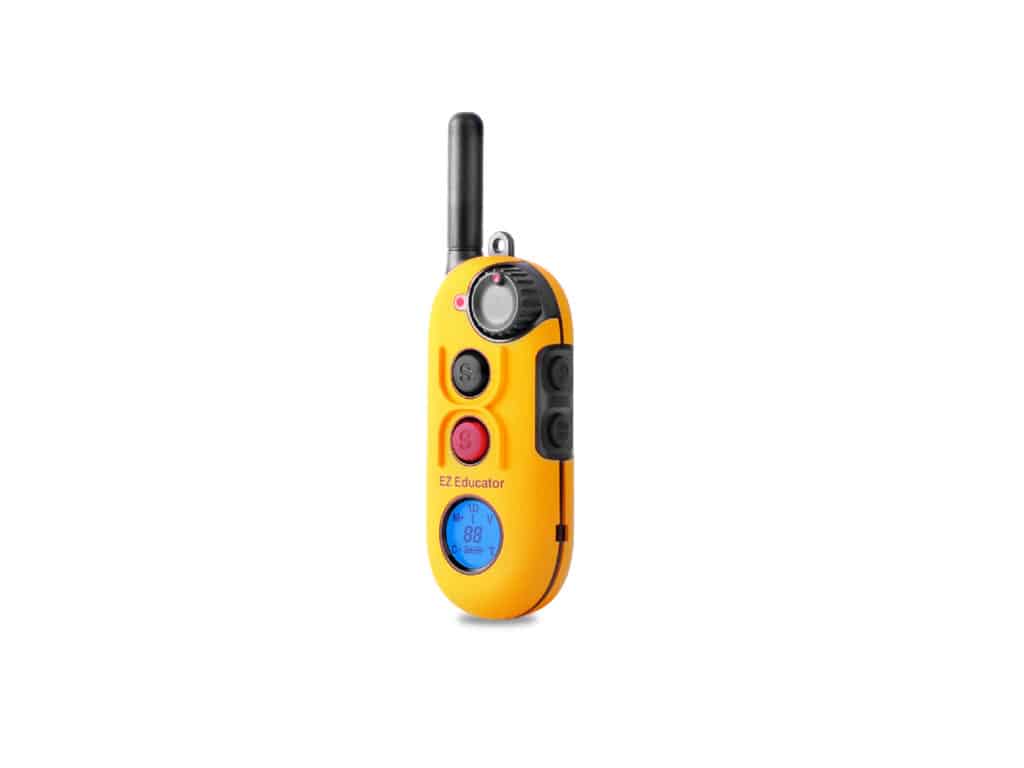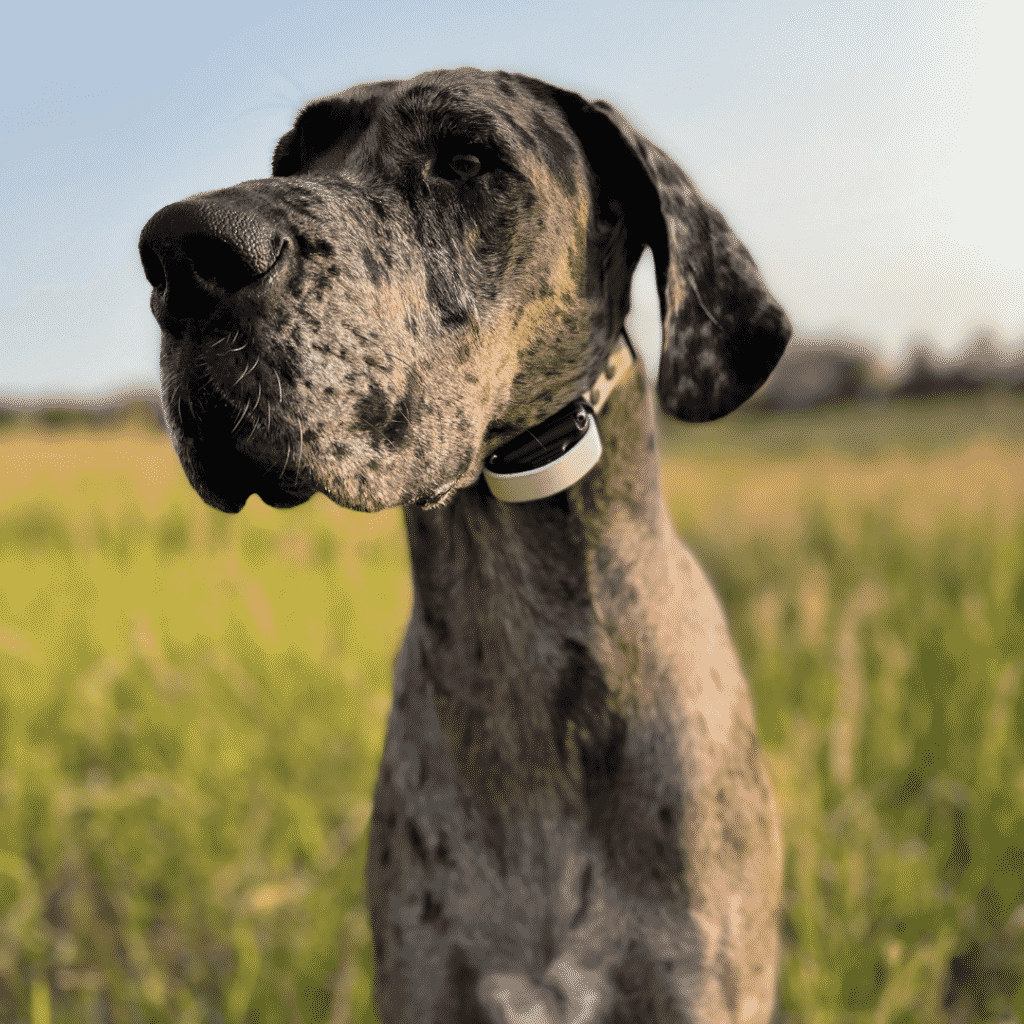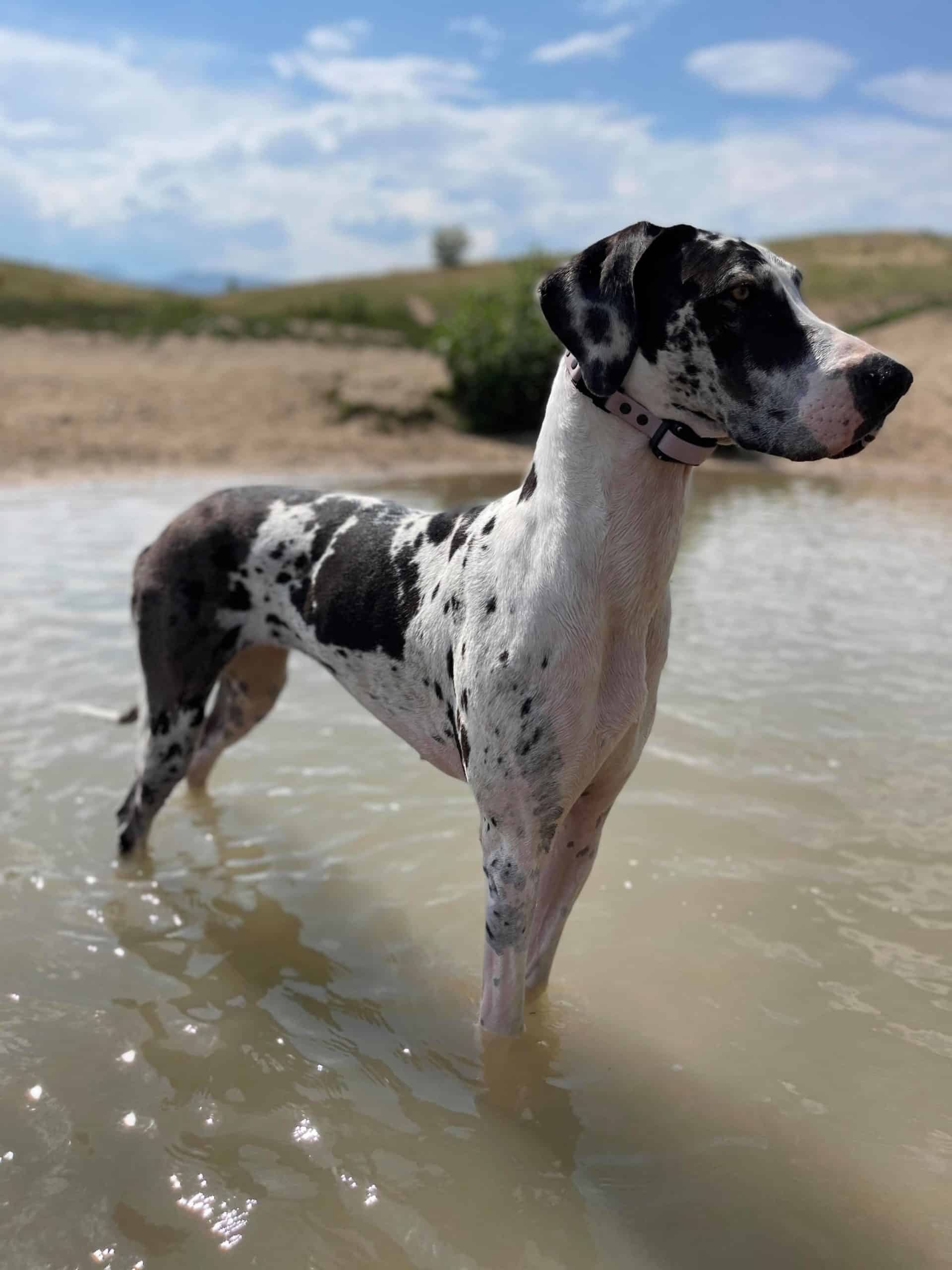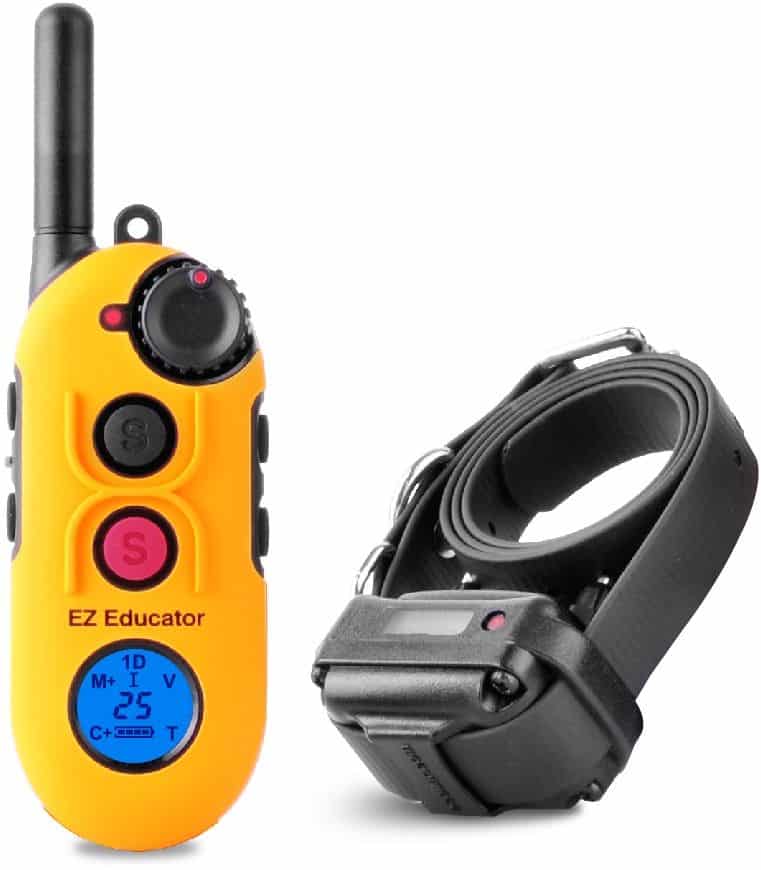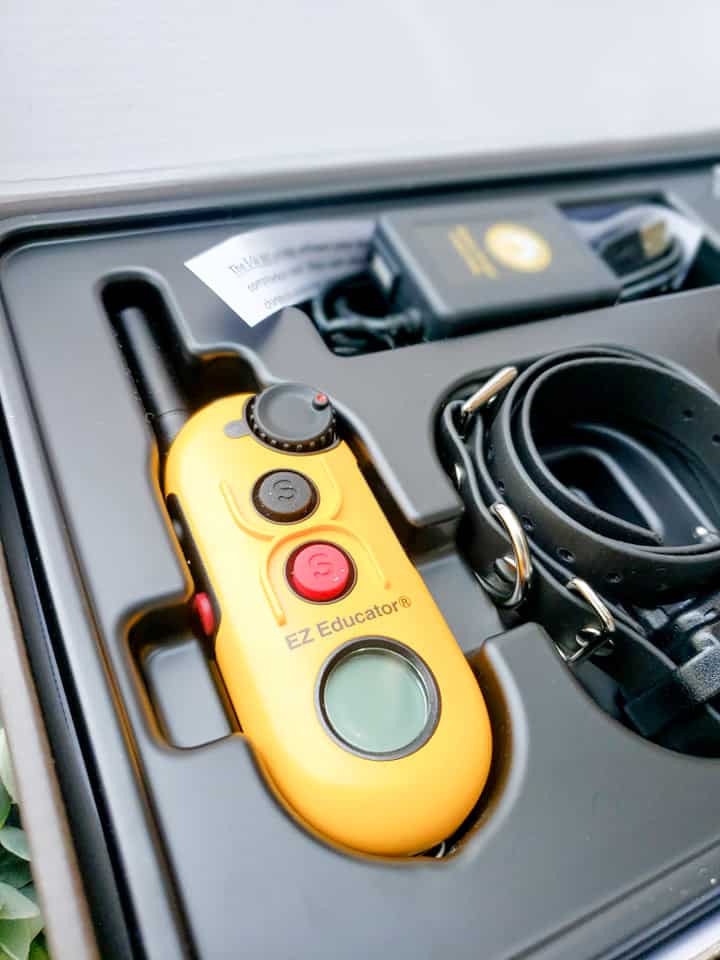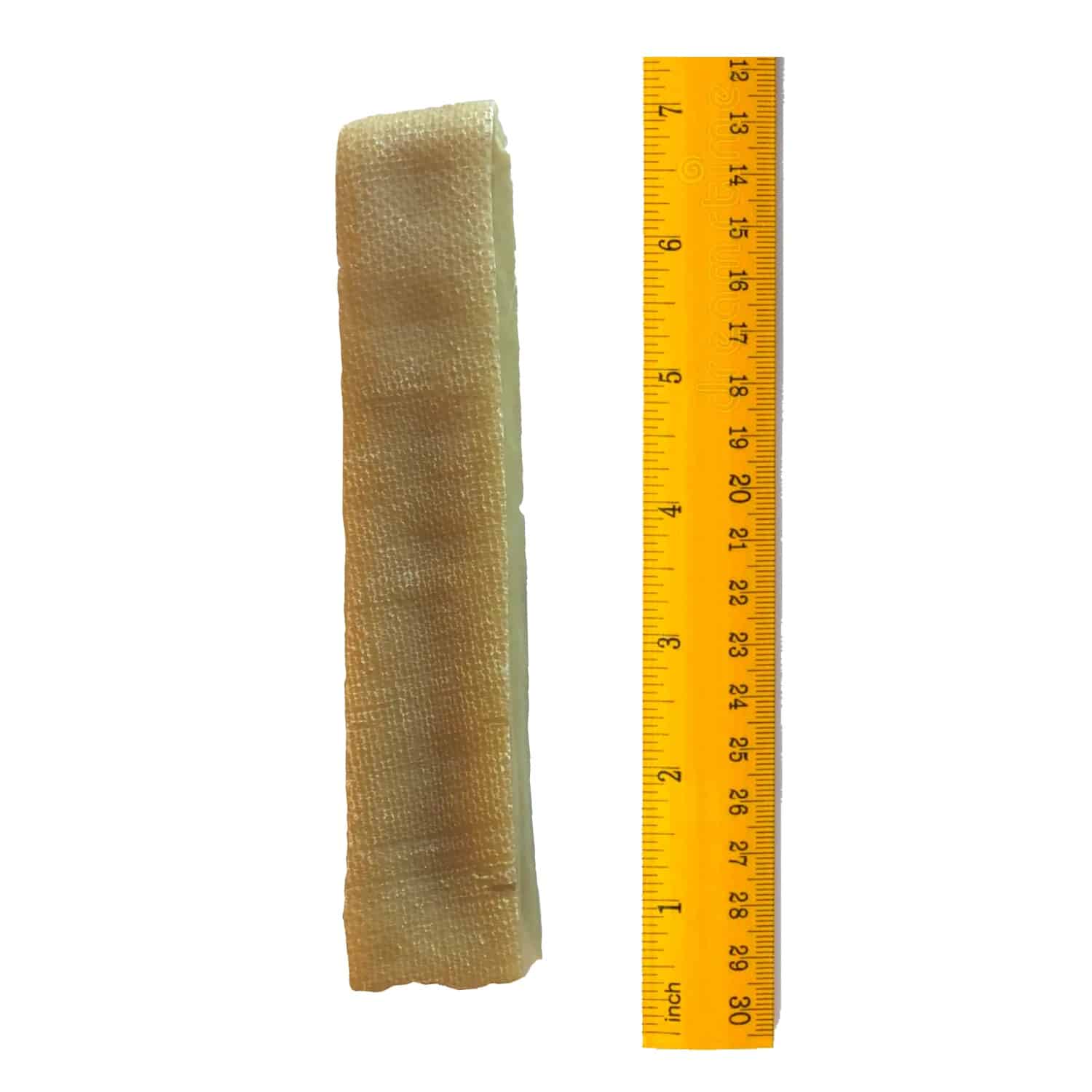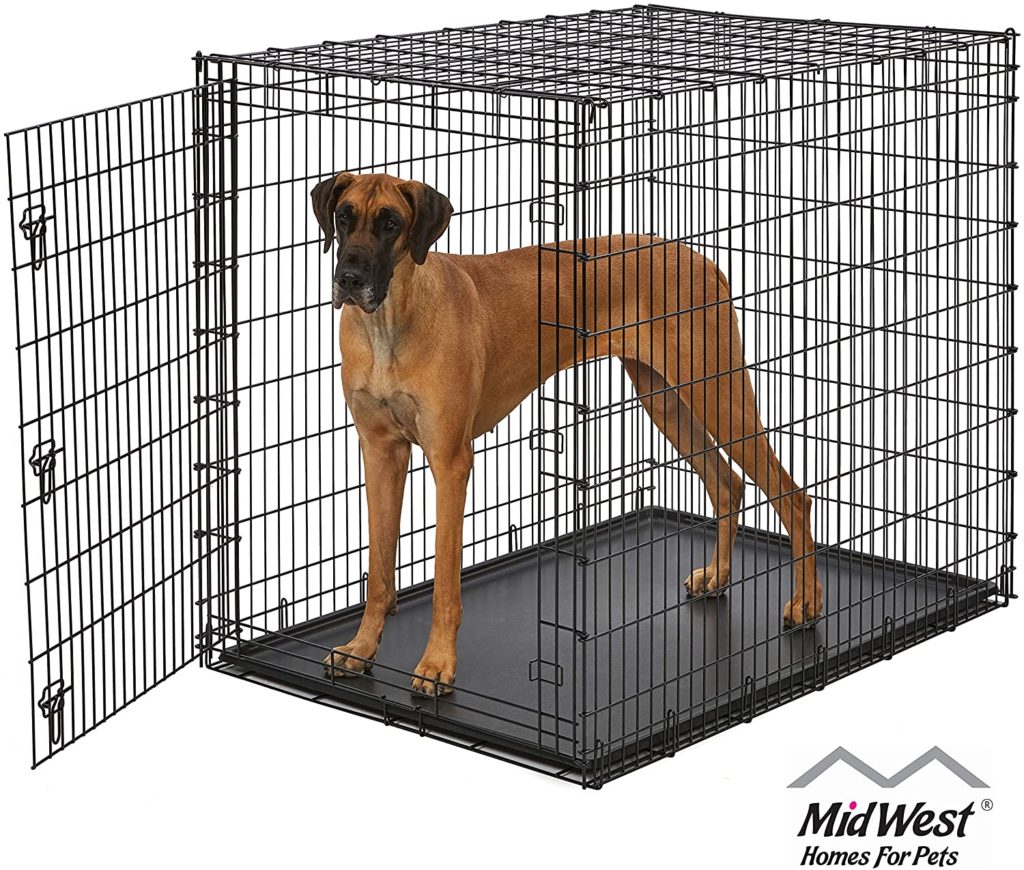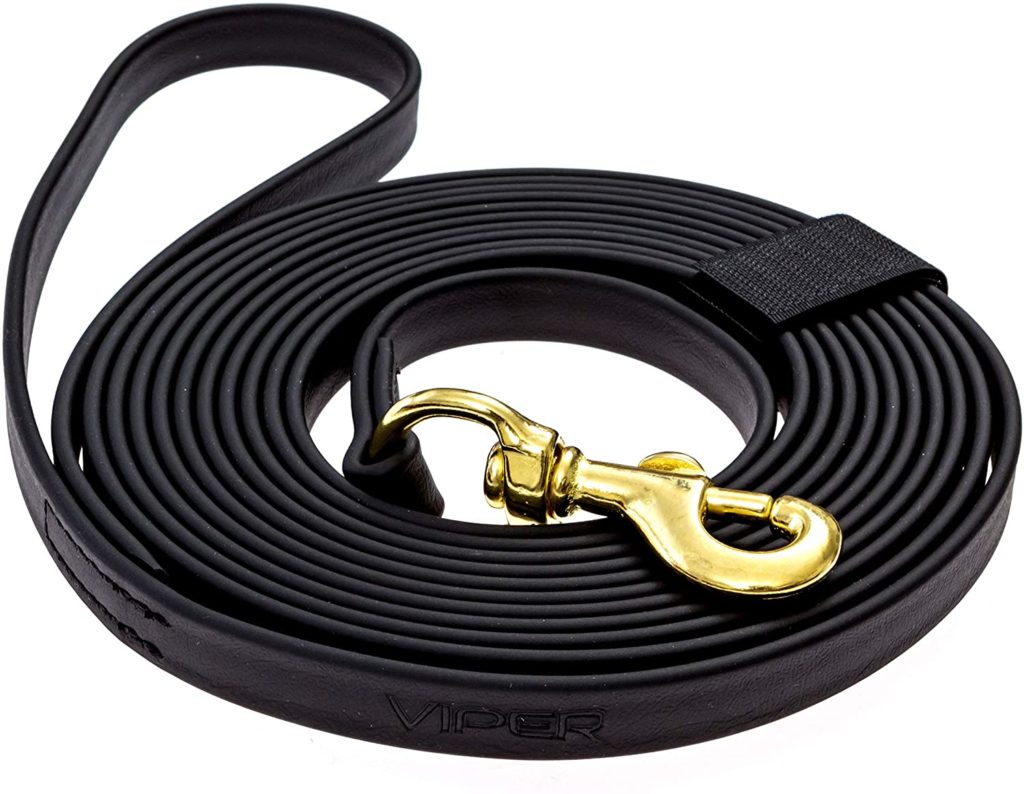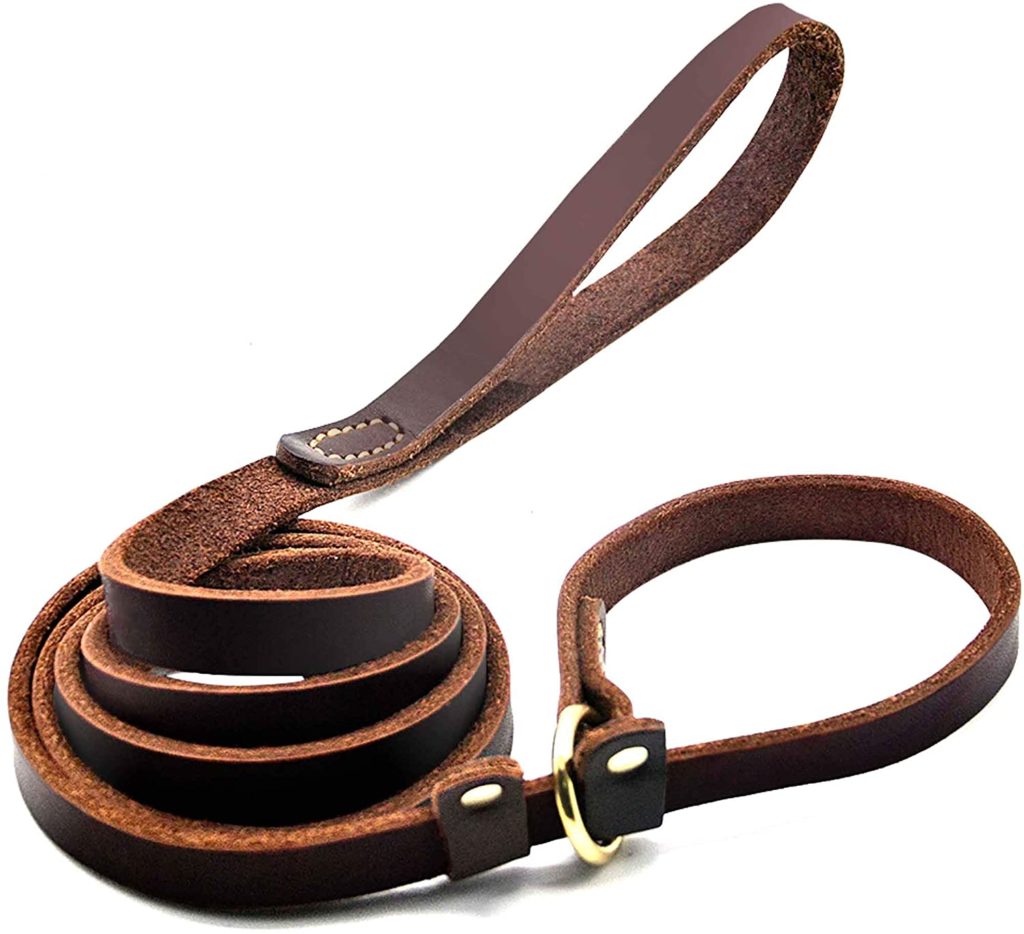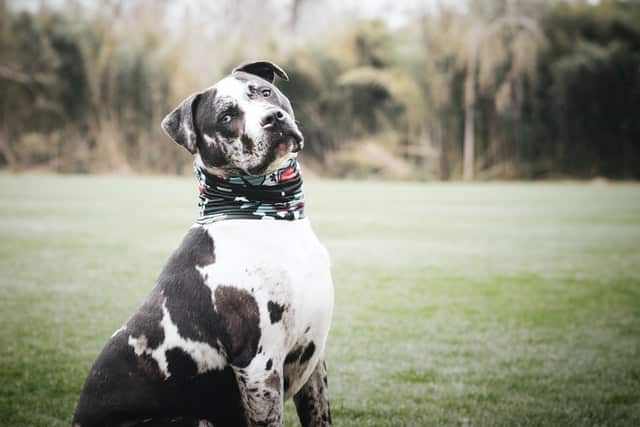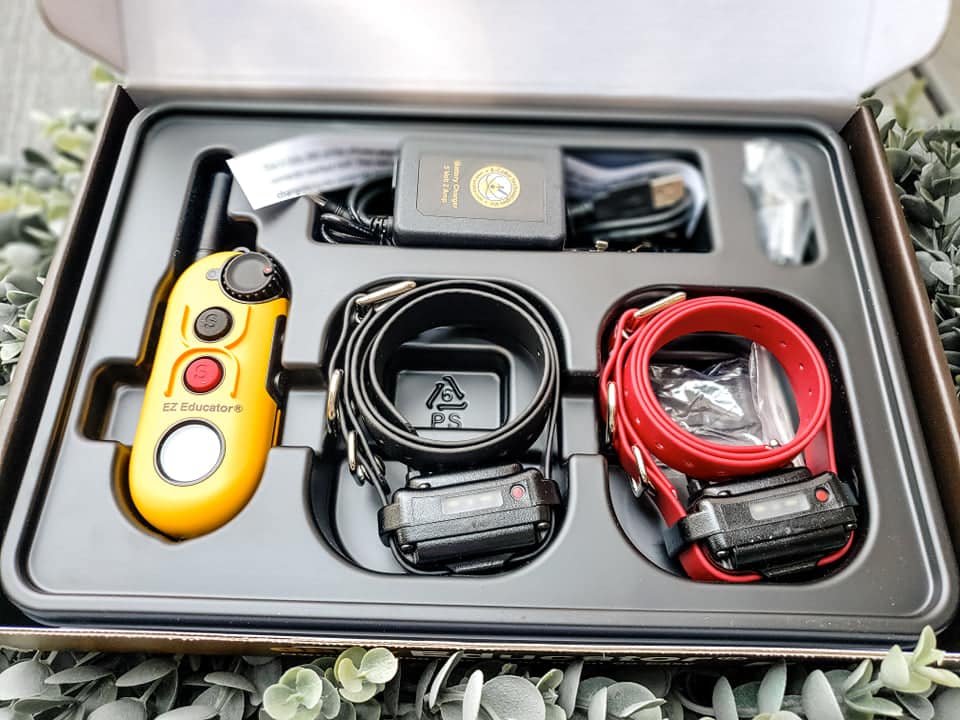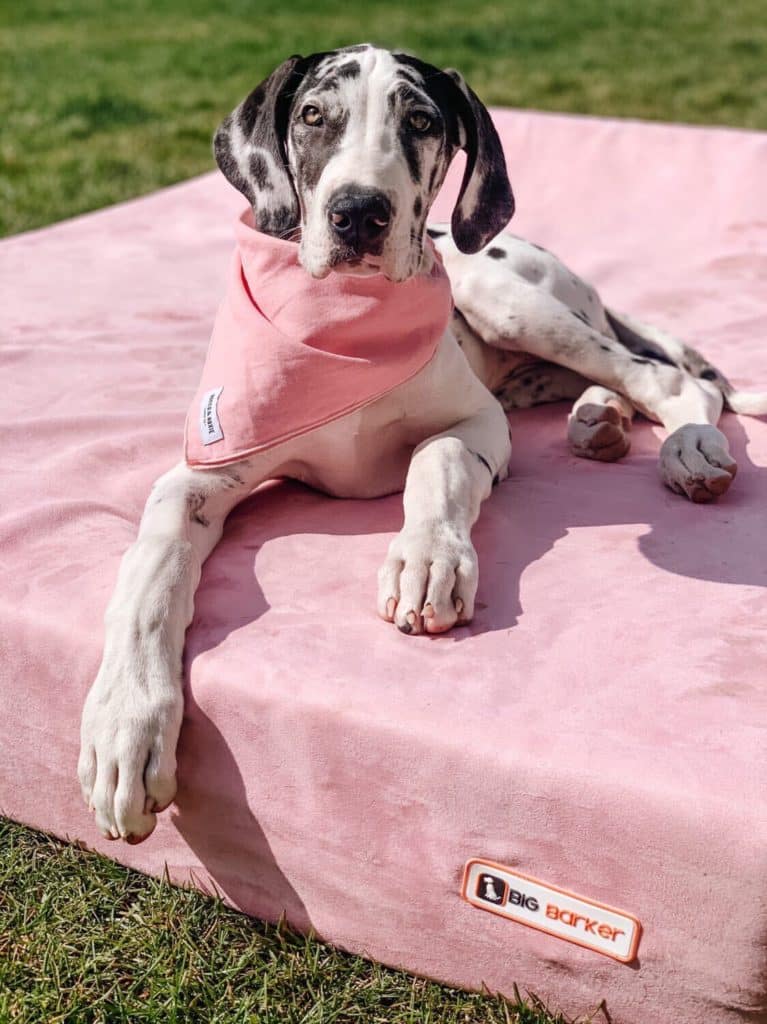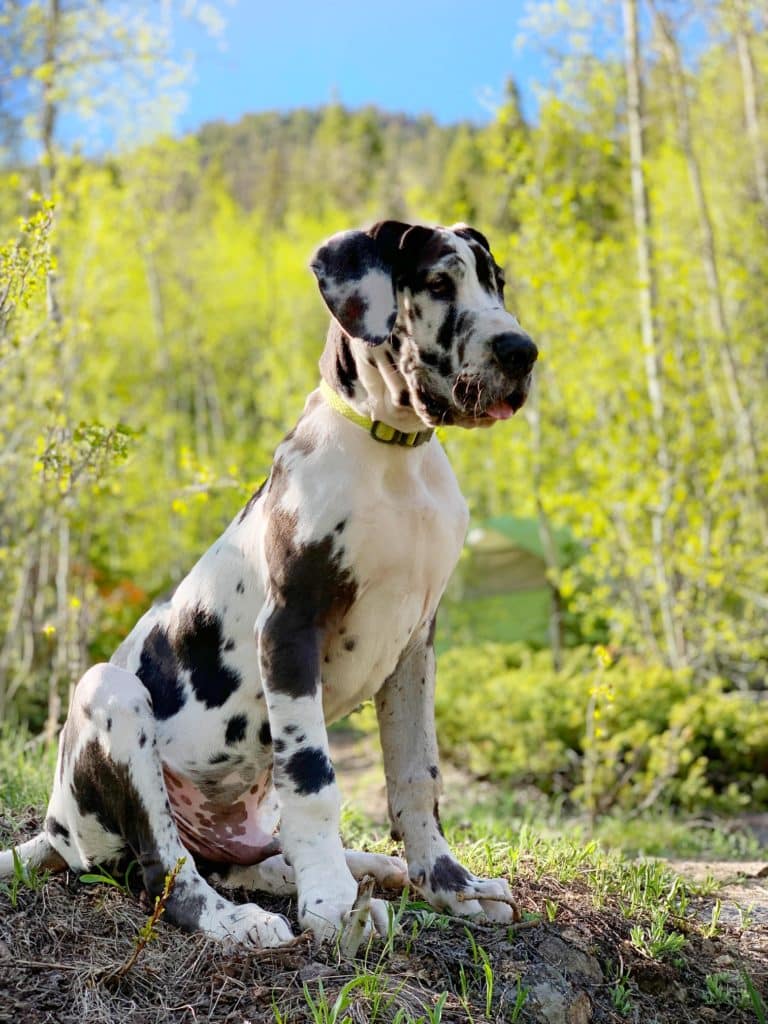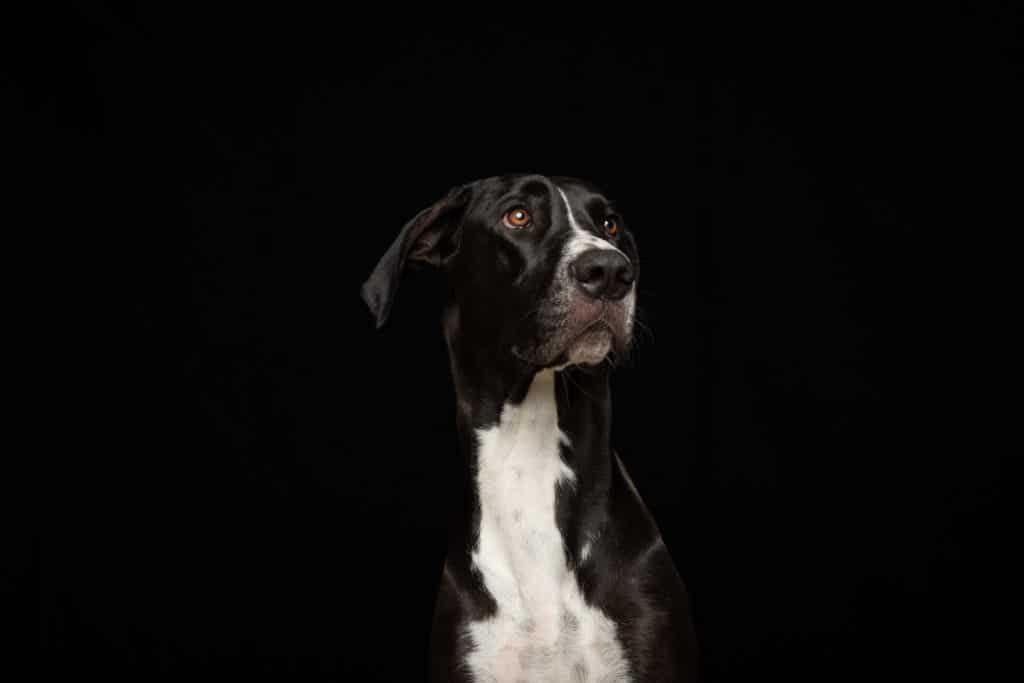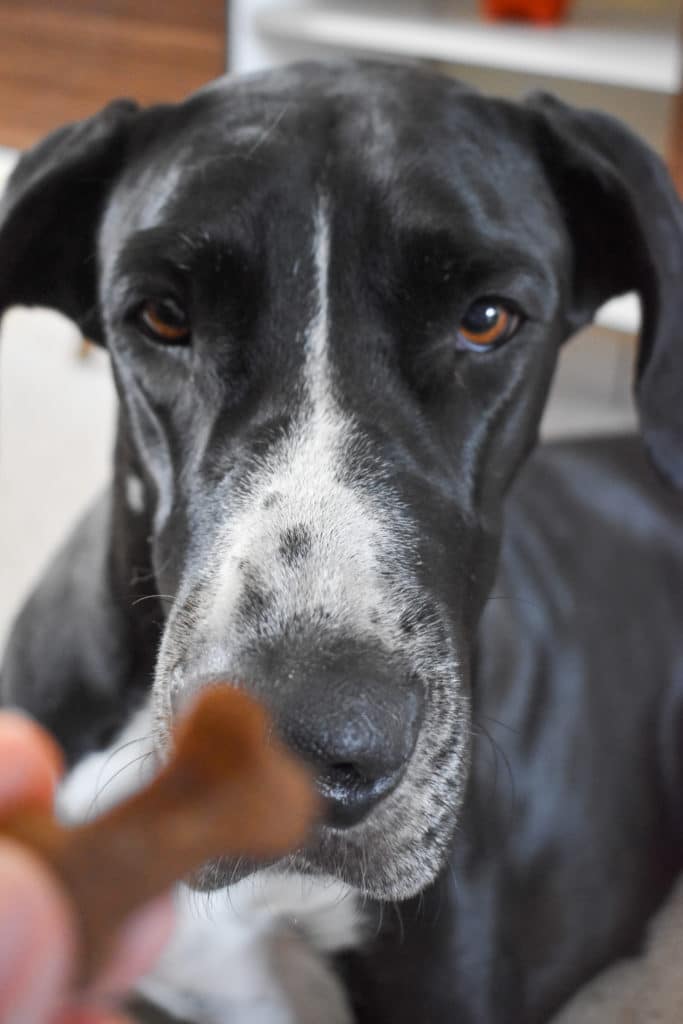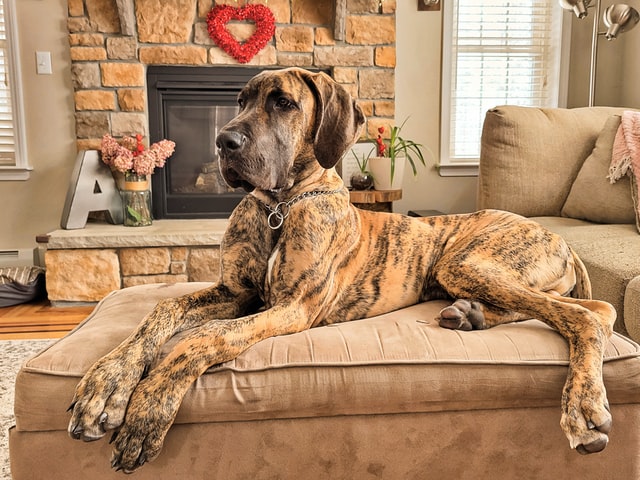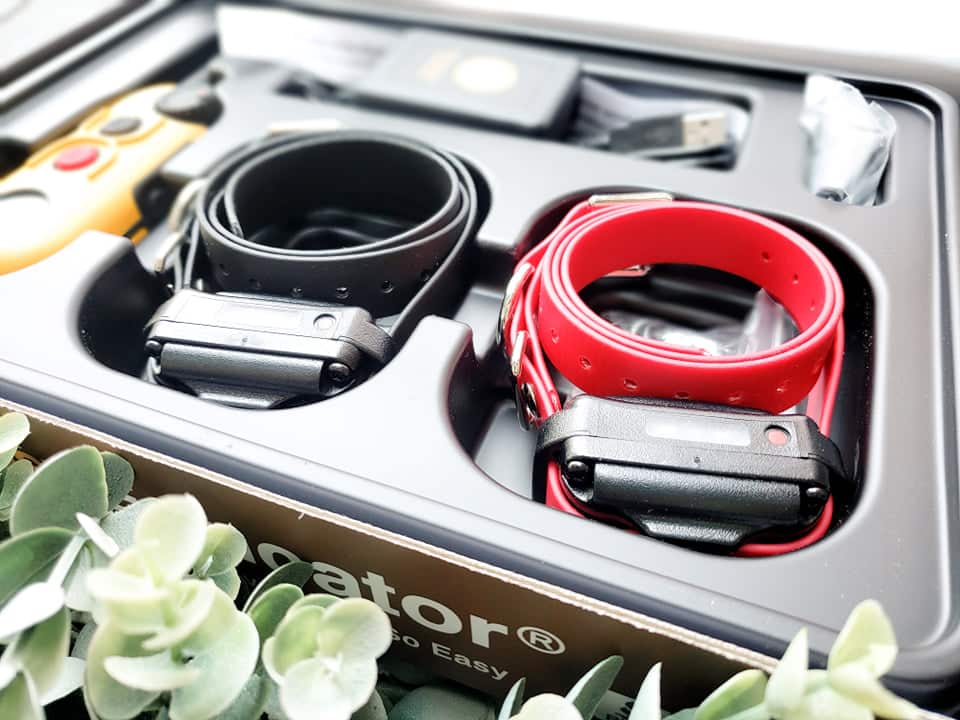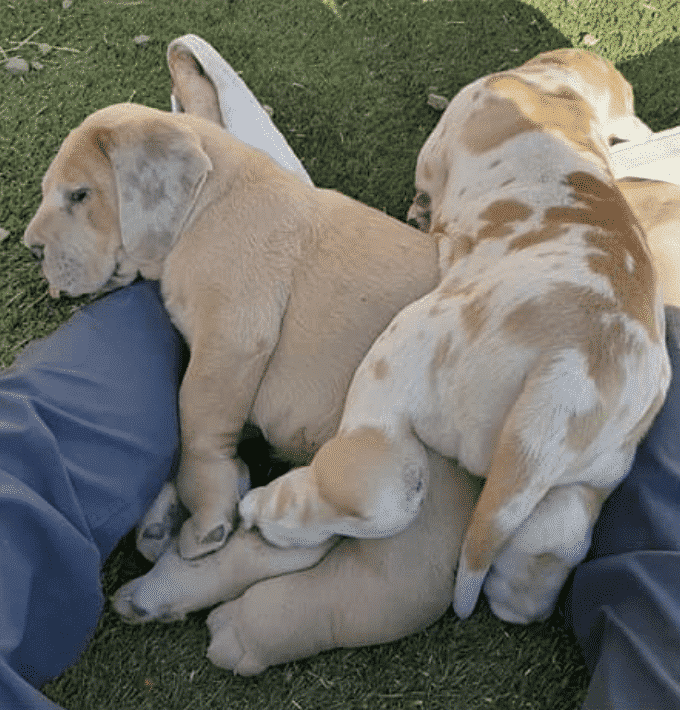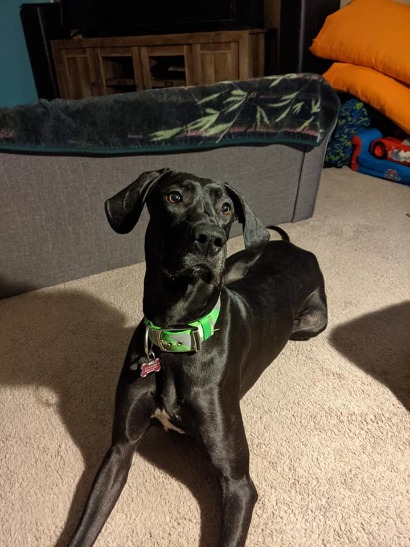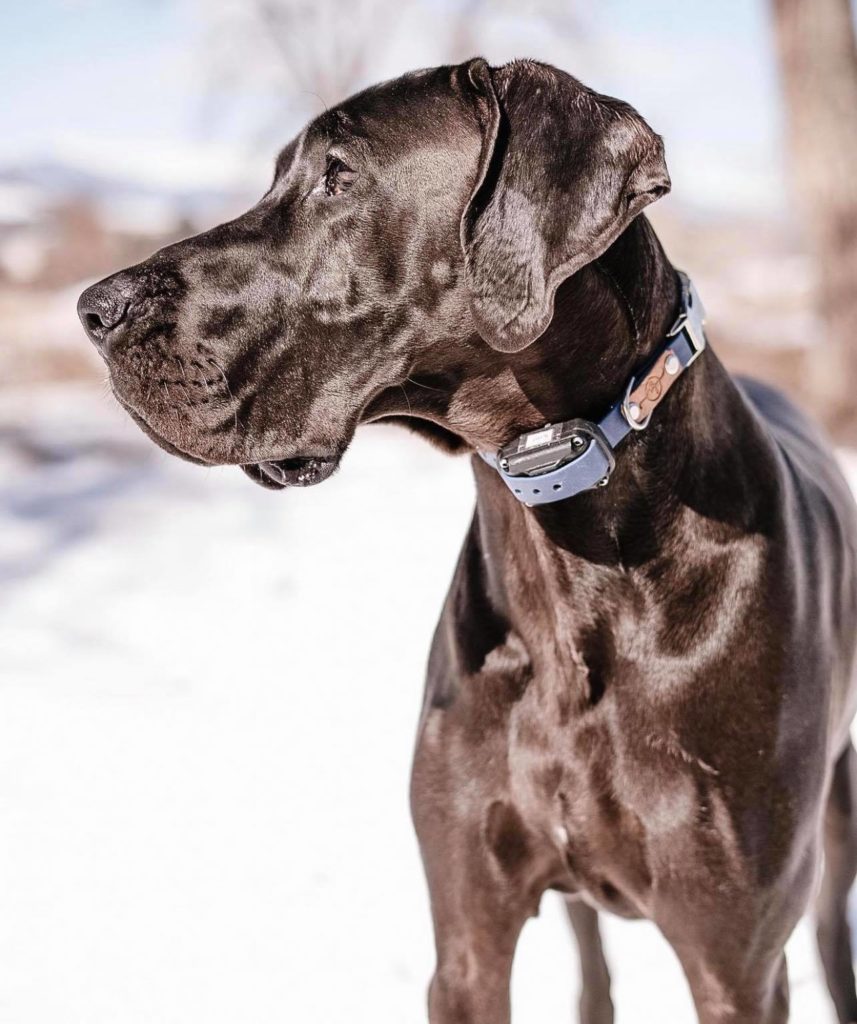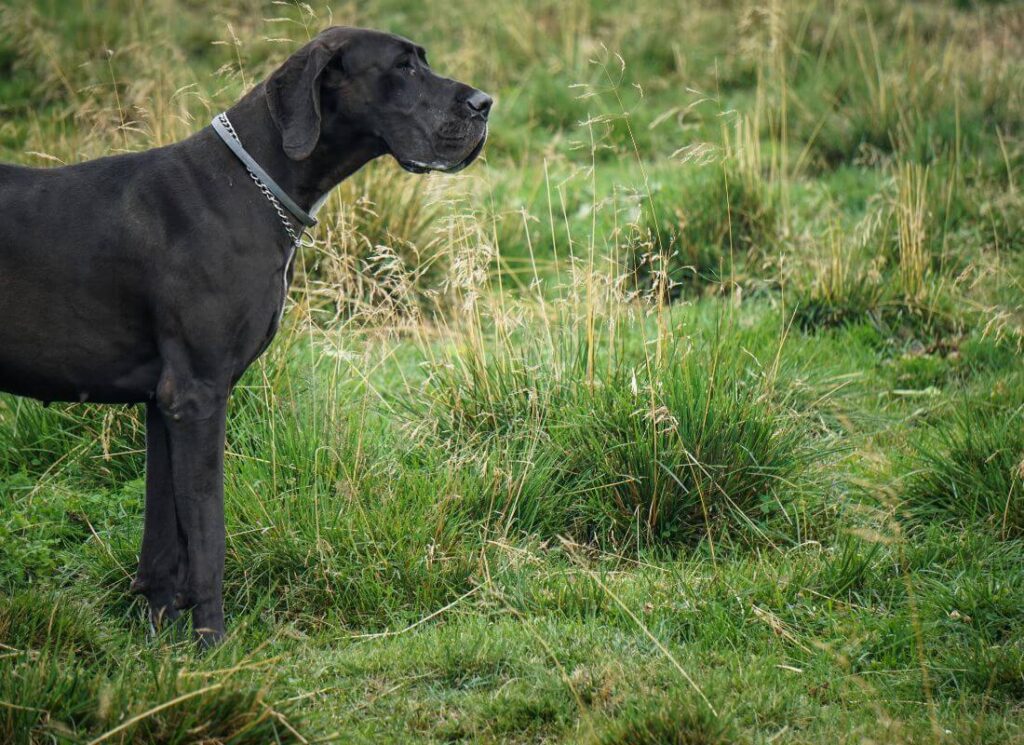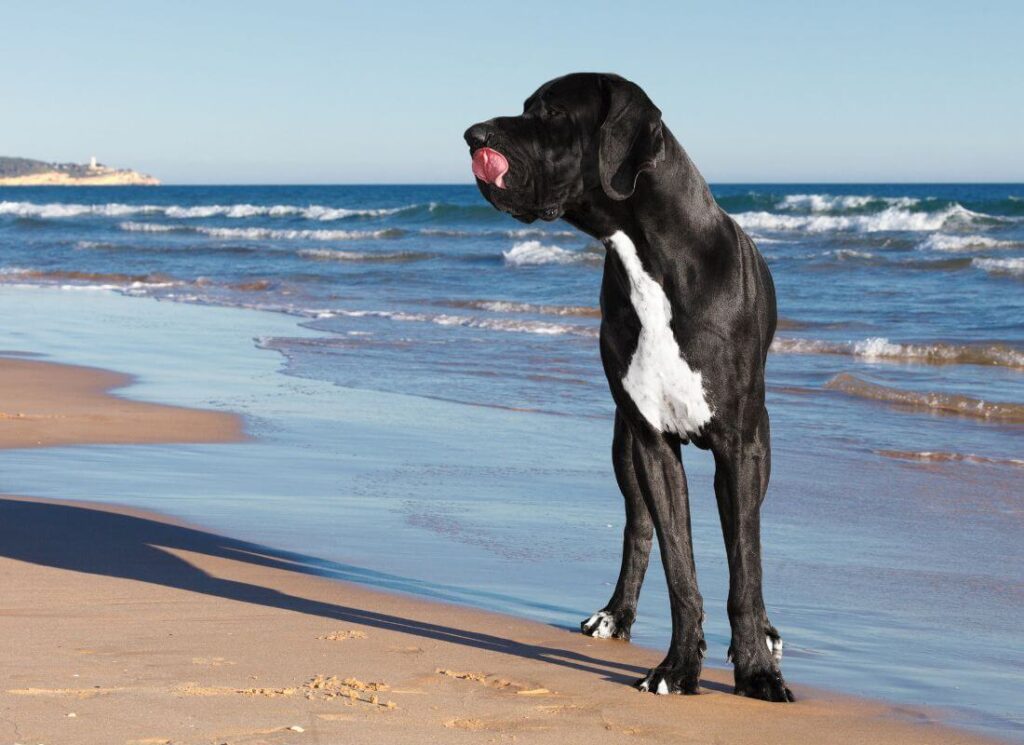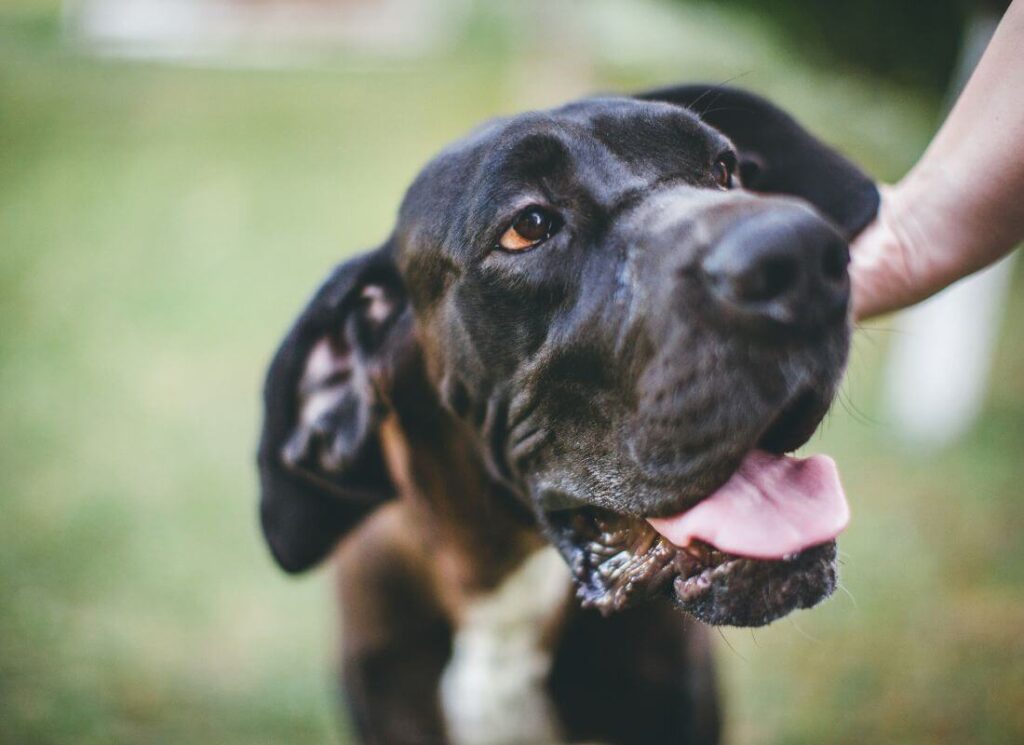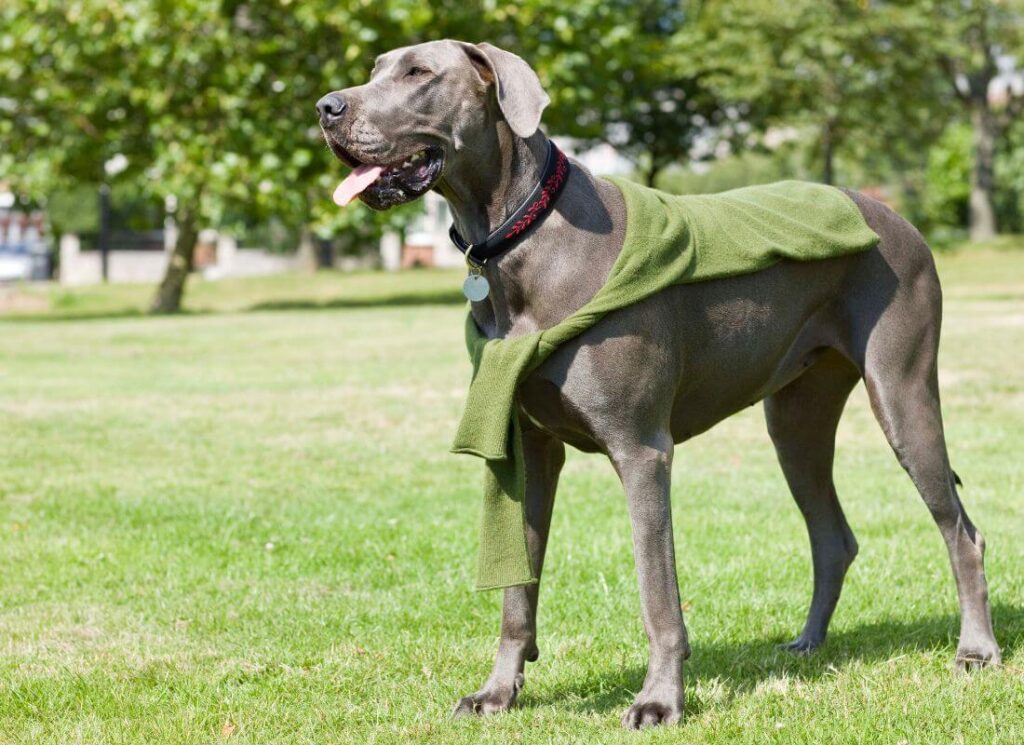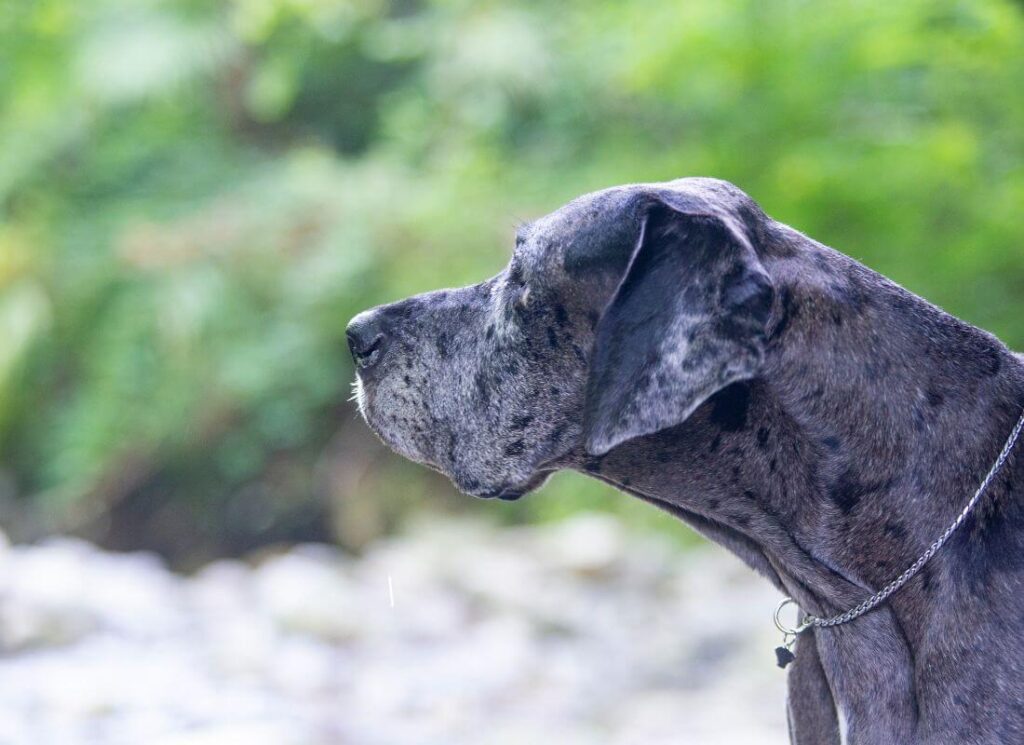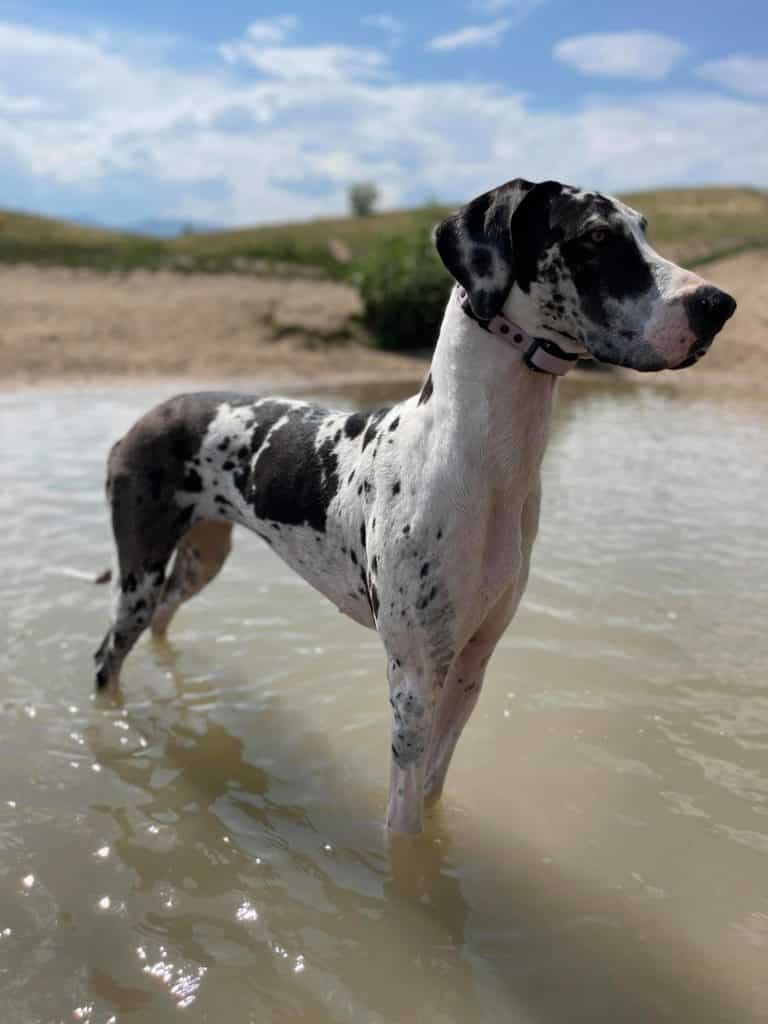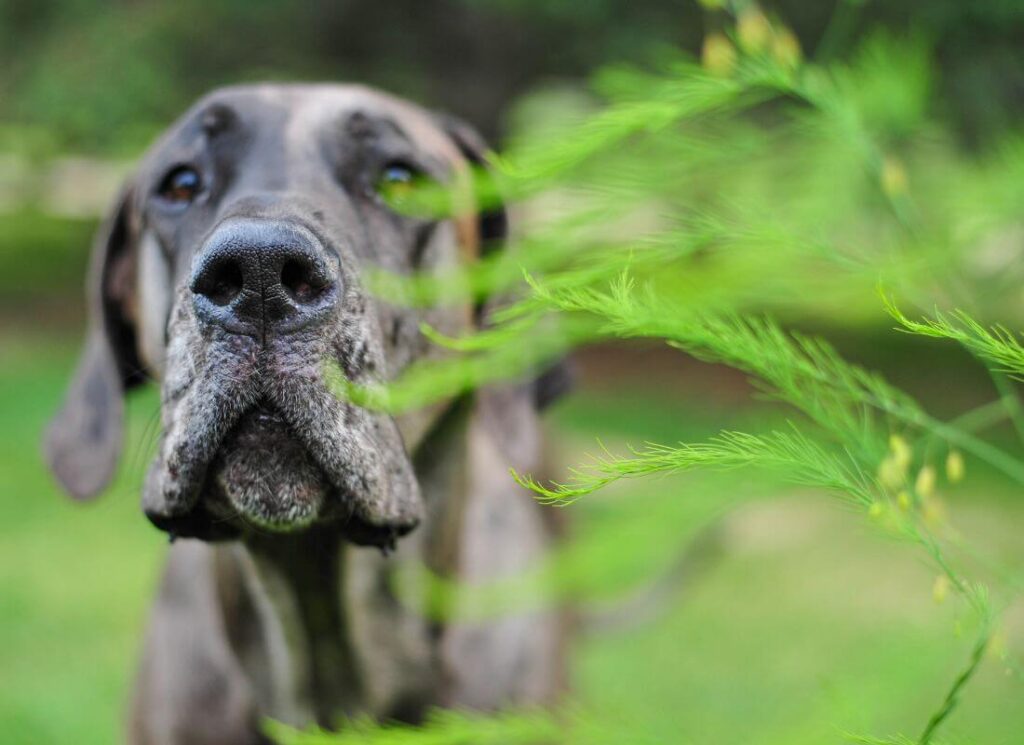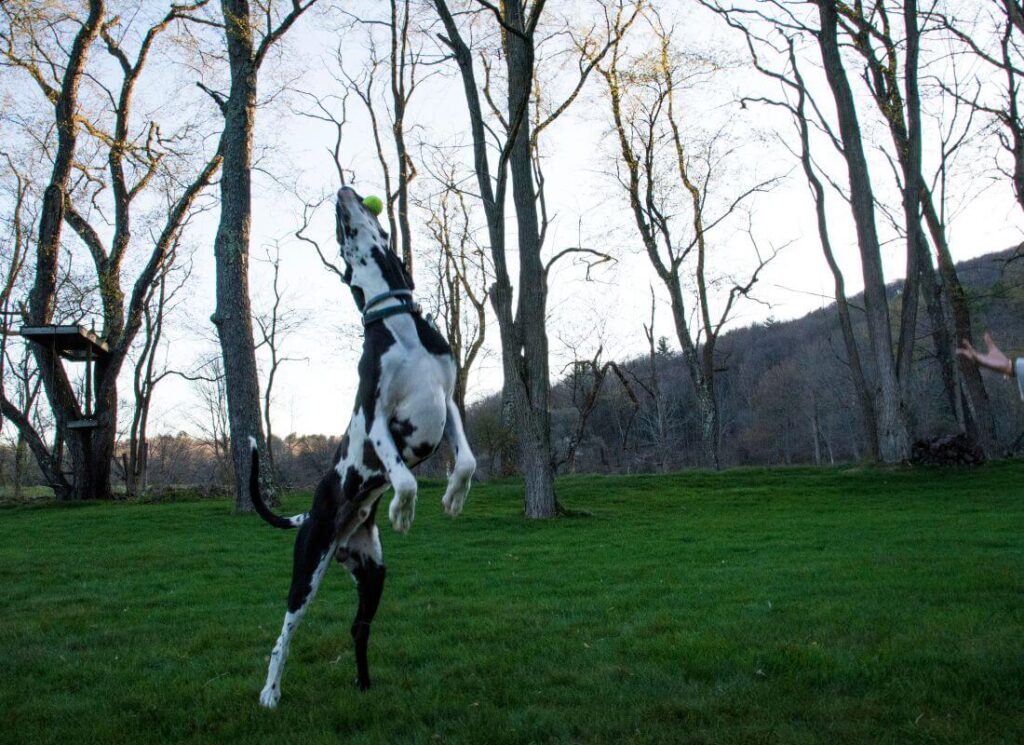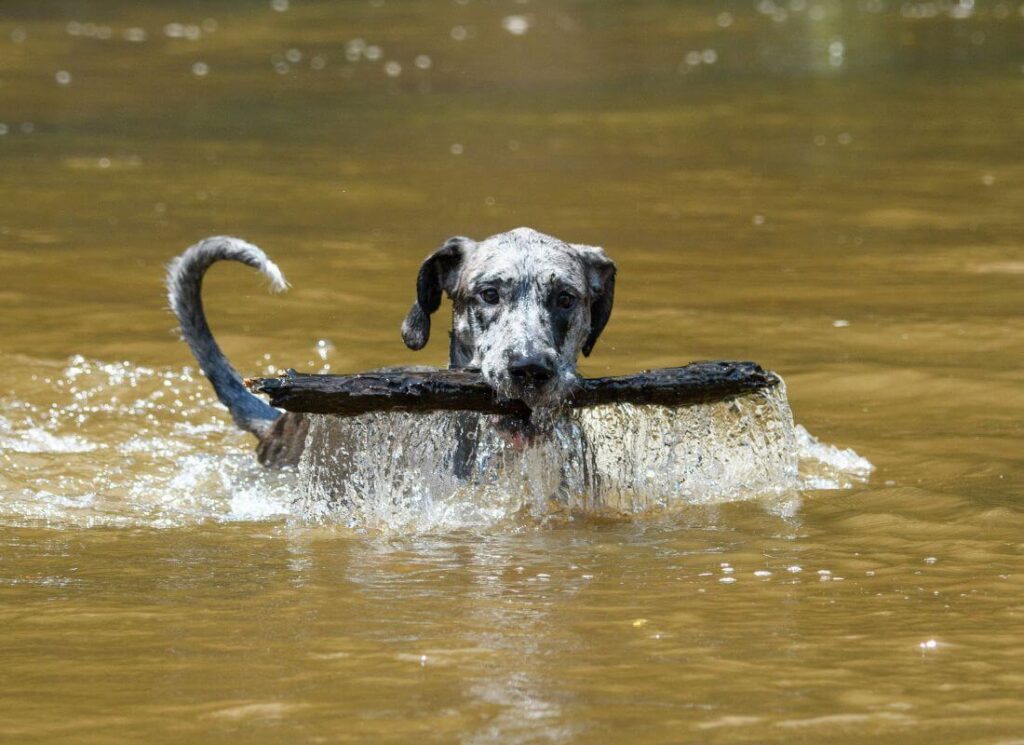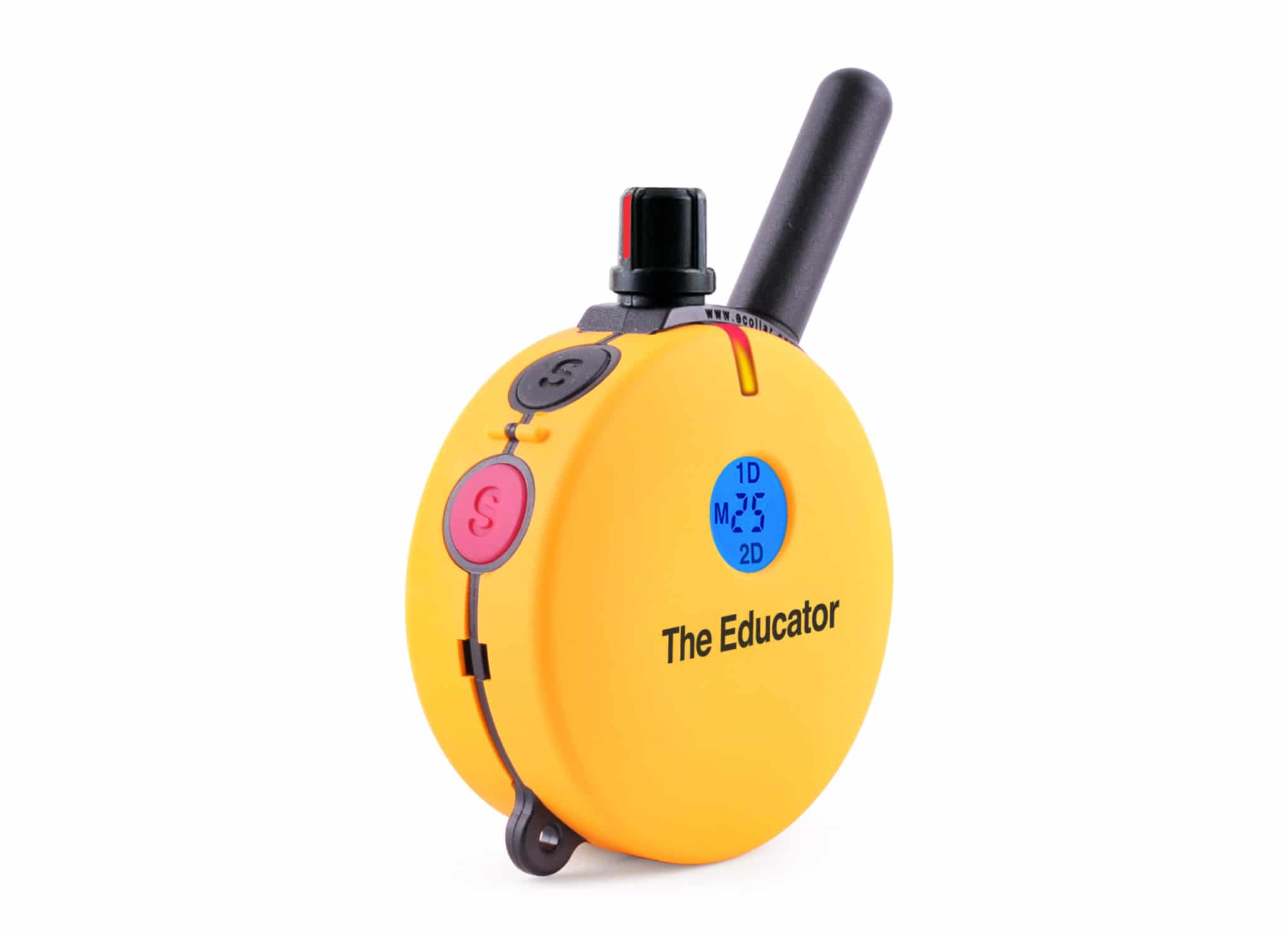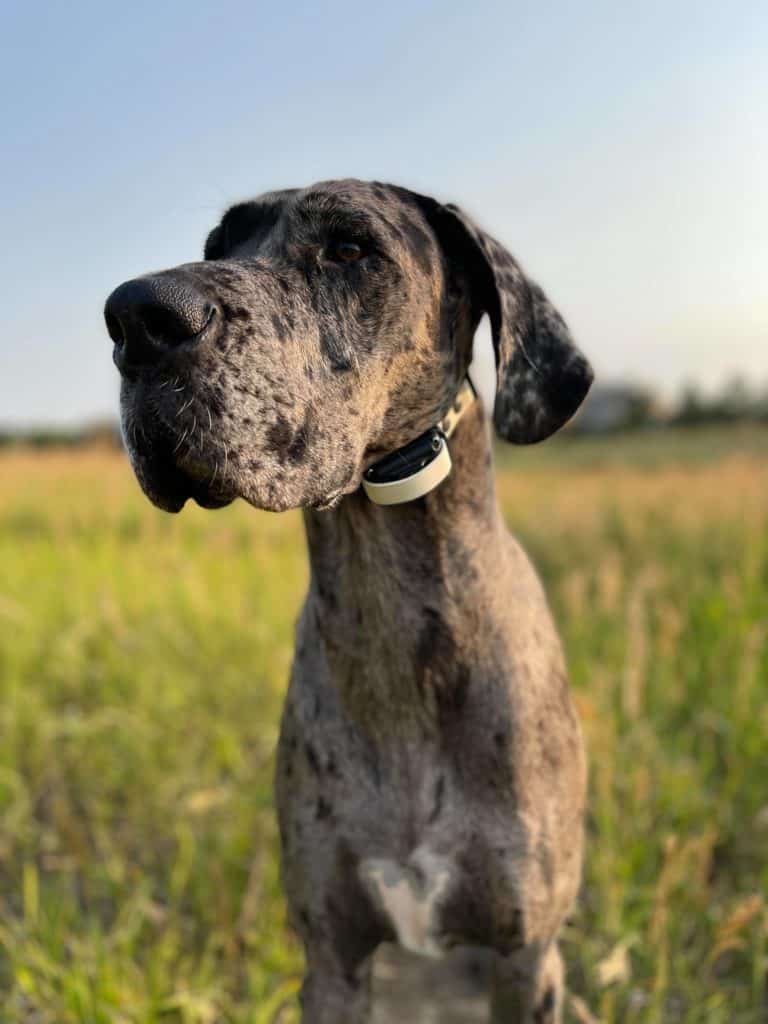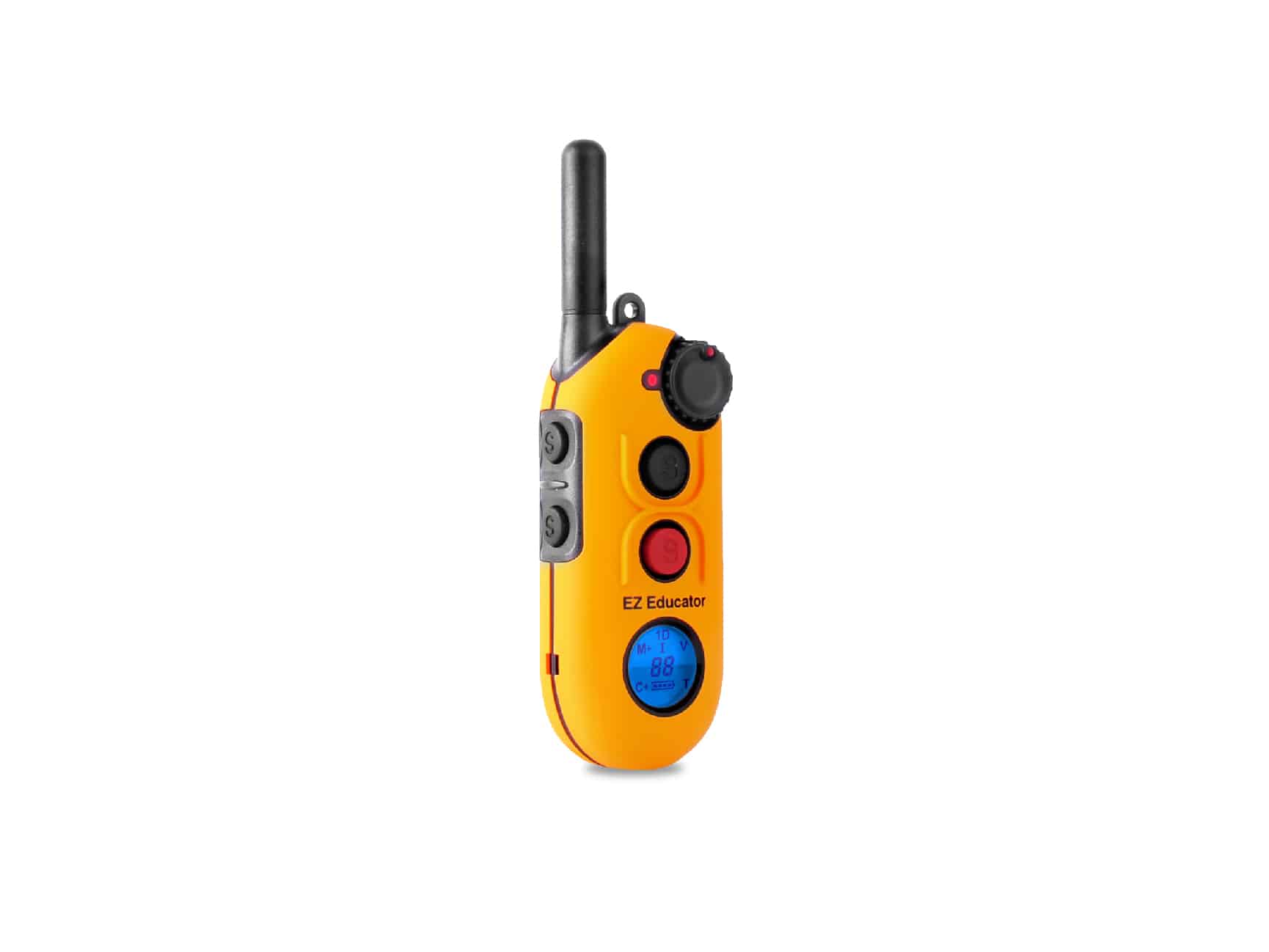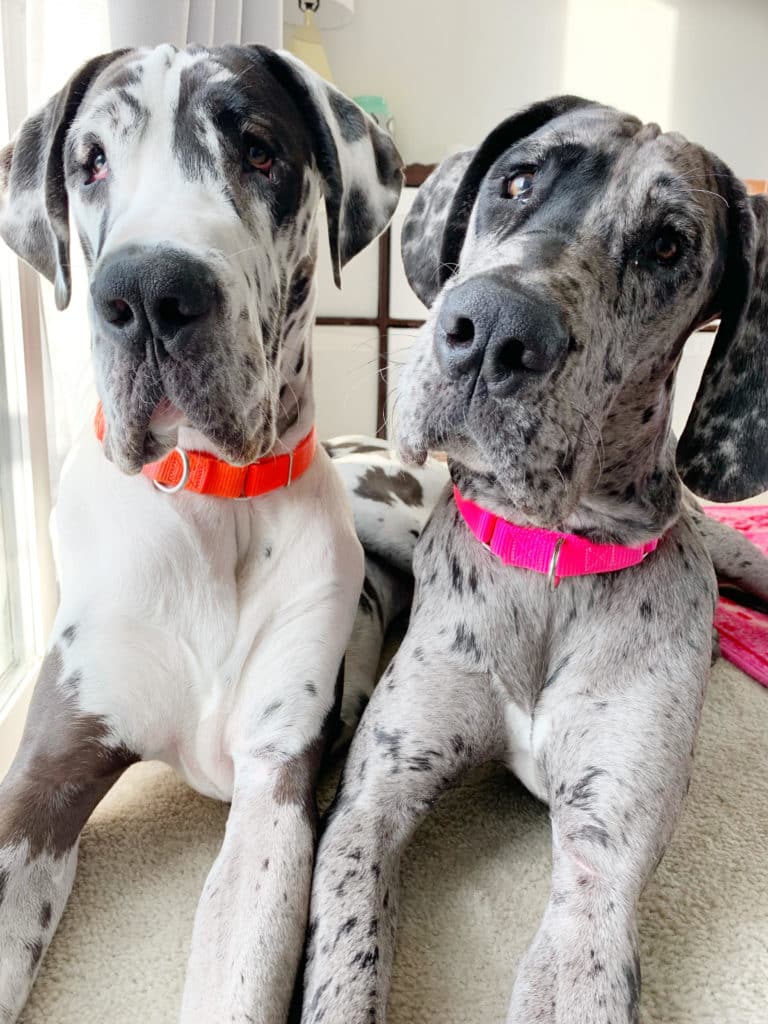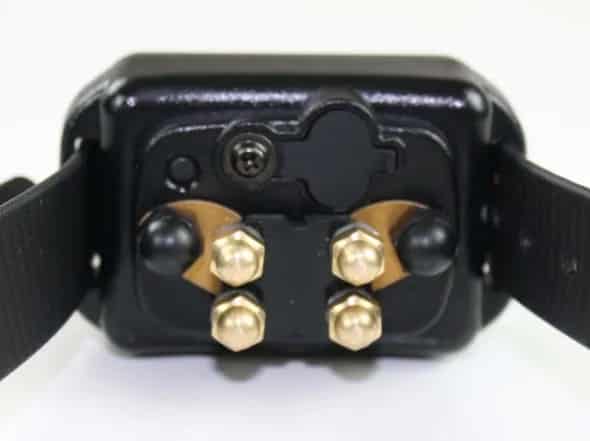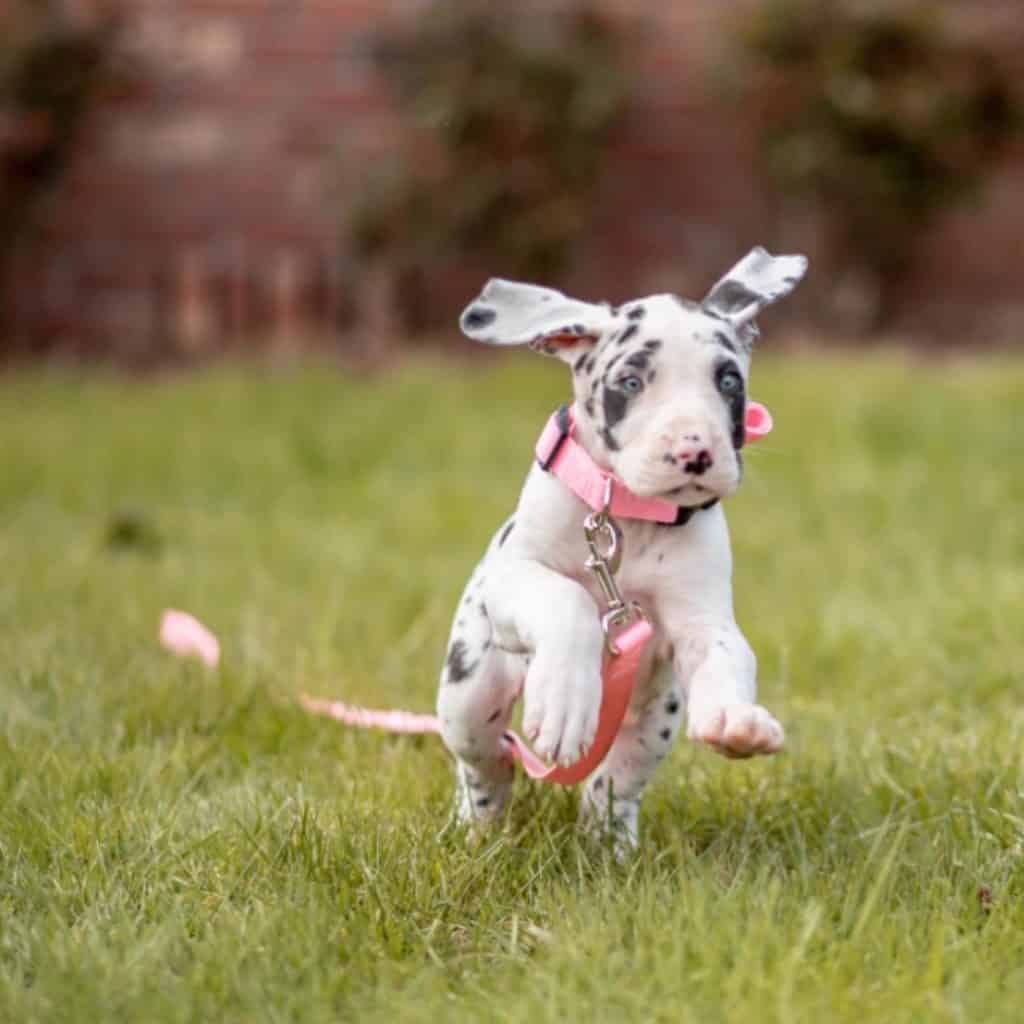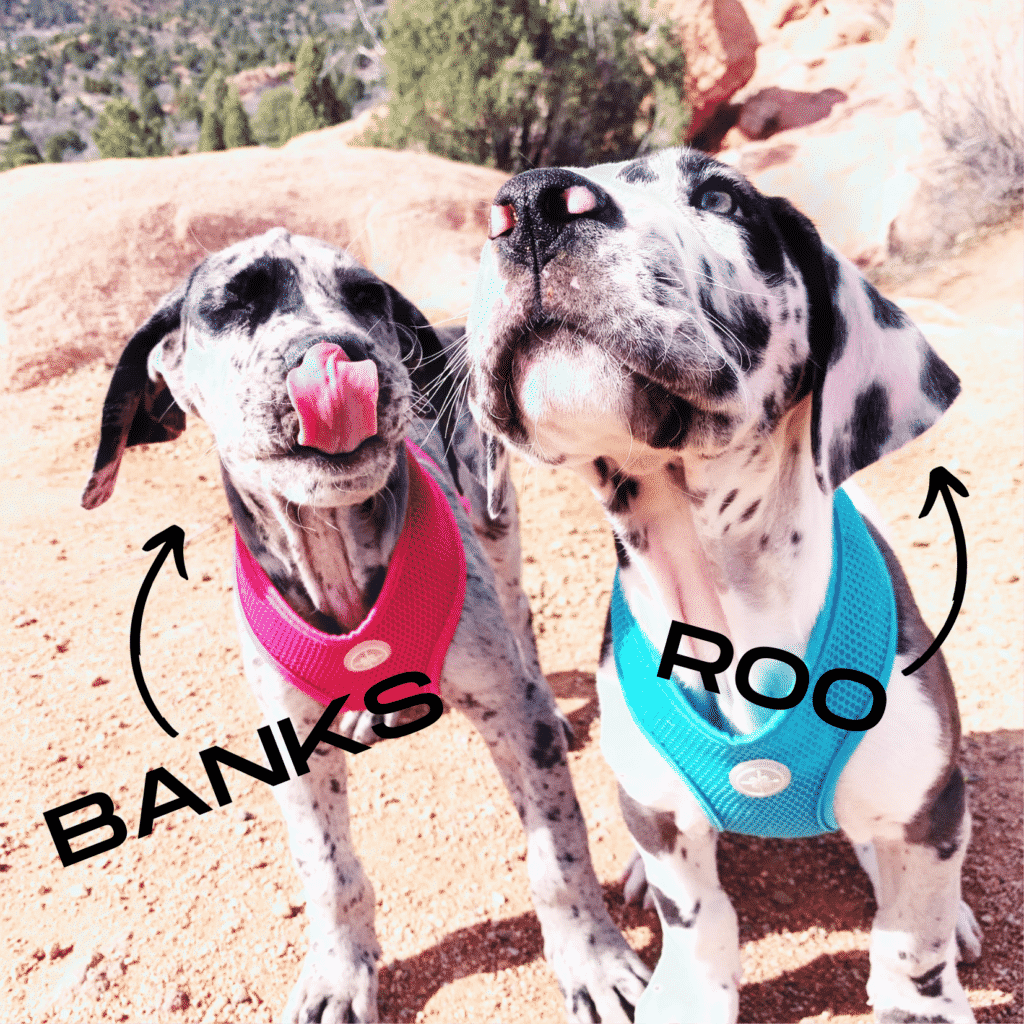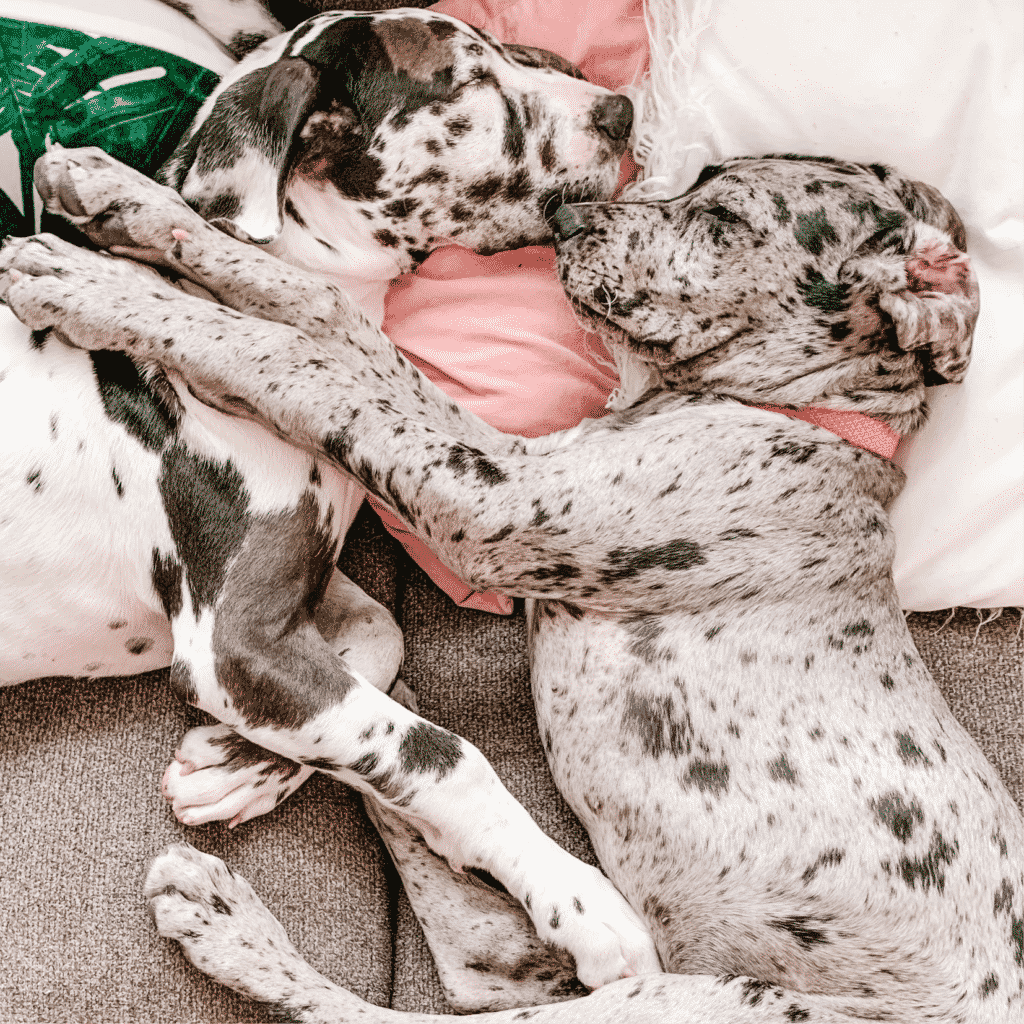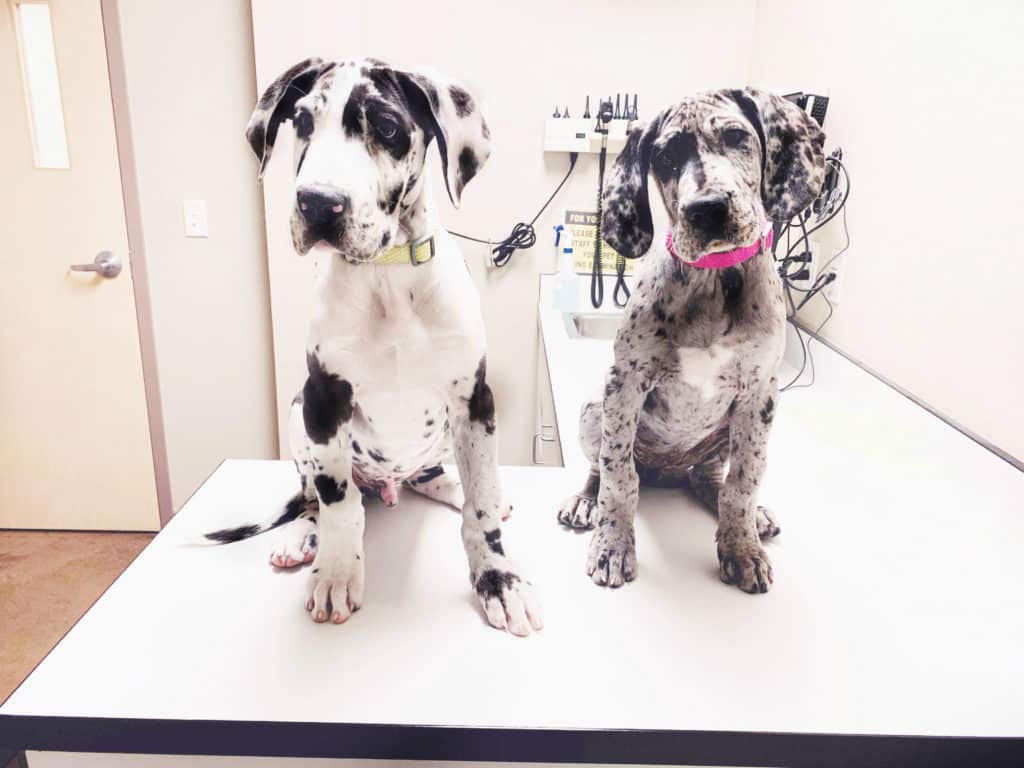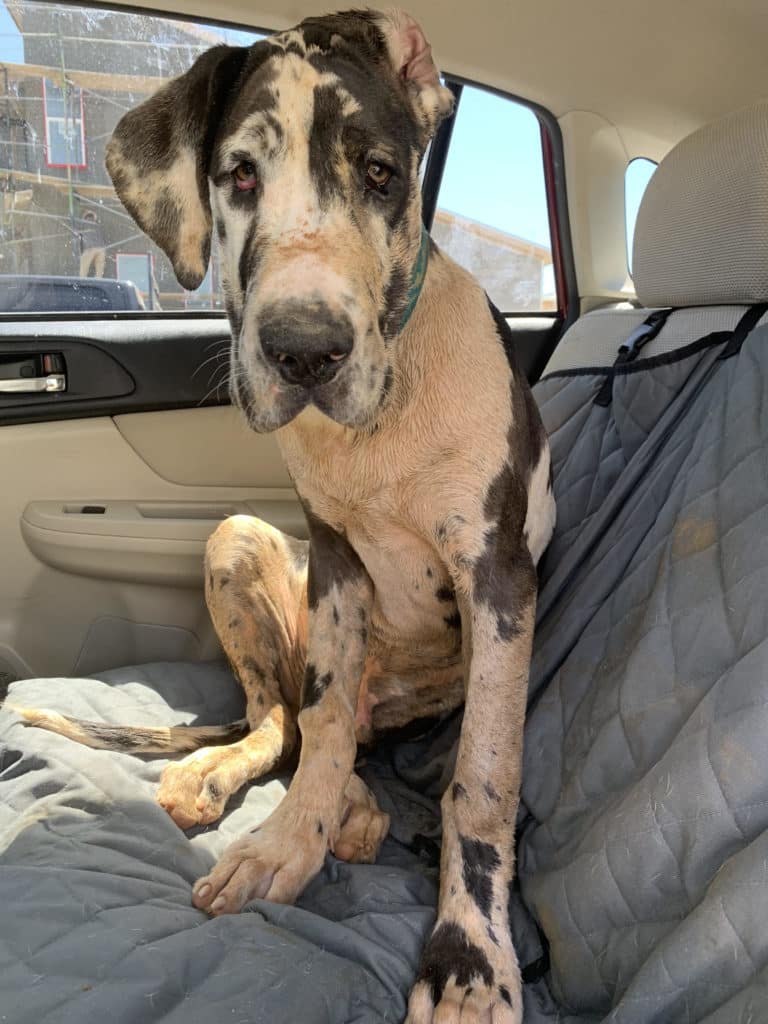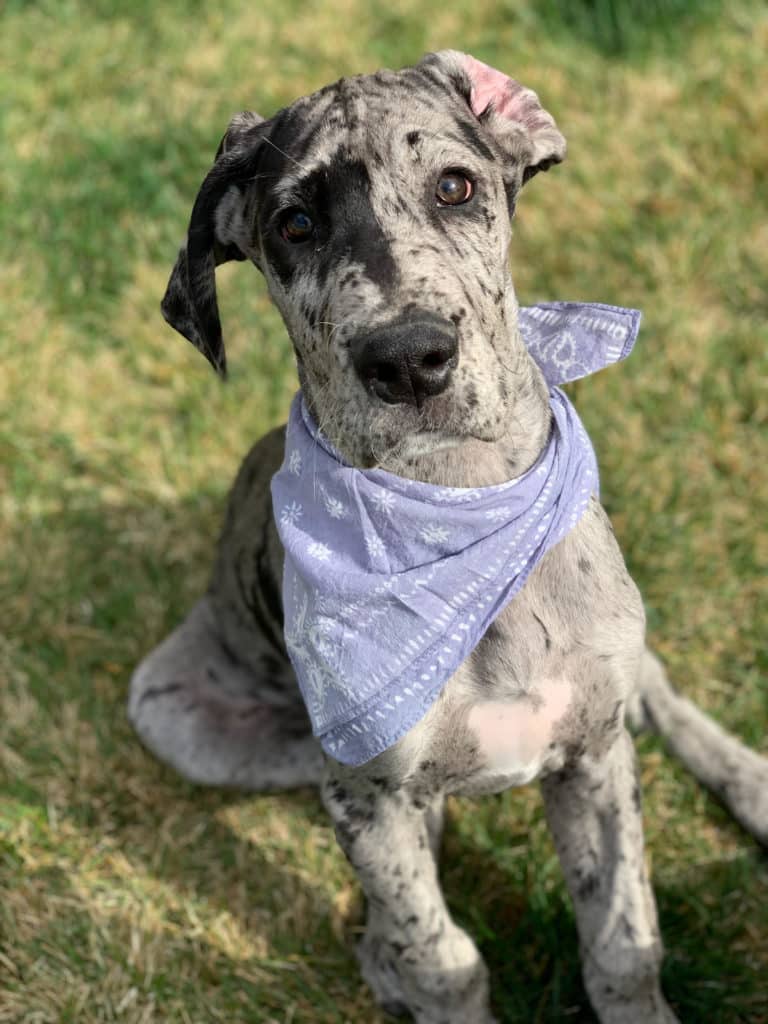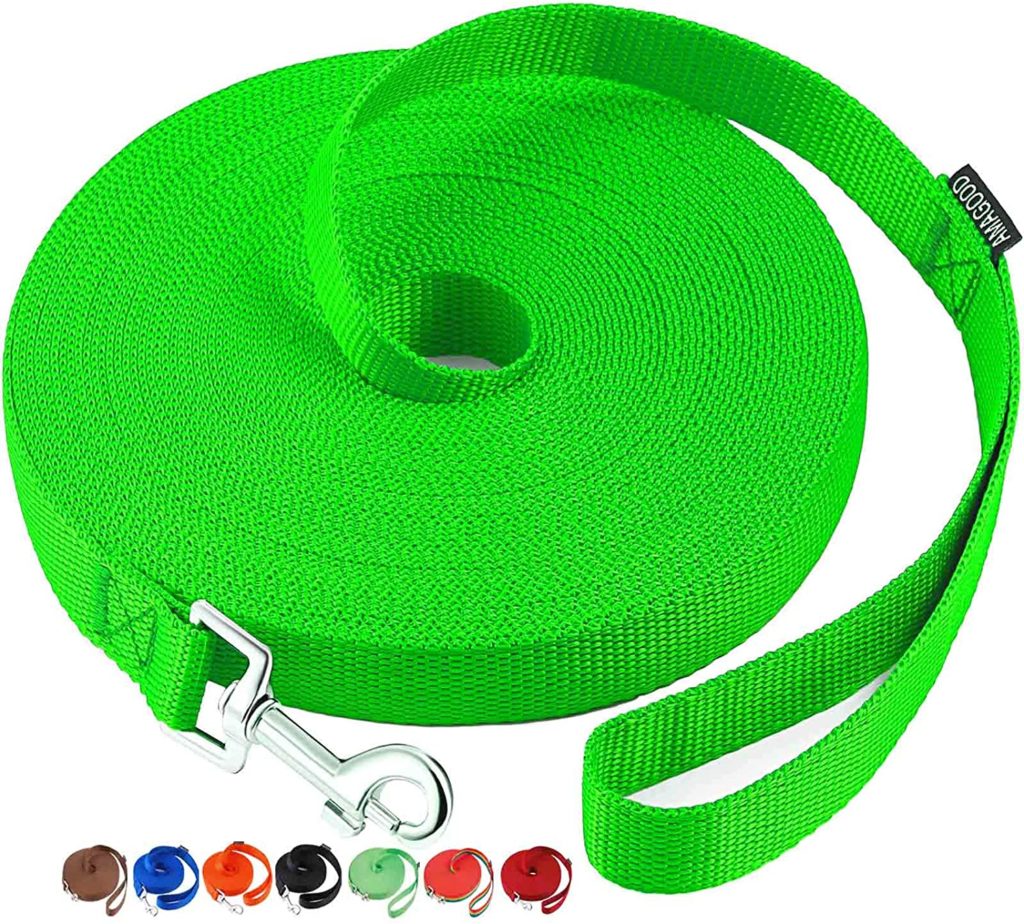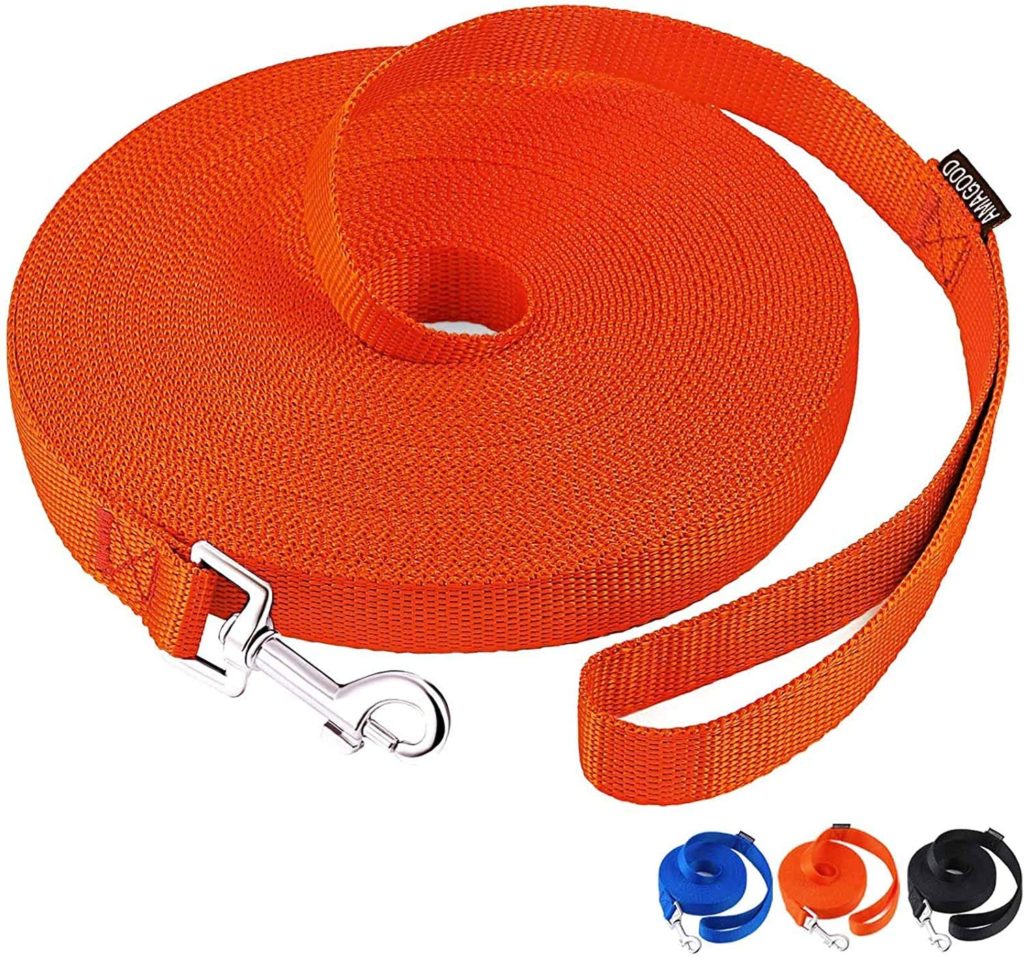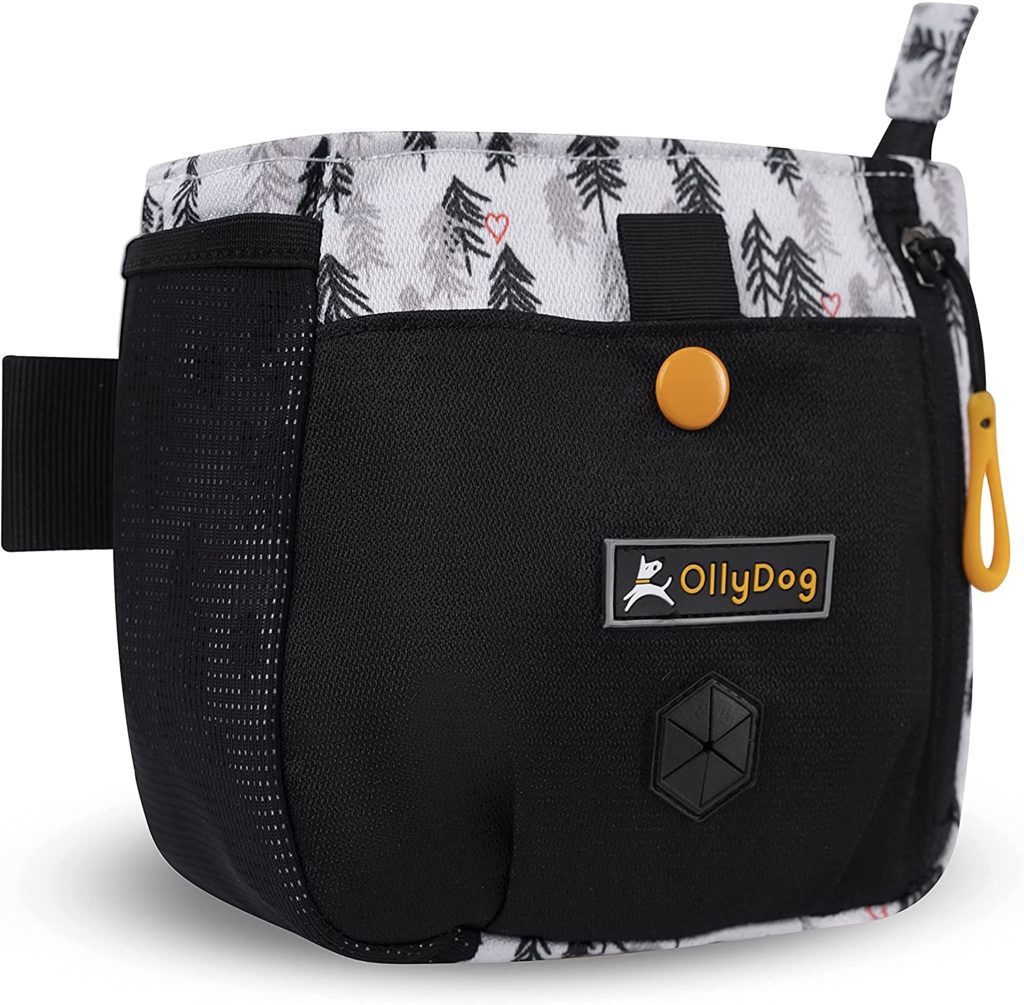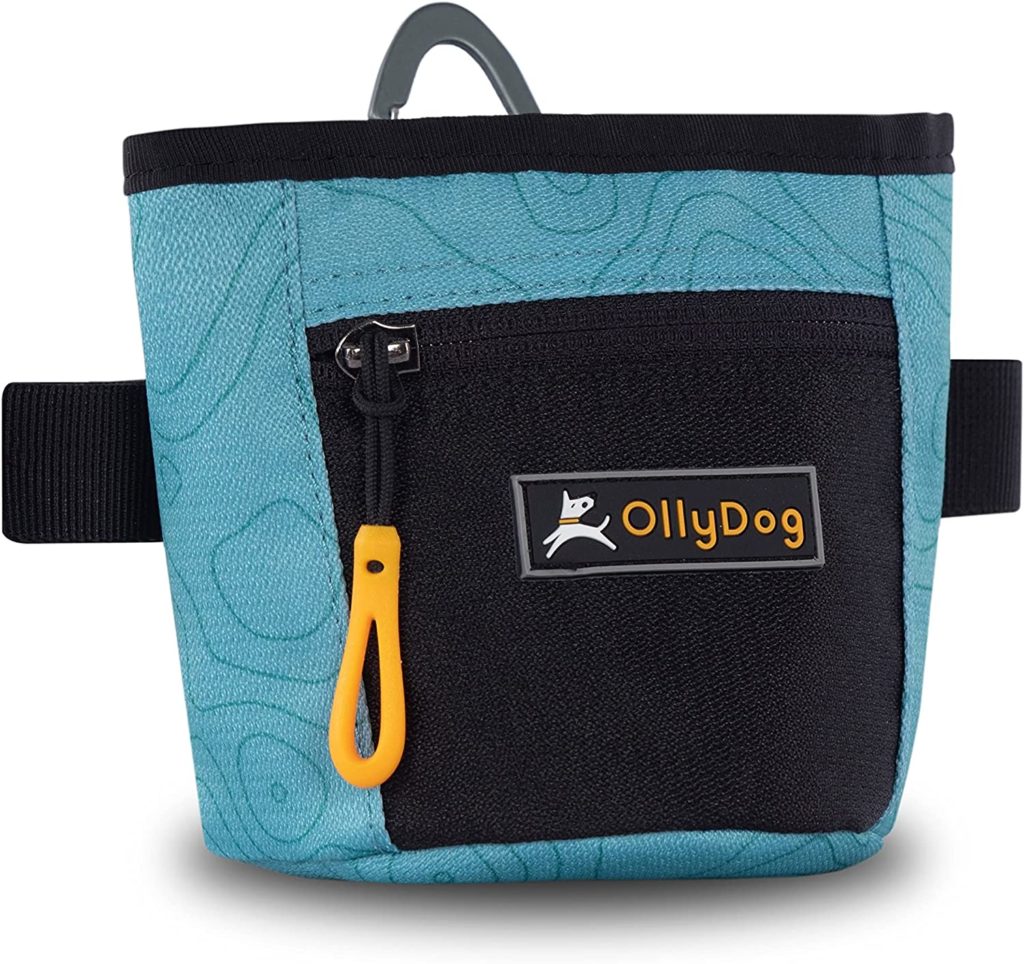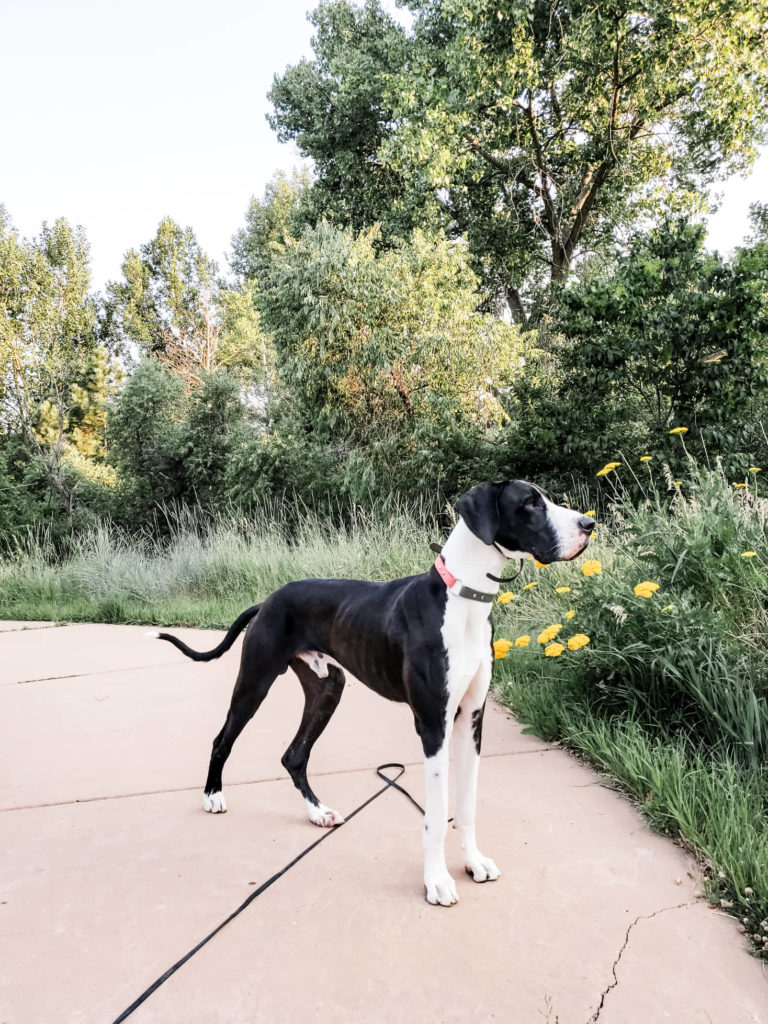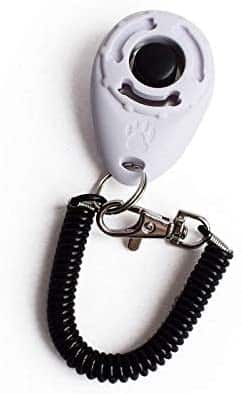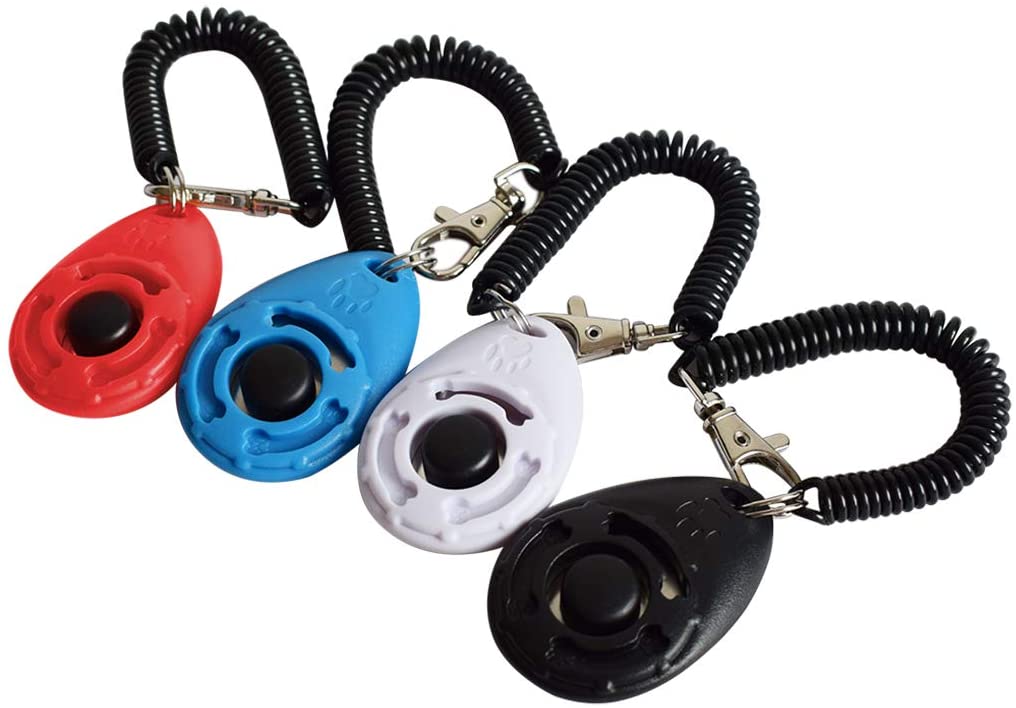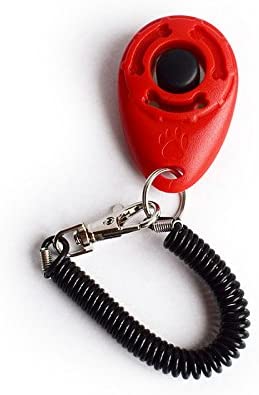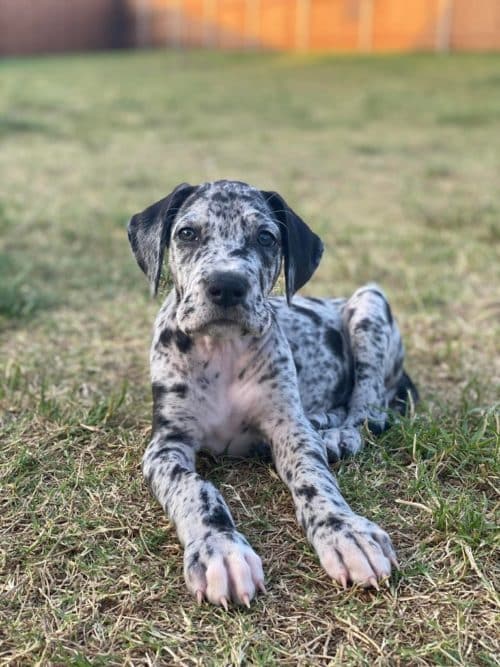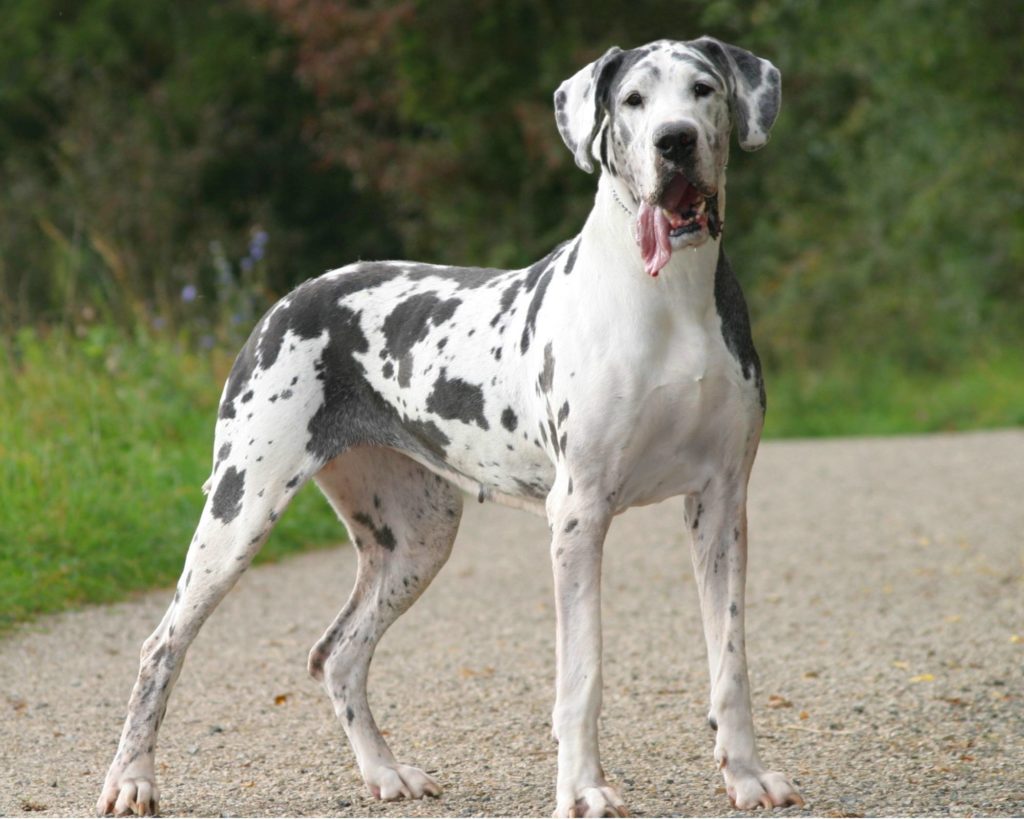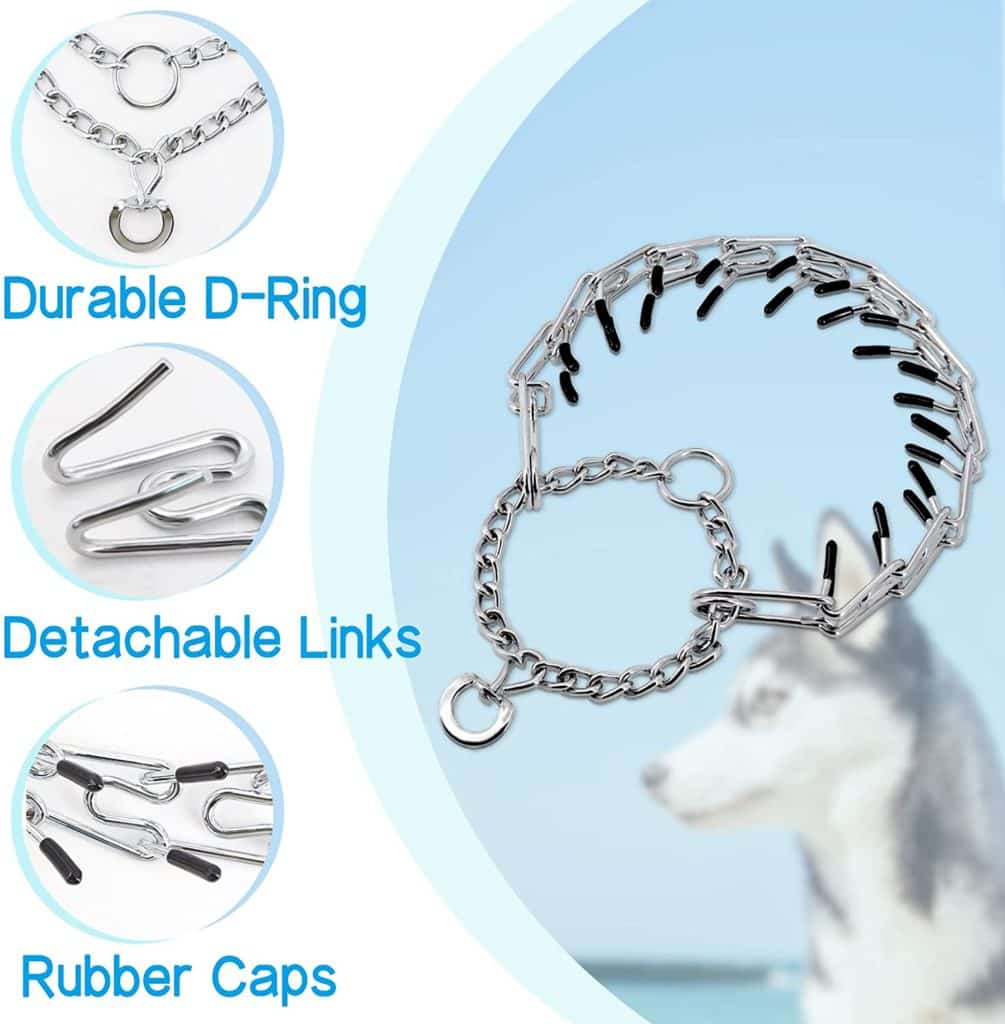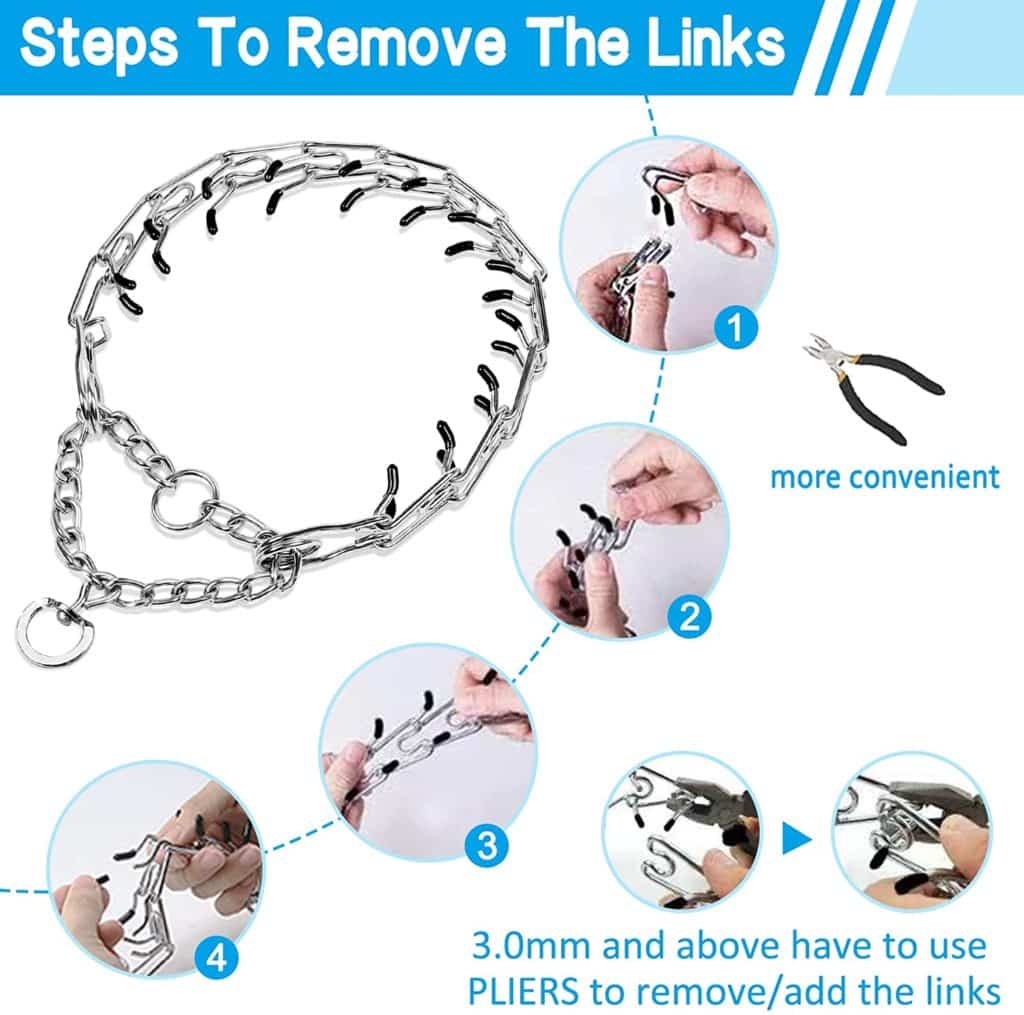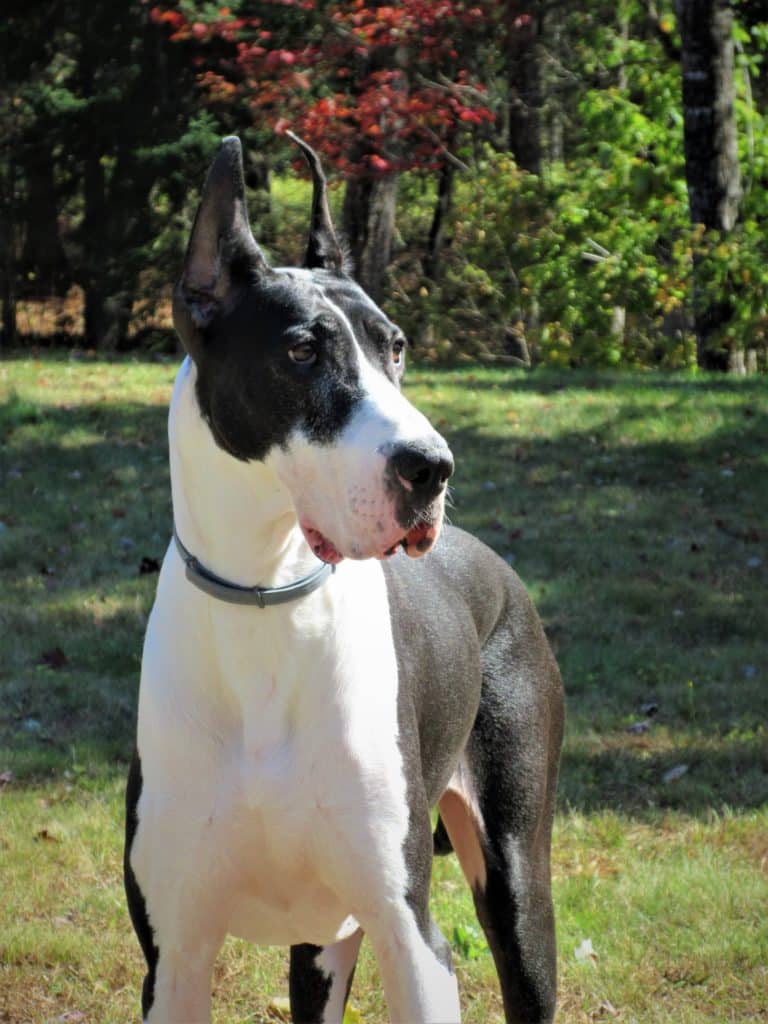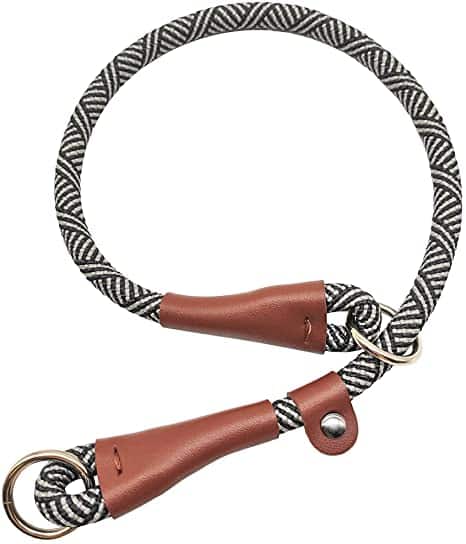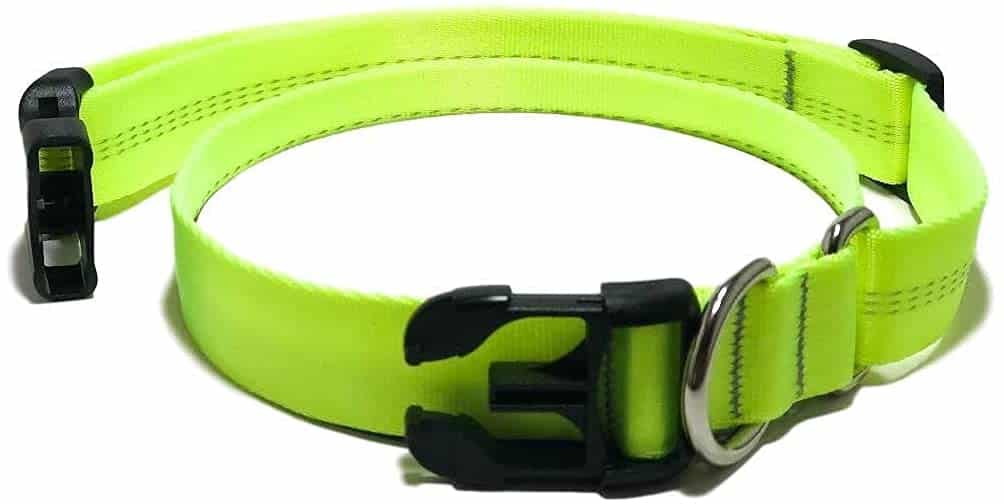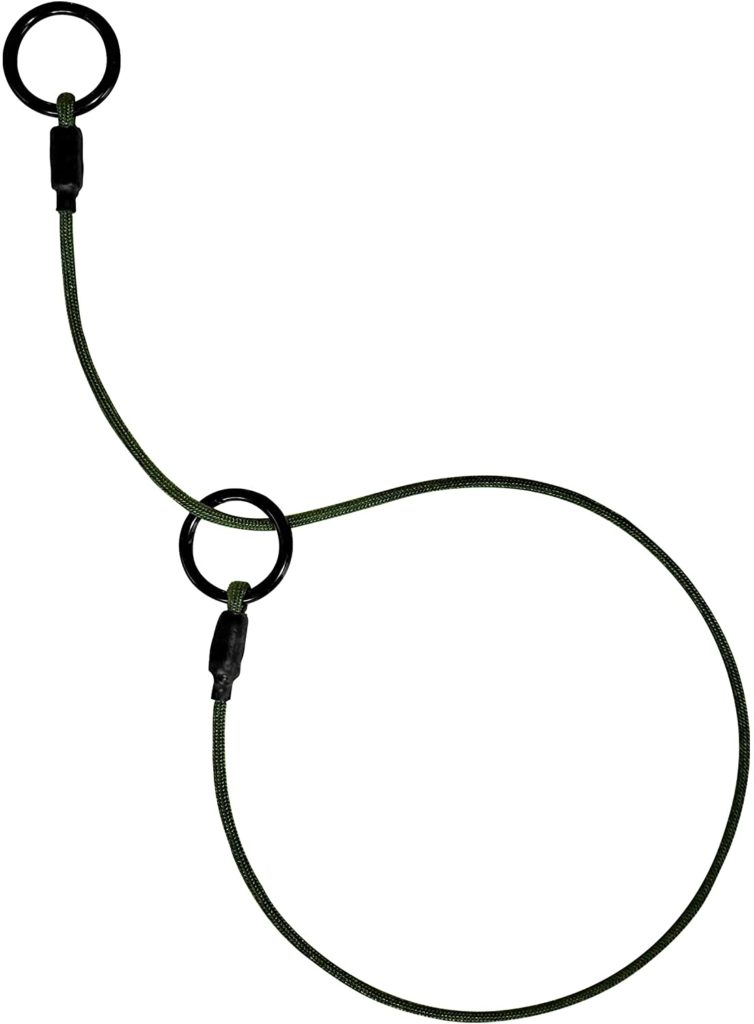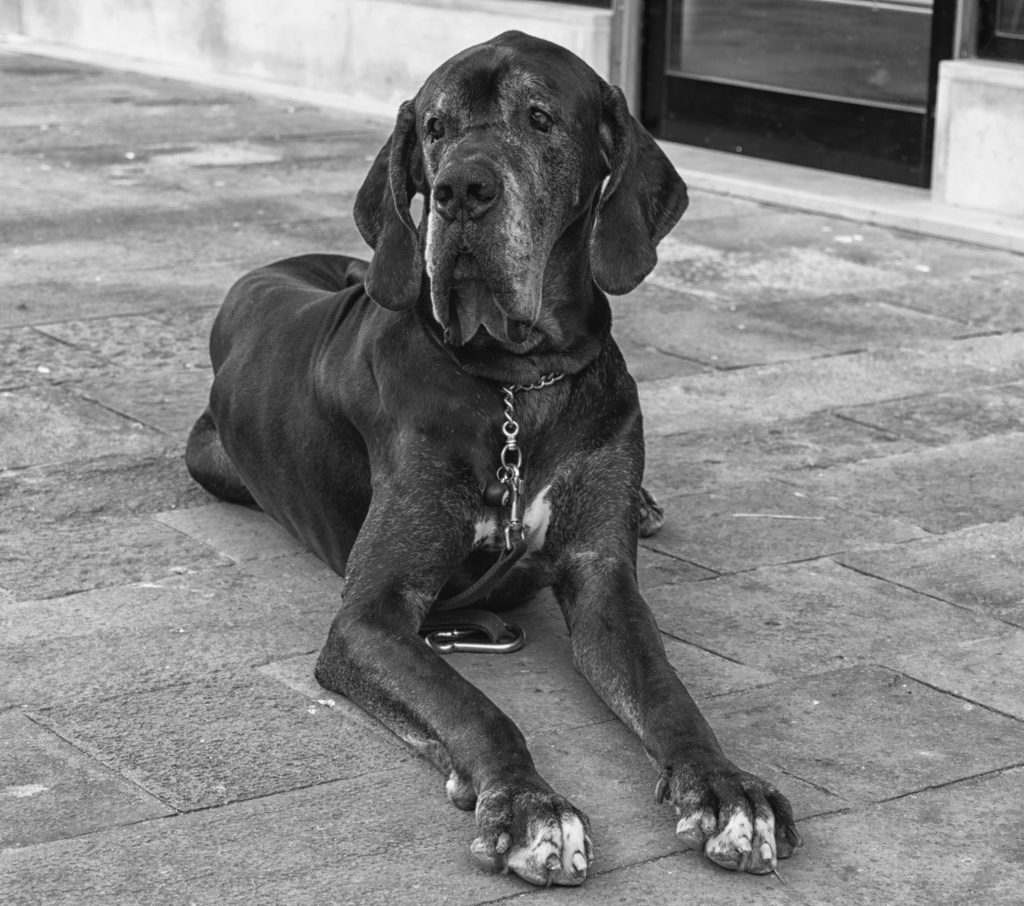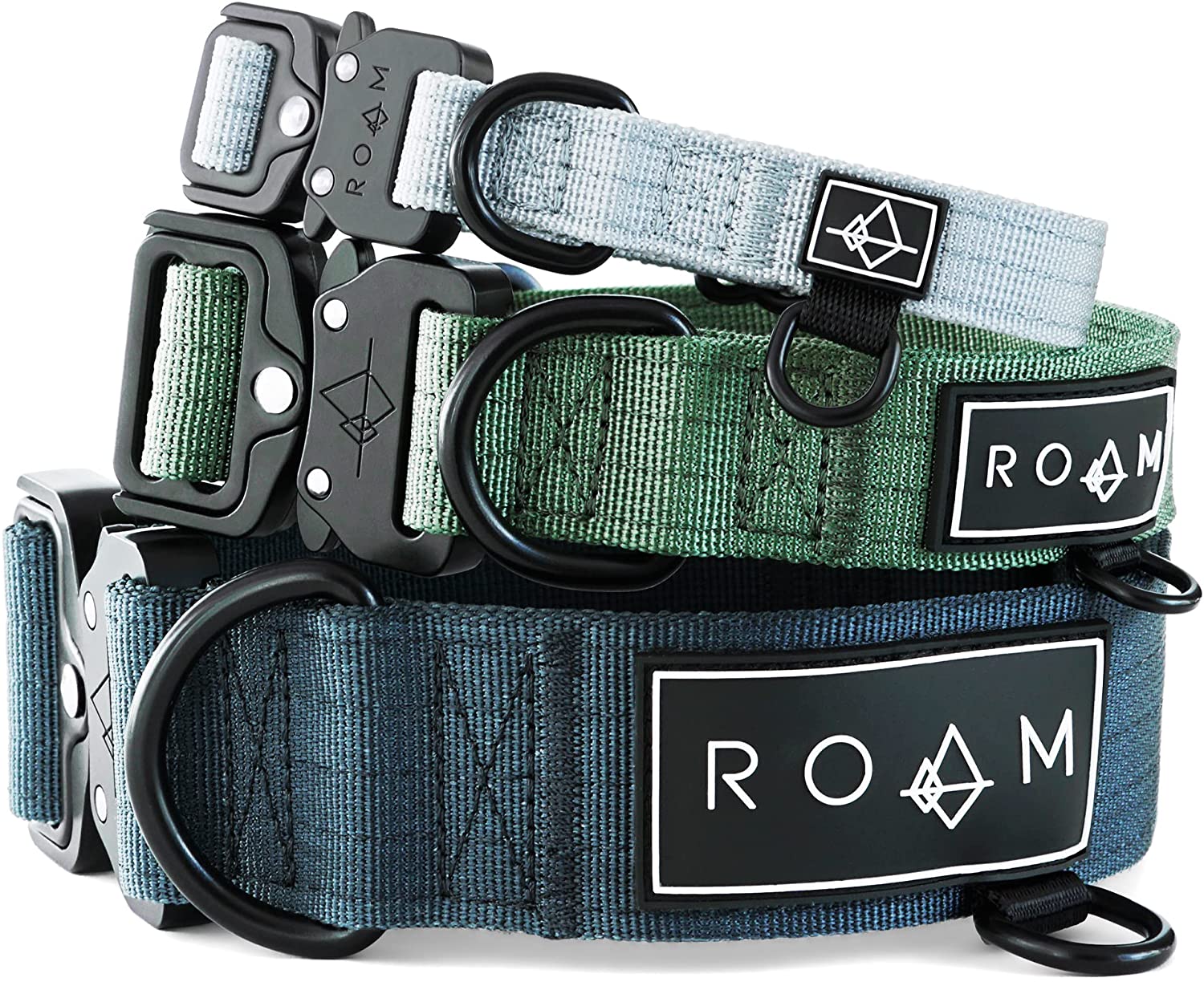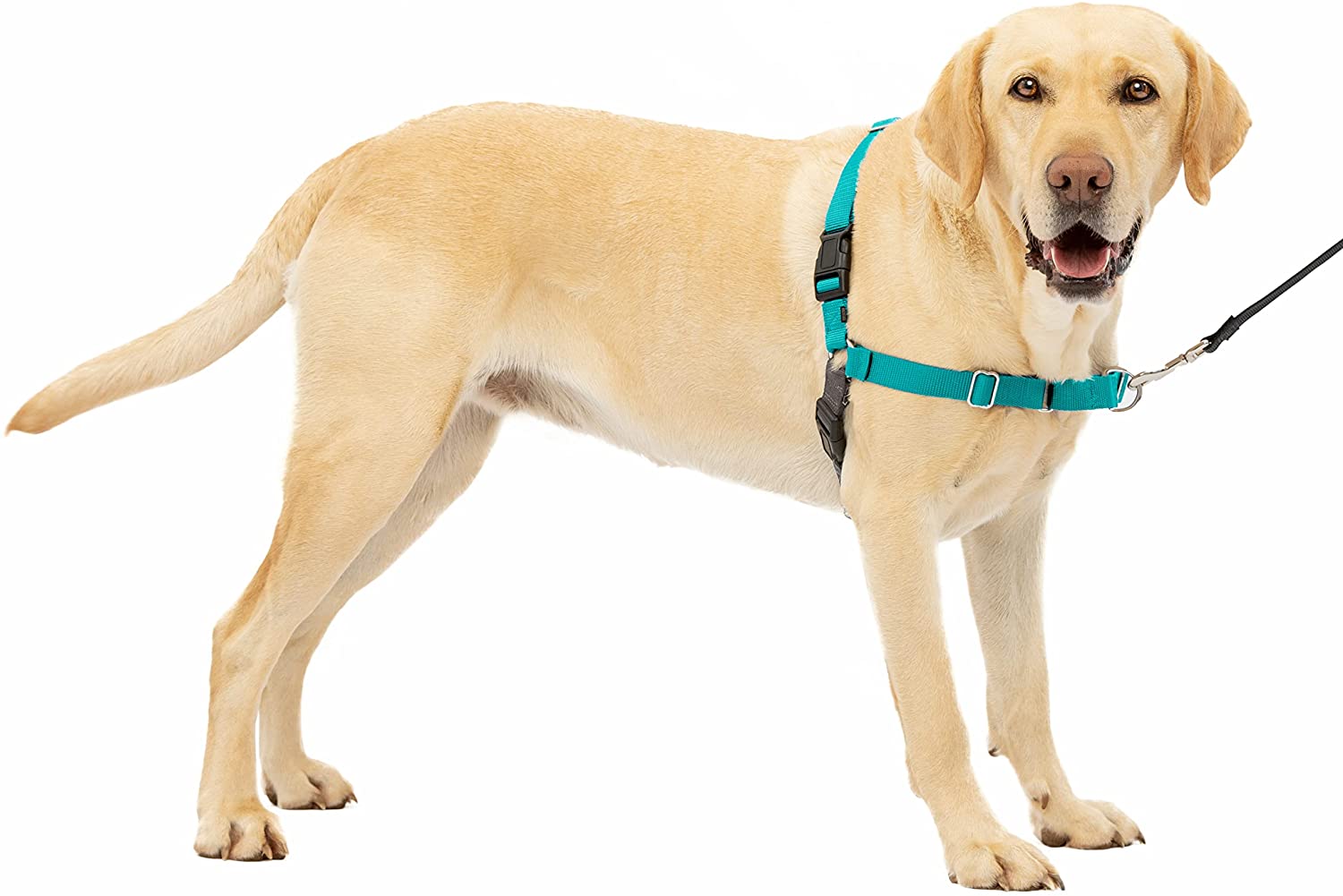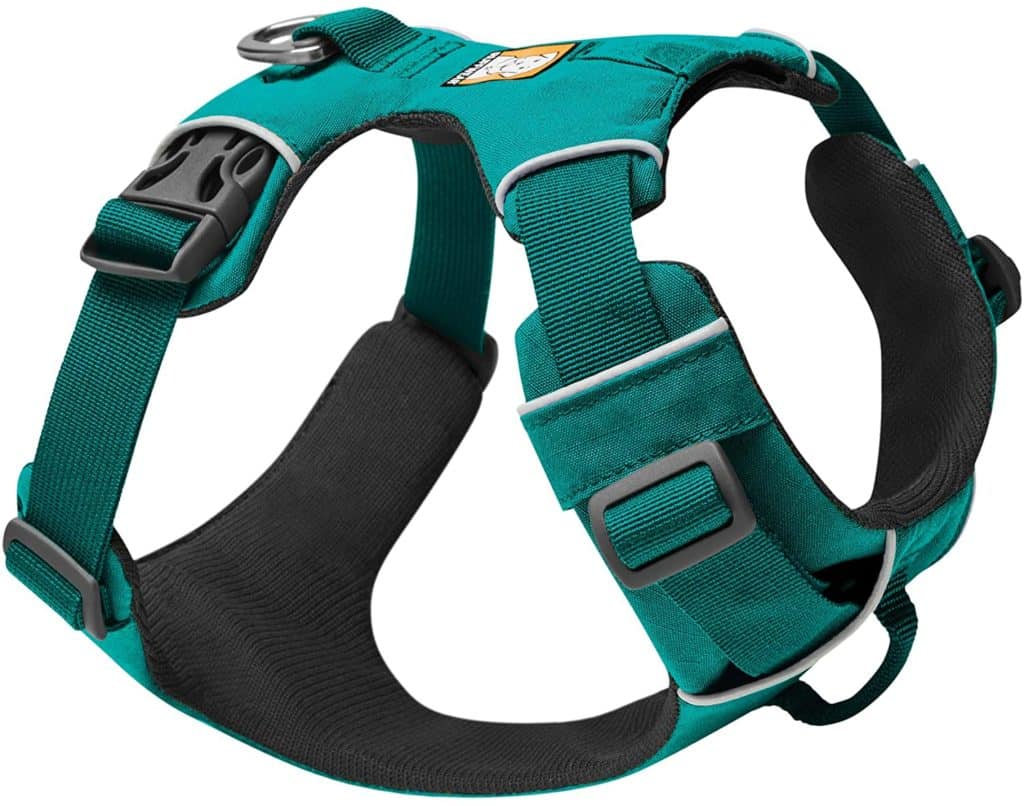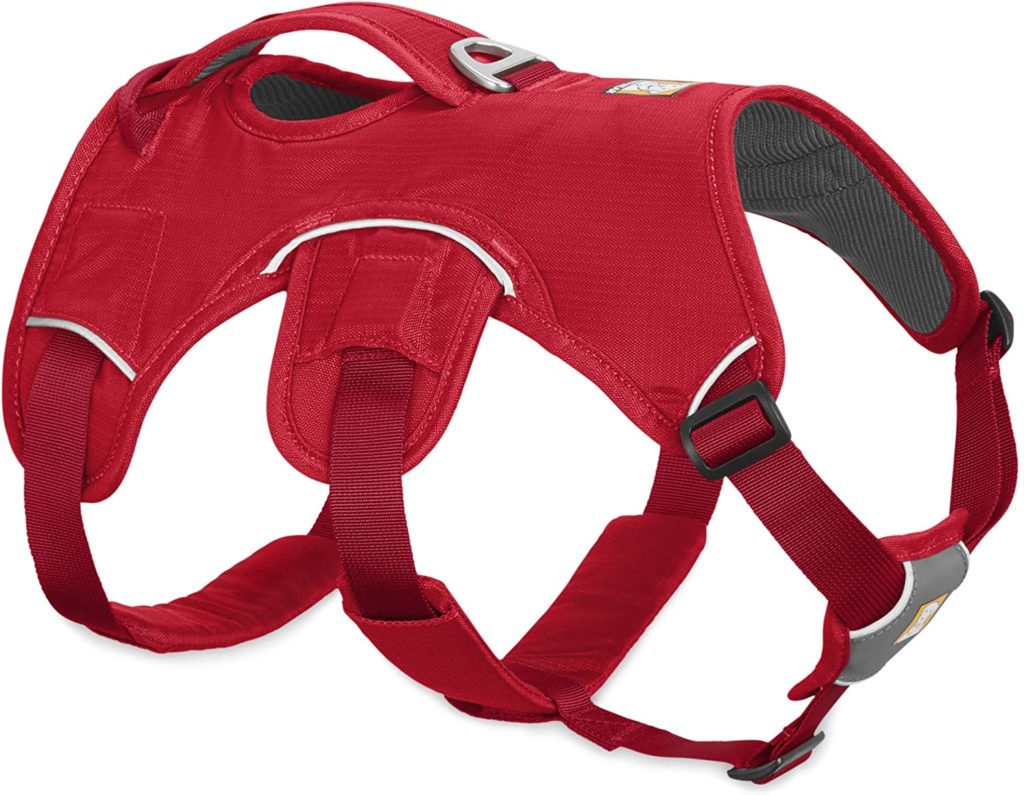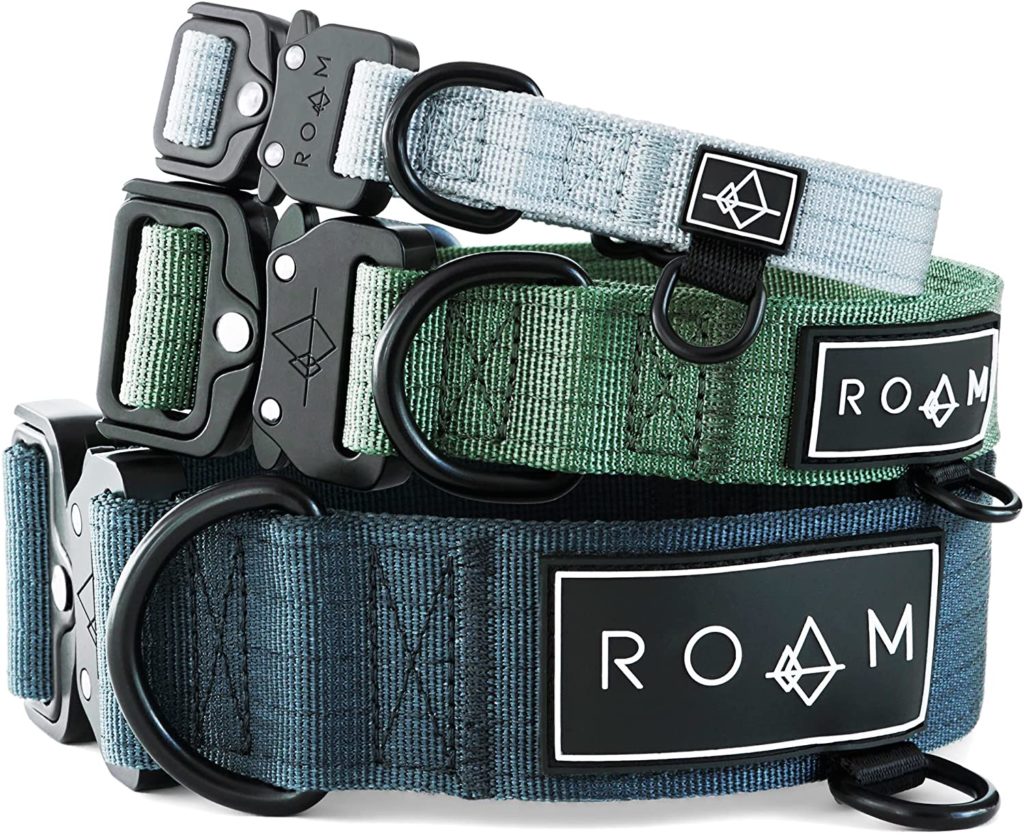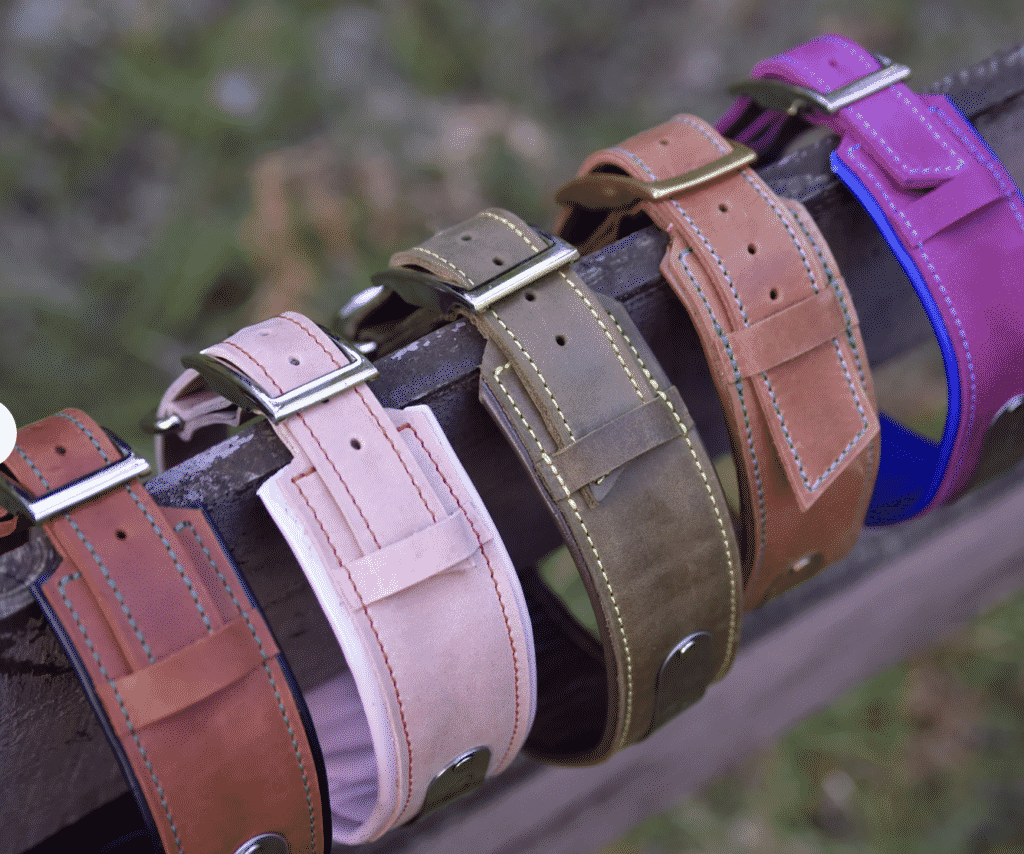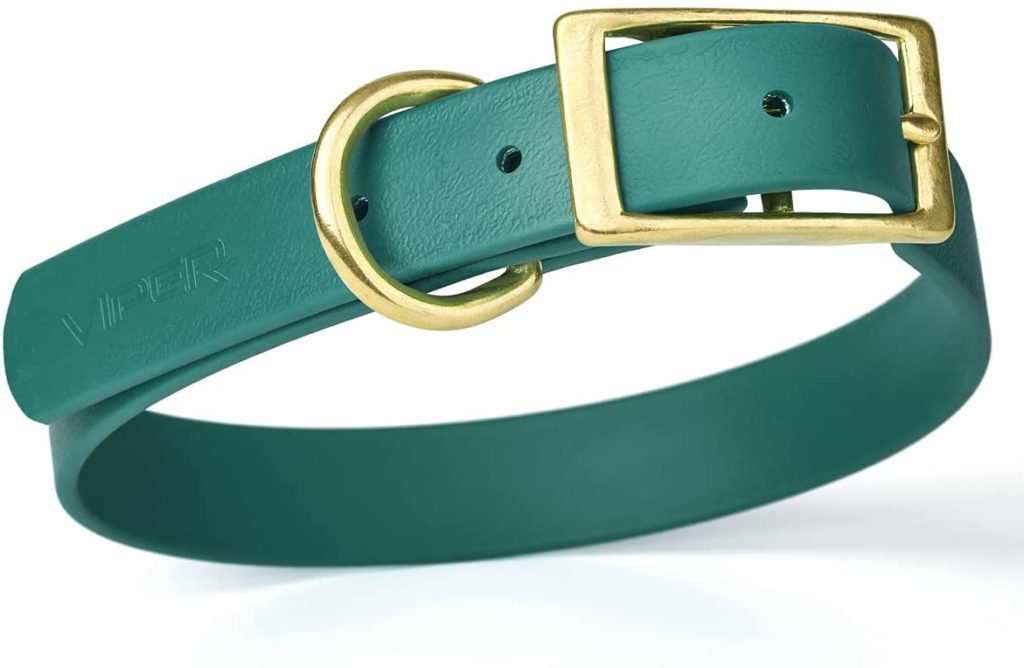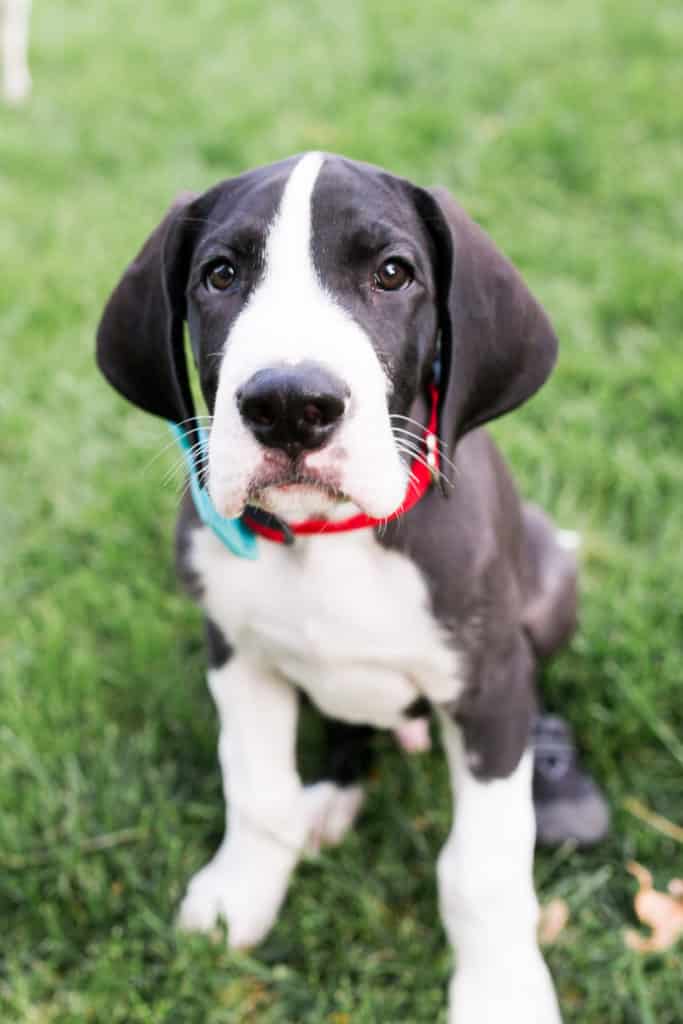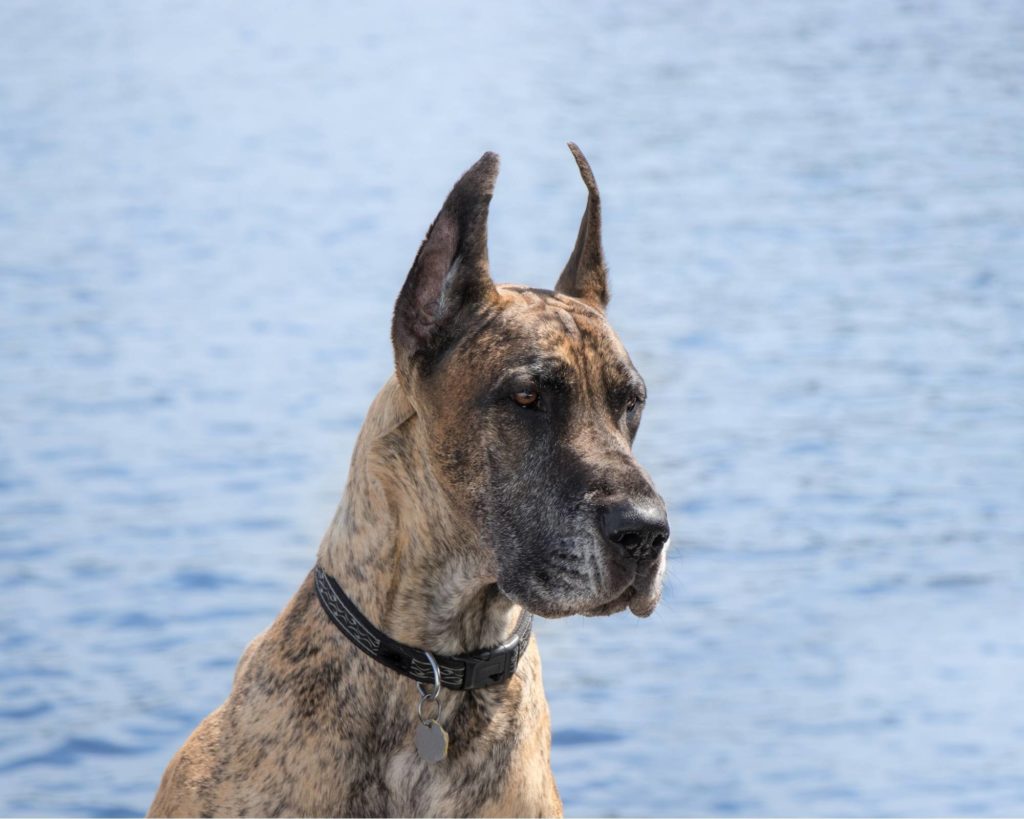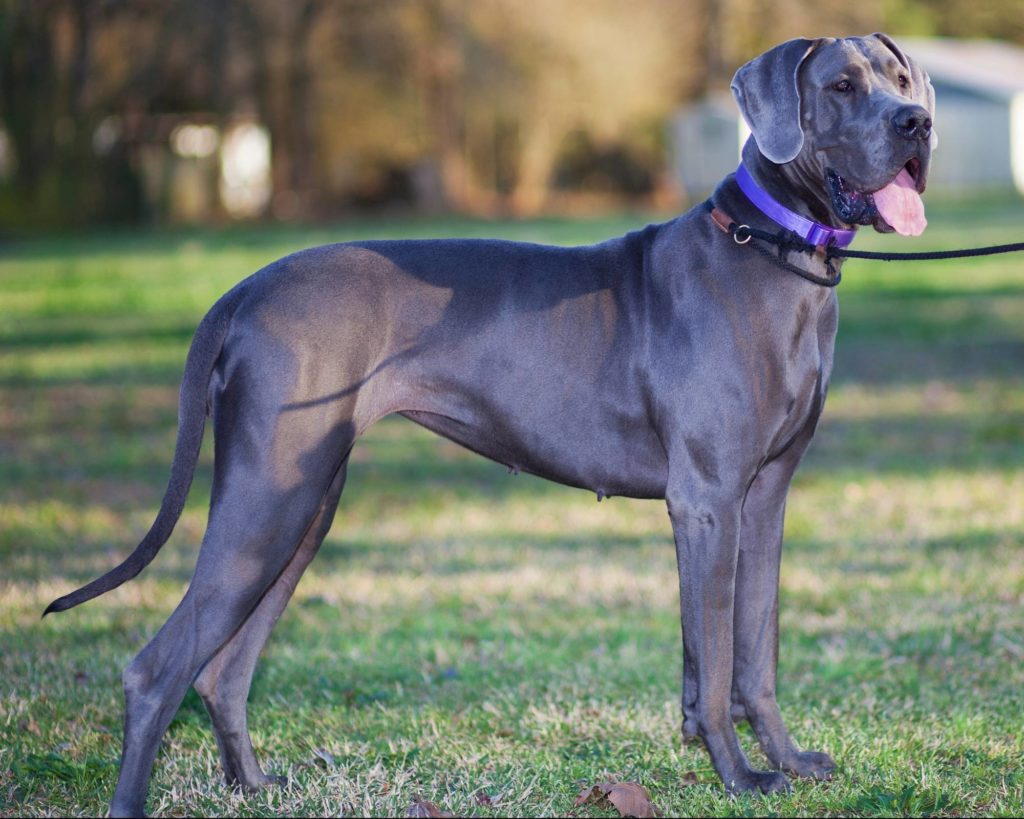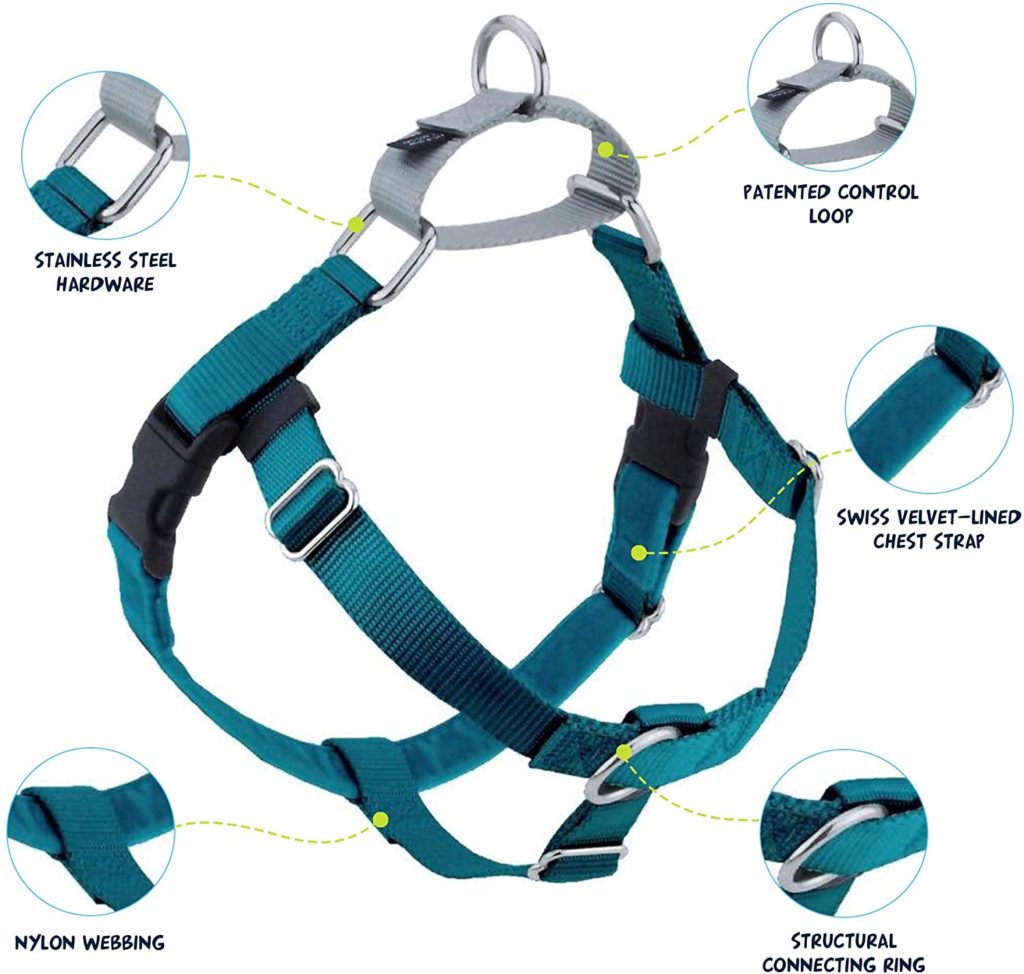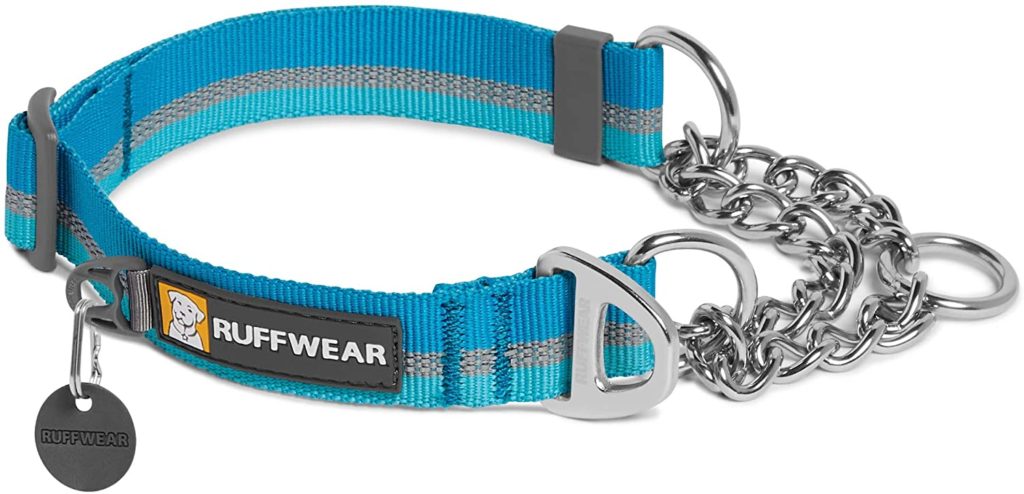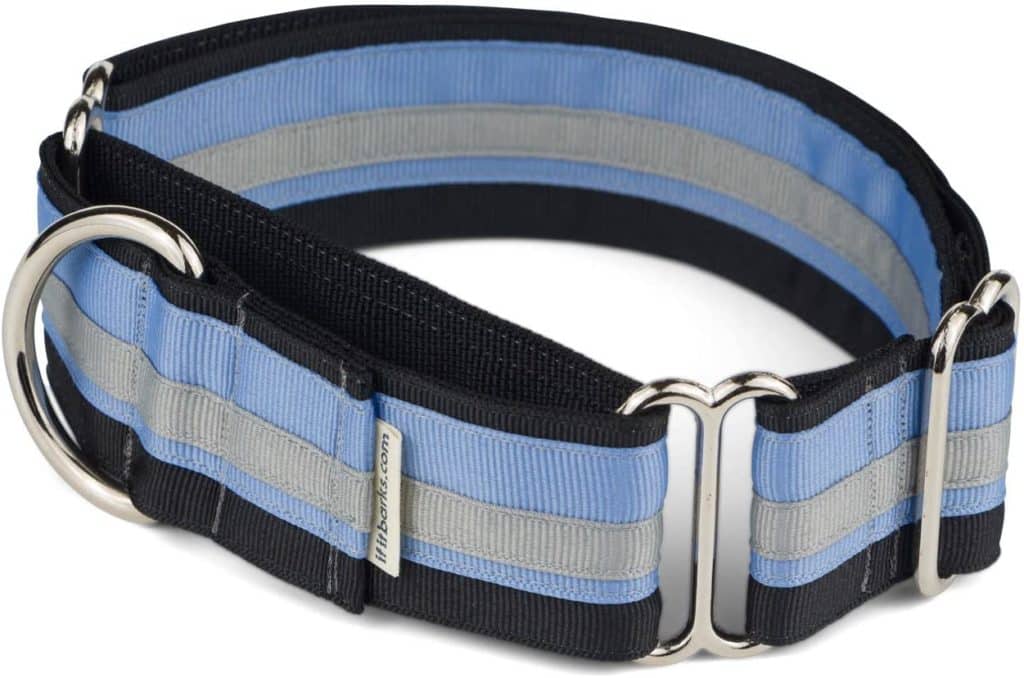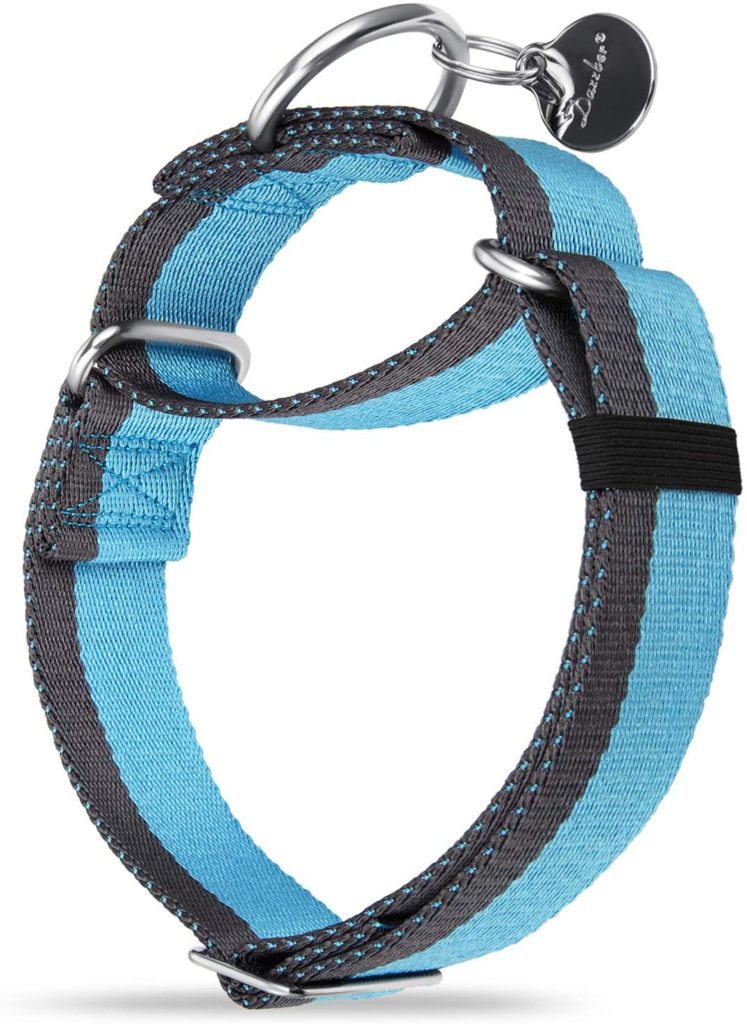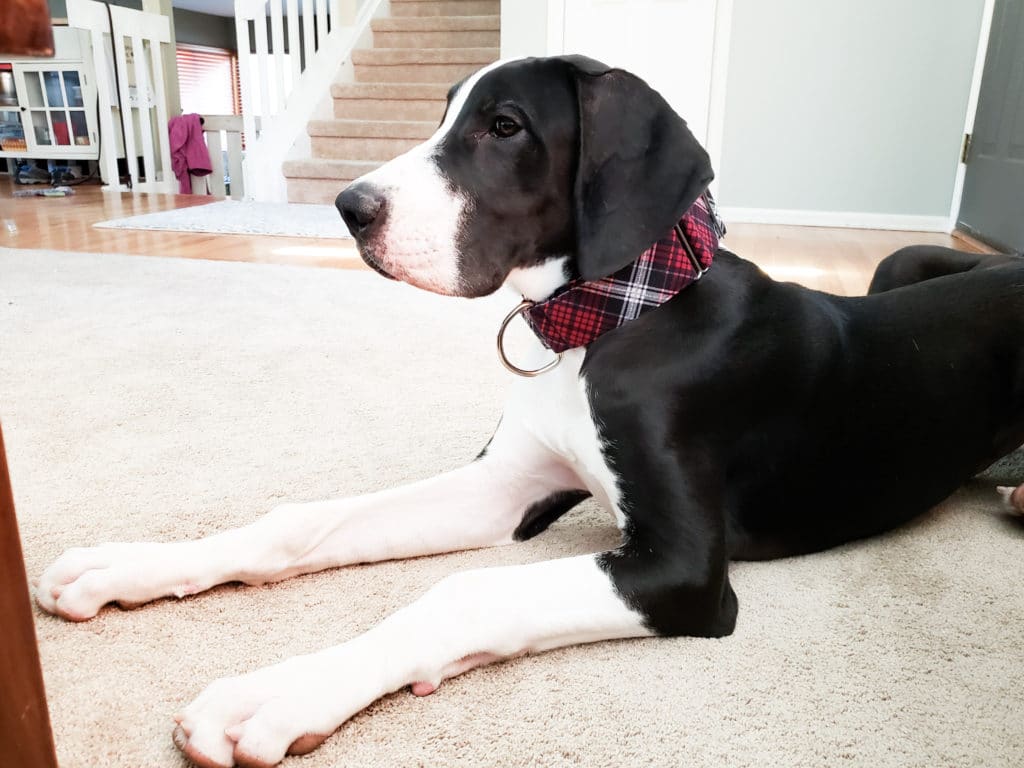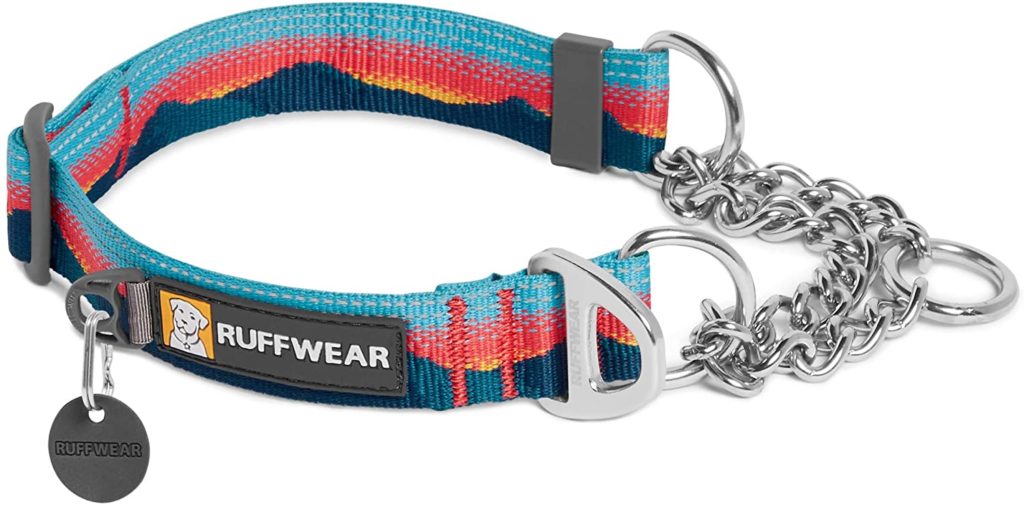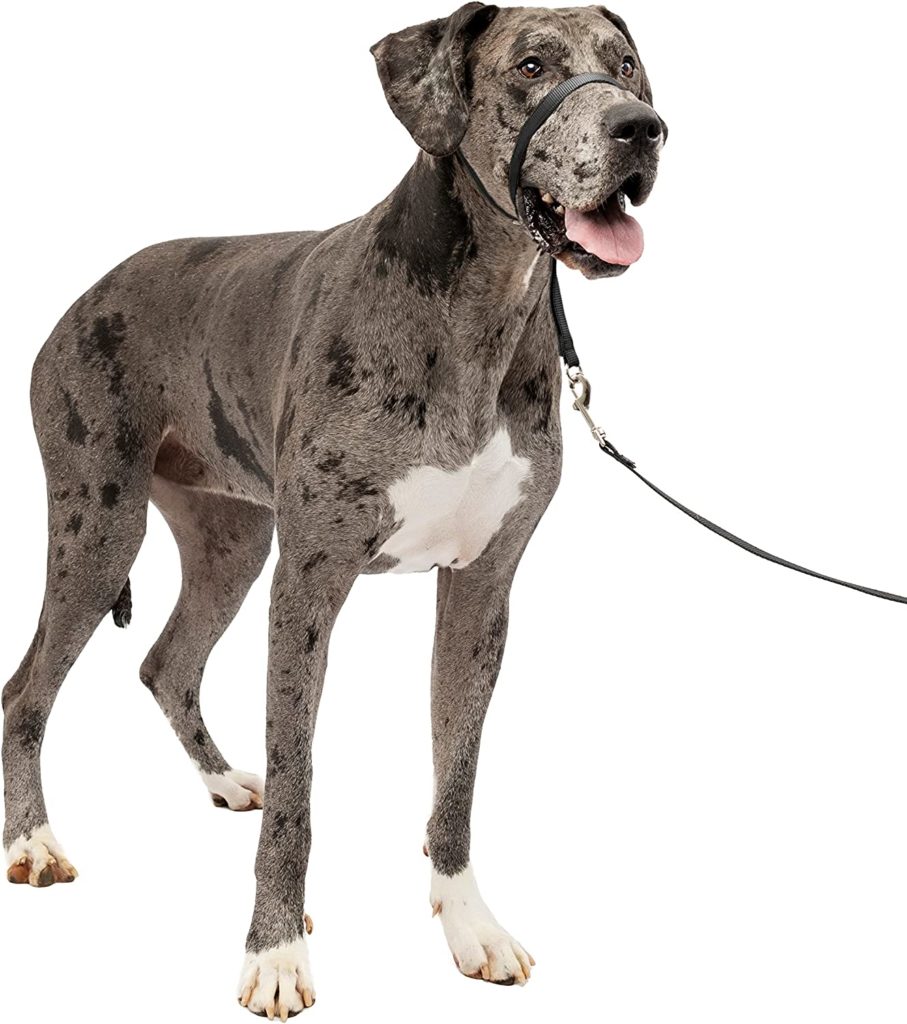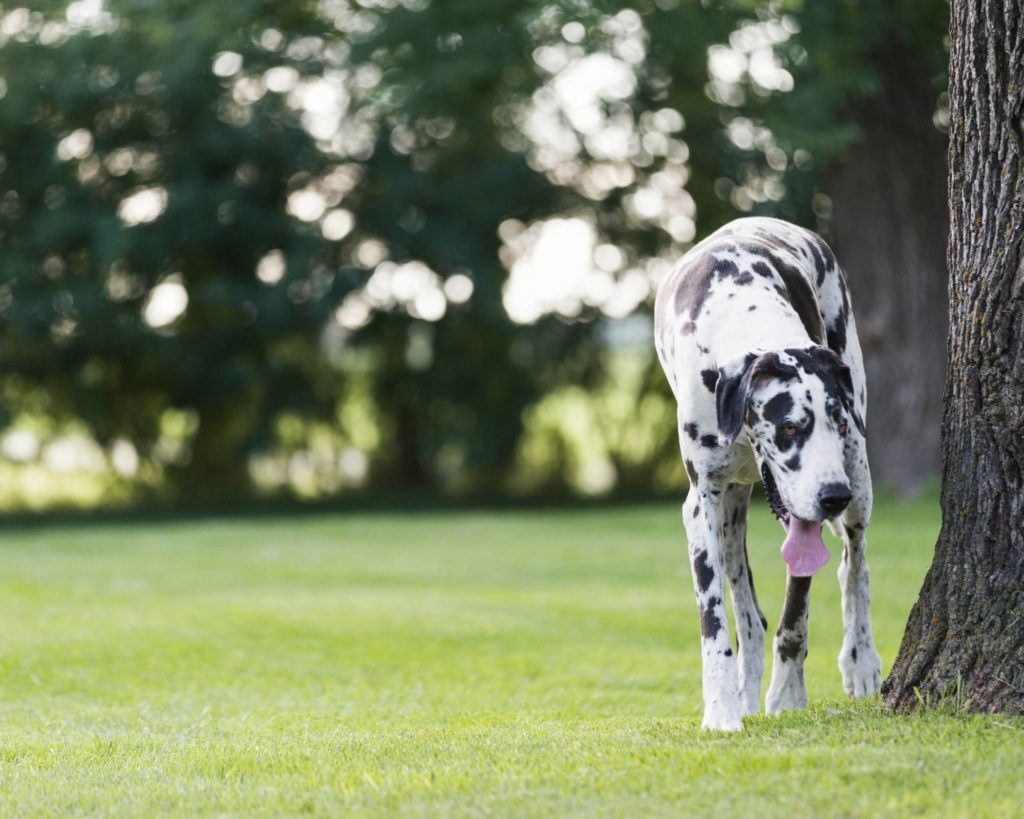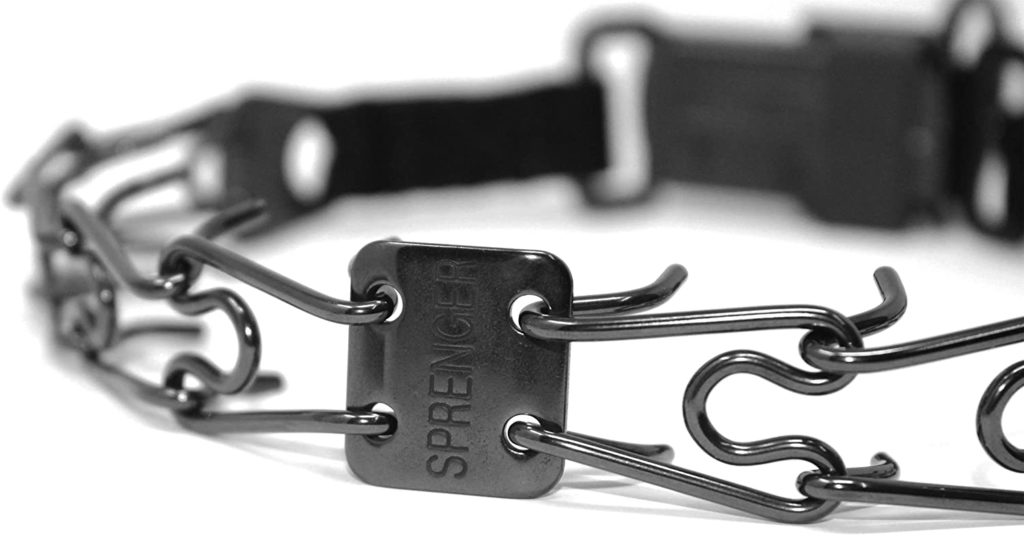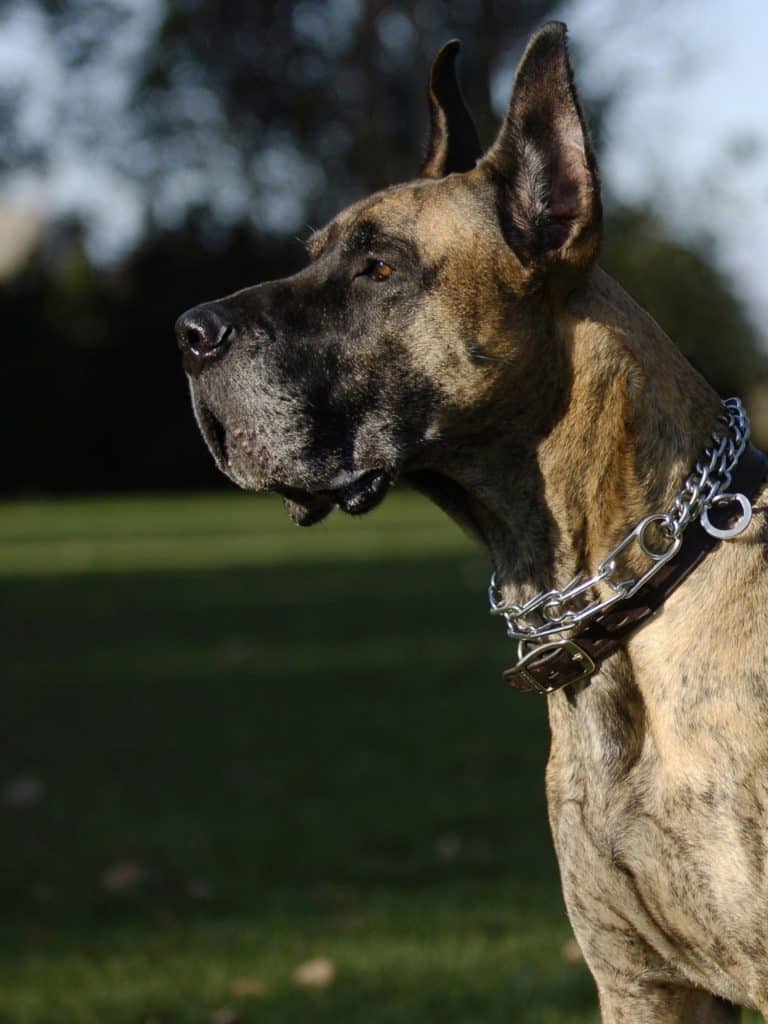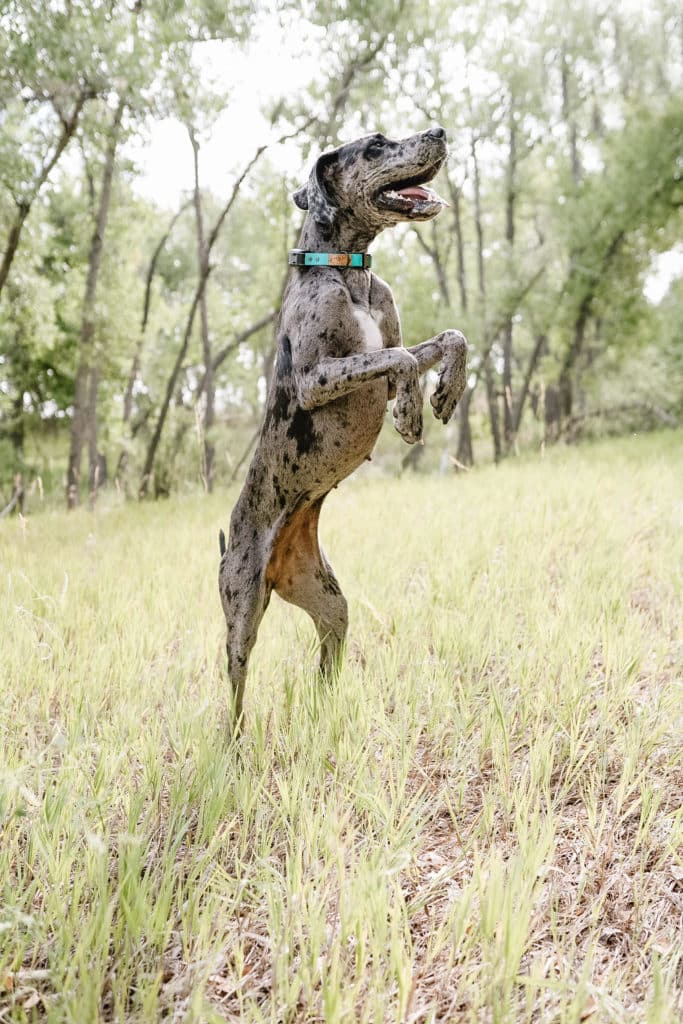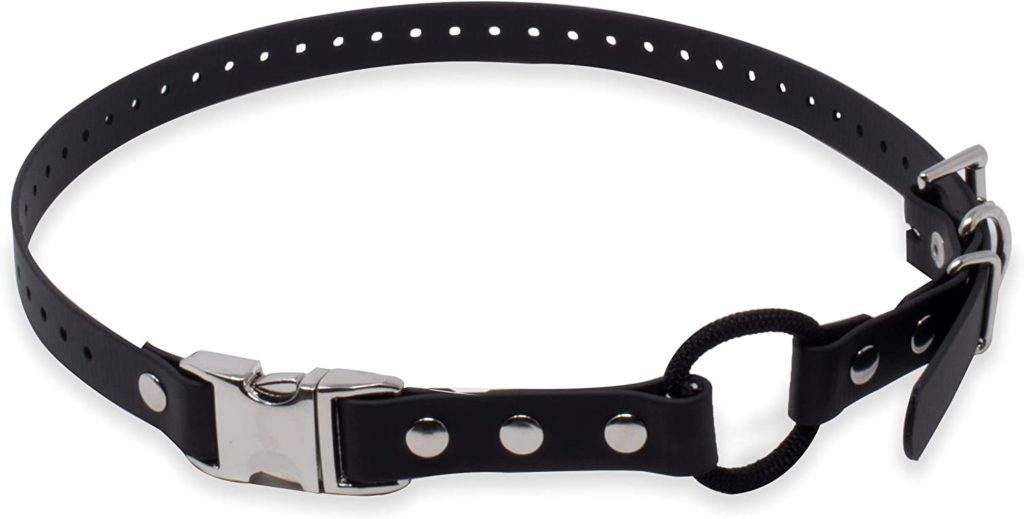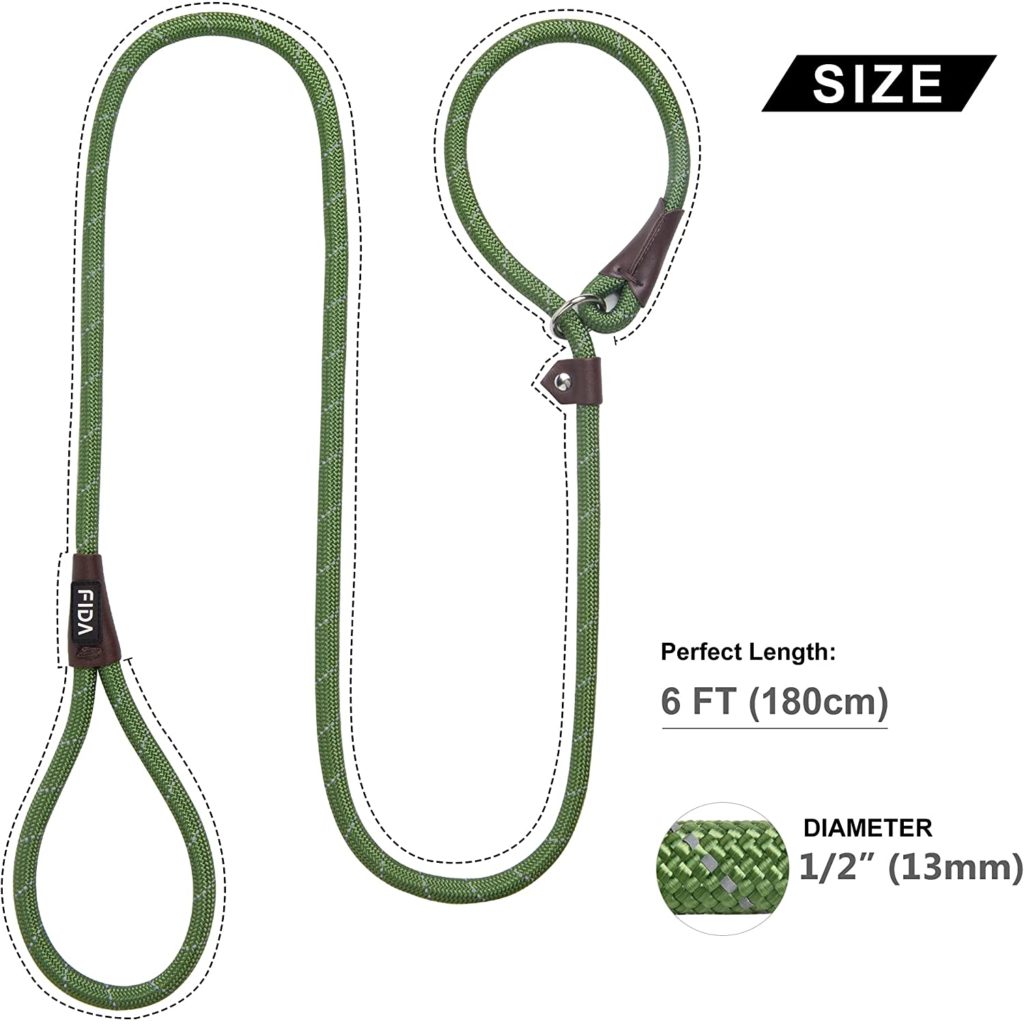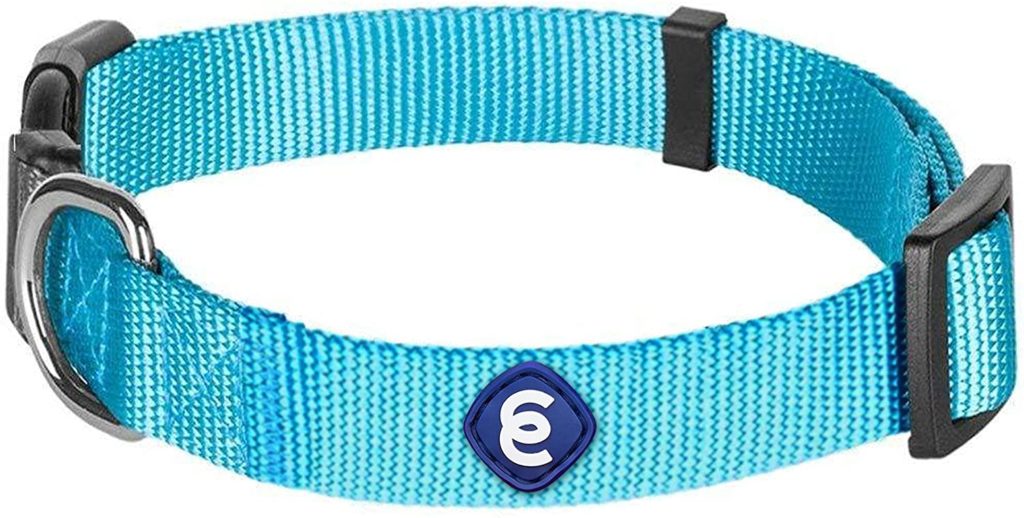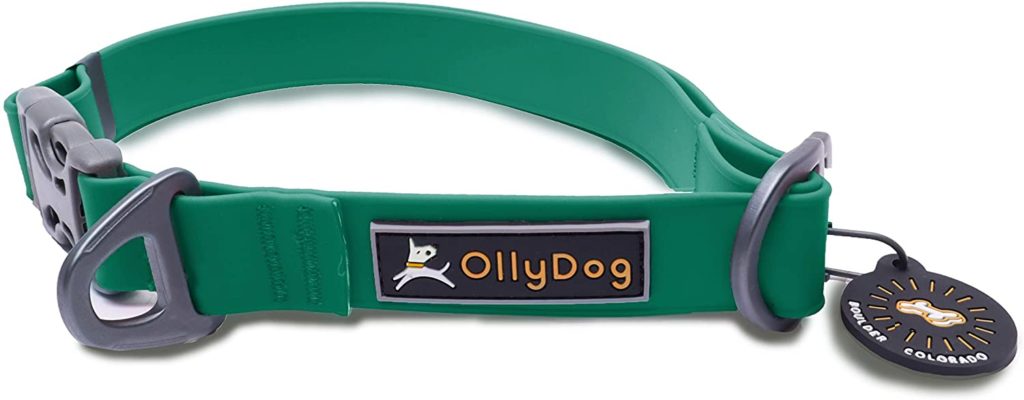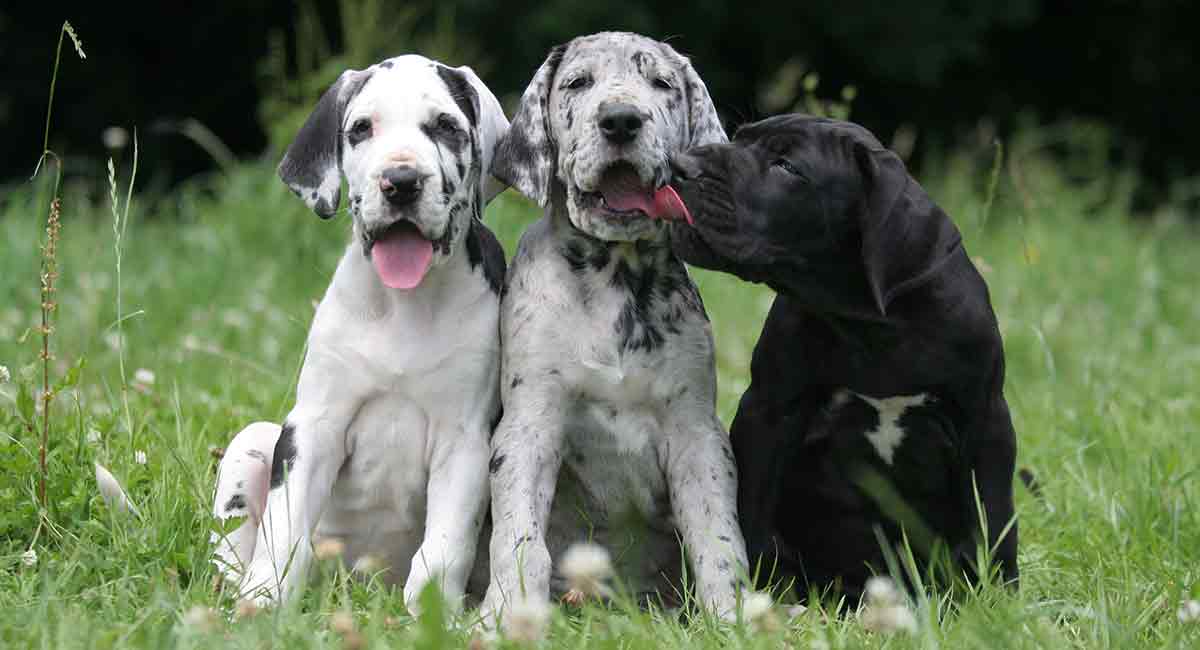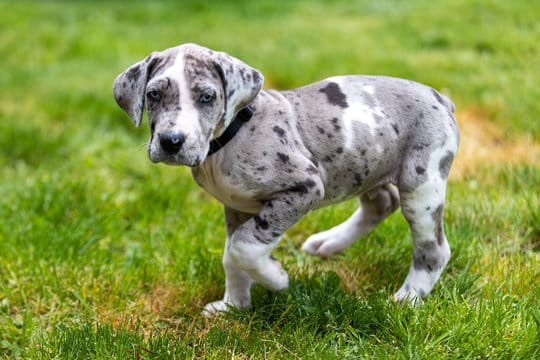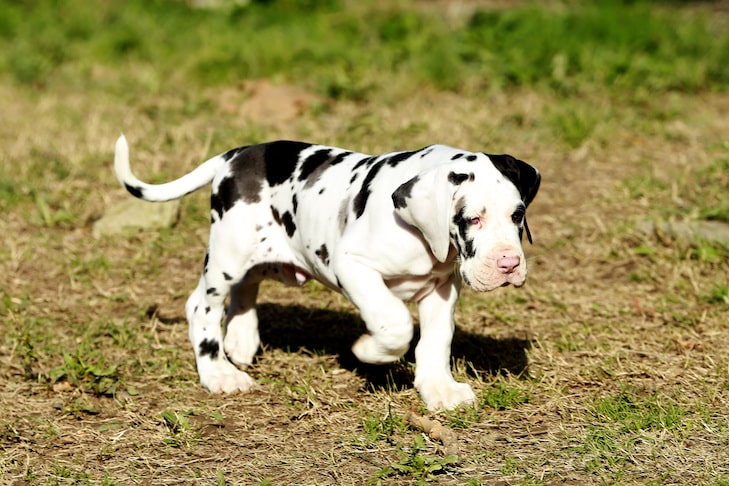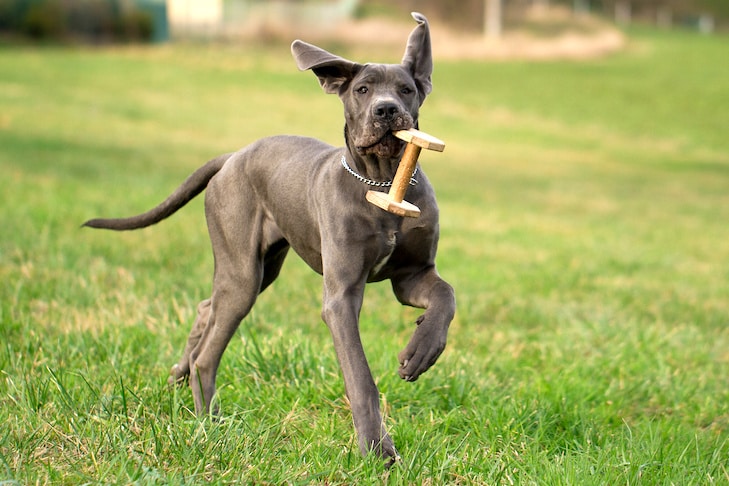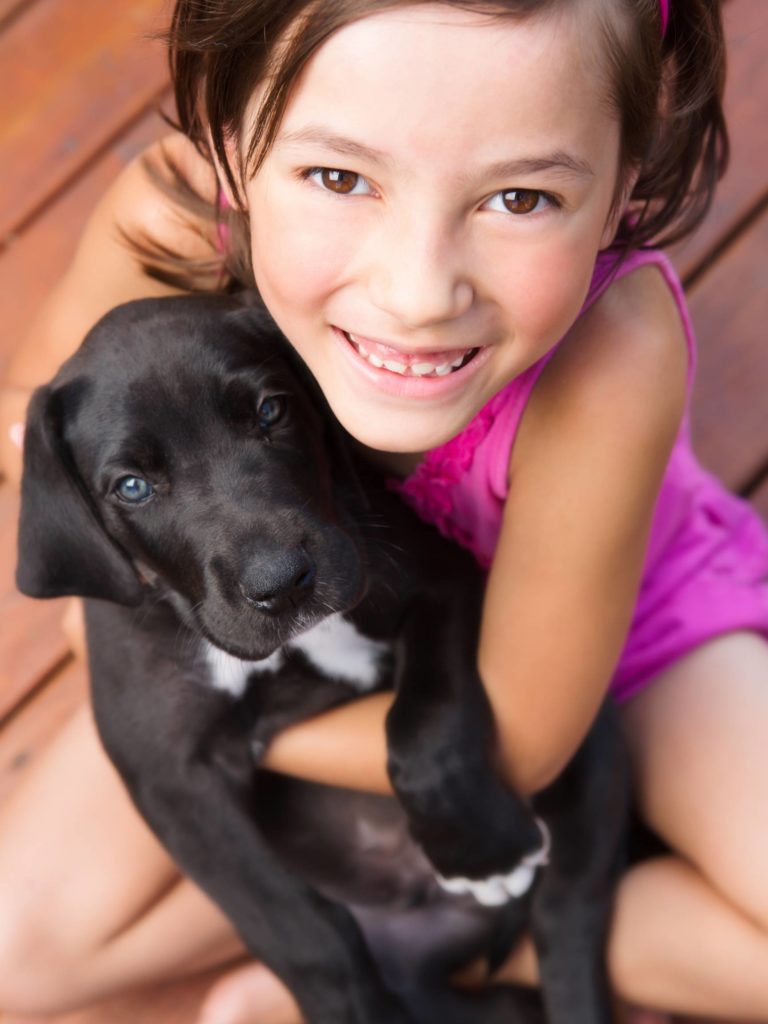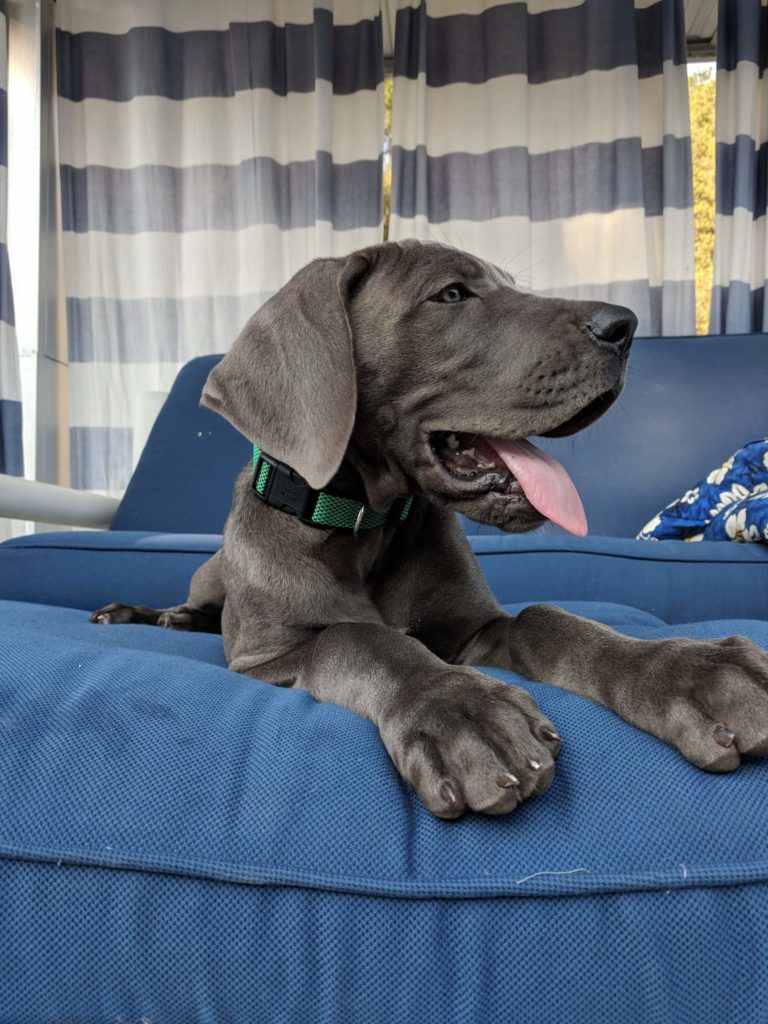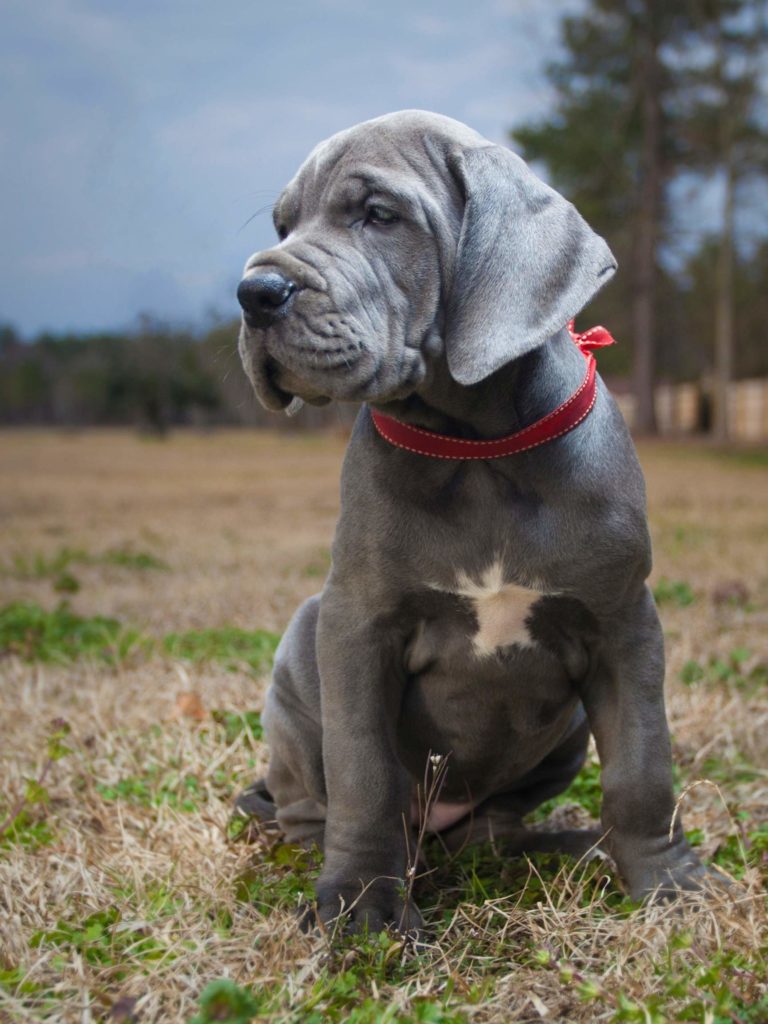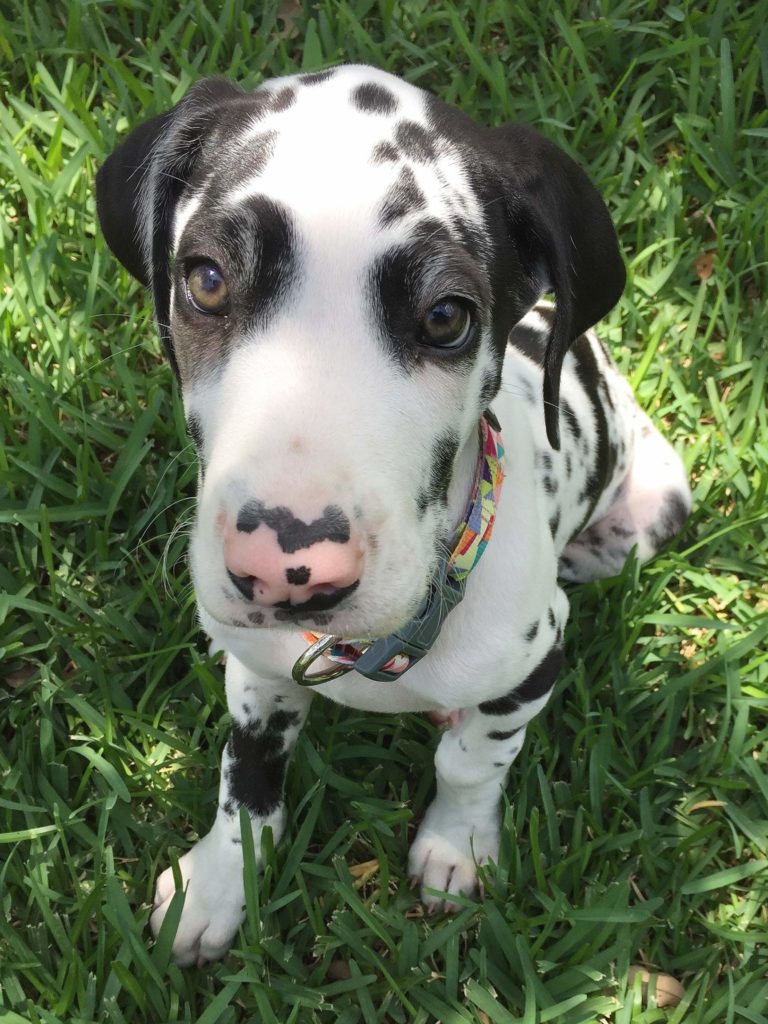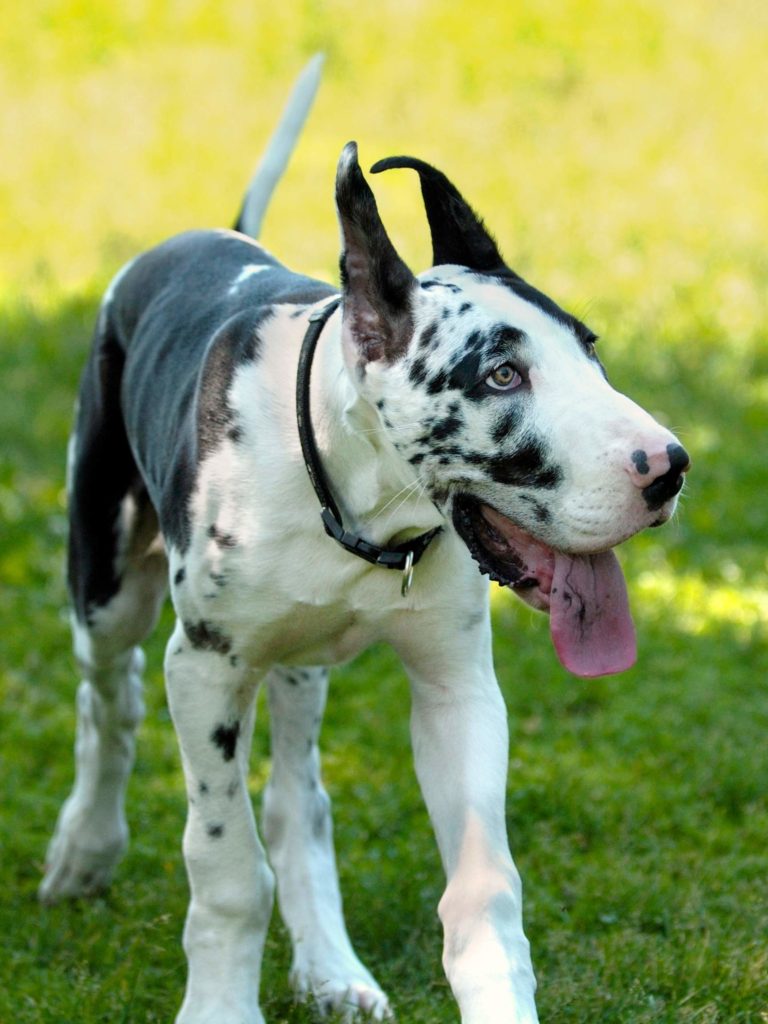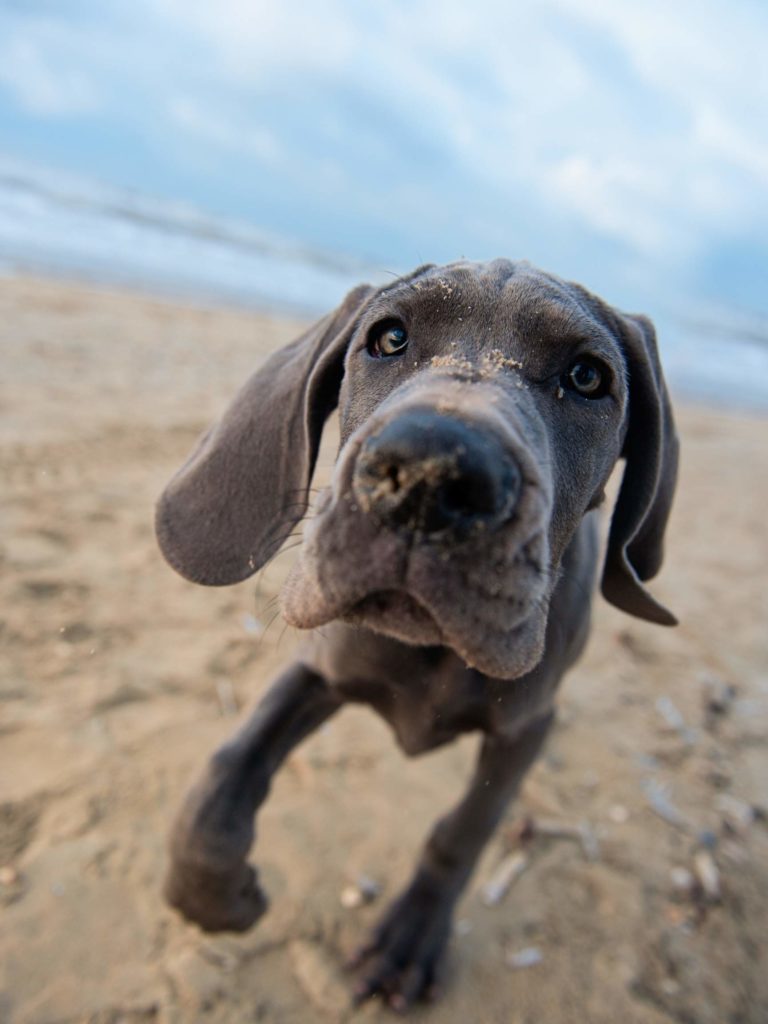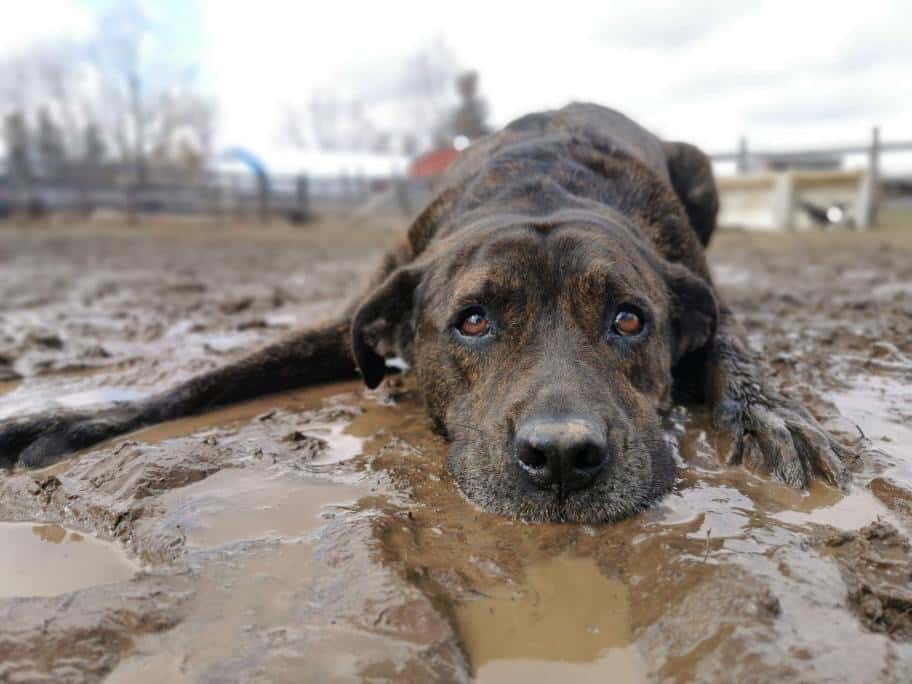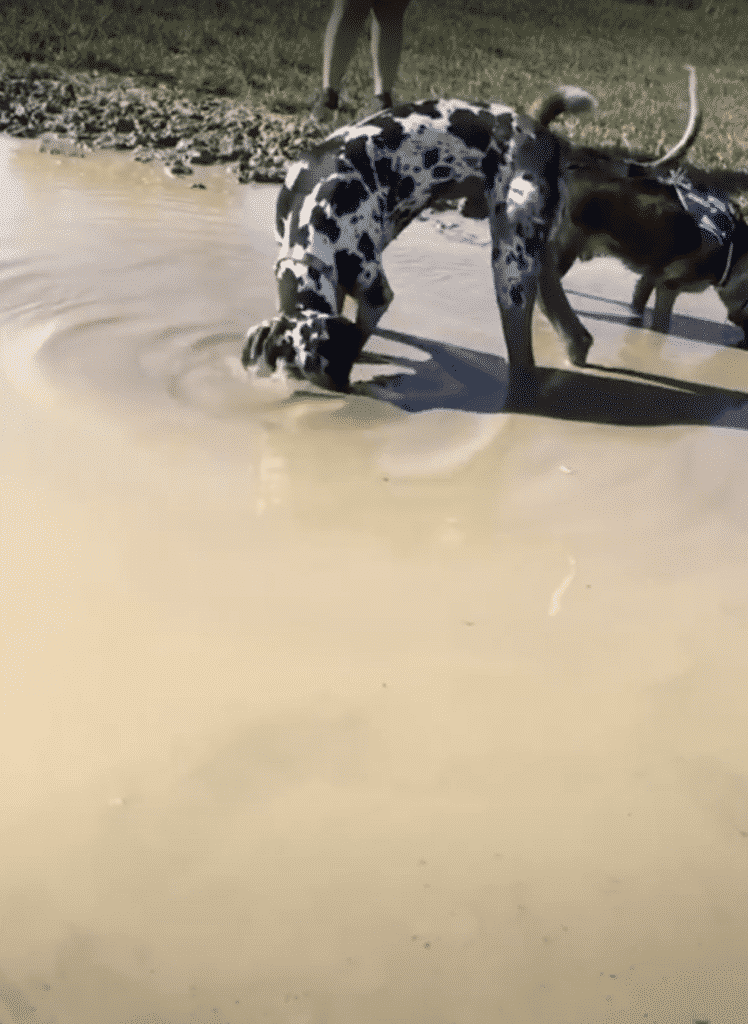Is there an answer for how to stop dogs from fighting?
Dogs are pack animals and as a result, they sometimes fight with each other.
This can be dangerous for both the dogs and for people around them.

WHY DO DOGS FIGHT: THE FIRST STEP IN HOW TO STOP DOGS FROM FIGHTING IS UNDERSTANDING WHY
Dogs fight all the time. Sibling puppies will tussle and play-fight as part of growing up and learning social skills.
However, if you have two dogs that are fighting, it’s important to understand why before you can learn how to stop dogs from fighting.
There are many reasons why dogs might start fights with each other, including:
- Possession aggression: This is when a dog becomes aggressive over something he perceives as his, such as a toy or a spot on the couch.
- Territorial aggression: This is when a dog feels like his territory is being threatened and he becomes aggressive to protect it.
- Fear aggression: This is when a dog is afraid of something and lashes out in aggression in order to protect himself.
- Redirected aggression: This is when a dog is feeling aggressive about something but can’t get to the object of his aggression, so he redirects it onto another dog.
Now that you know some of the reasons why dogs might fight, let’s look at how to stop dogs from fighting.
HOW TO STOP DOGS FROM FIGHTING: THE SECOND STEP IS MANAGEMENT
The first step in management is understanding what sets your dogs off and trying to avoid those situations.
POSSESSION AGGRESSION
If you have an aggressive dog who gets more agitated when they are around toys, items, bones, or food, they might have possession aggression or food aggression. This is often called resource guarding.
Dogs involved with a dog fight involving being possessive might initially appear relaxed and then suddenly start growling or snapping when someone comes too close to their prized possession.
To help manage a dog with possession aggression:
- Make sure there are enough toys, bones, and food so that each dog has their own.
- Do not allow children to take away a toy from a dog; instead teach them to trade the dog for something else such as a treat.
- If your dogs start fighting over an item, do not try to intervene yourself; instead, use a loud noise (such as clapping your hands) to startle them and make them drop the item.
TERRITORIAL AGGRESSION
Dogs who become aggressive when someone enters their home or yard might have territorial aggression.
To help your dog with possession aggression, you can:
- Give them their own toys that they can keep in their own space
- Feed them in separate areas or in crates so they don’t feel the need to protect their food
- Avoid leaving bones or other chew items where other dogs can get to them
- Teach him a “welcome” command so he knows that it’s okay for people to come in
- Keep him on a leash when visitors come over so you know that he will not approach them
- Crate train so that your dog feels safe as well as other people feel safe in the same room as your dog
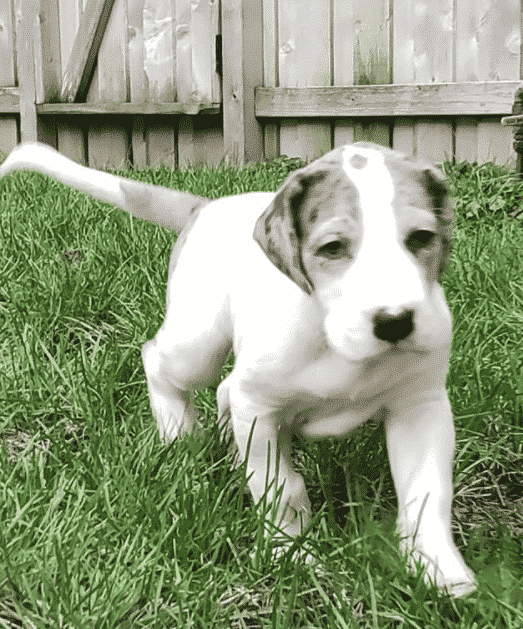
The Best Crate for a Great Dane Puppy: Click Here
FEAR AGGRESSION:
Fear aggression is common in many dogs. Most dogs are afraid of at least something, if not all dogs.
Your dog could be afraid of the silliest things, like the sound of the vacuum cleaner or a plastic bag.
Other dogs might be afraid of more serious things, such as men with beards or people in hats.

Younger dogs often start off afraid of their own shadows, and need socialized to understand what validates fear and what does not.
The first step to helping your dog with fear aggression is to find out what he’s afraid of and try to avoid those situations while you are working on building confidence.
If you can’t avoid the situation, then you need to help your dog learn to cope with his fear. This can be done through desensitization and counterconditioning.
REDIRECTED AGGRESSION:
Redirected aggression happens when a dog is feeling aggressive about something but can’t get to the object of his aggression, so he redirects it onto another dog.
For example, if your dog is barking at the neighbor’s dog through the fence and the neighbor’s dog starts barking back, your dog might become so agitated that he turns around and bites you.
To help your dog with redirected aggression:
Do not put your dog in a situation where he is likely to be aroused by something but unable to get to it.
If you see that your dog is getting aroused by something, try to redirect his attention with a toy or treat.
Make sure that you are not inadvertently rewarding your dog for being aggressive by giving him attention when he is acting aggressively.
DOGS FIGHTING IS VERY DANGEROUS AND AGGRESSIVE BEHAVIOR SHOULD NOT BE TAKEN LIGHTLY
Dogs who are fighting can cause serious injuries to each other, as well as to people who try to break up the fight. It’s important to understand what might be causing your dogs to fight so that you can prevent future fights from happening. There are four main types of aggression in dogs: possession aggression, territorial aggression, fear aggression, and redirected aggression.
- Possession aggression is when a dog becomes aggressive when someone tries to take away their toy or food.
- Redirected aggression happens when a dog is feeling aggressive about something but can’t get to the object of his aggression, so he redirects it onto another person or animal.
- Territorial aggression is when a dog becomes aggressive when someone enters their home or yard.
- Fear aggression is when a dog becomes afraid of something and redirects his fear onto another person or animal.
WHAT DOES A STRESSED DOG LOOK LIKE?
A stressed dog might:
- Pace
- Shake or tremble
- Pant excessively
- Yawn
- Lick his lips
- Avoid eye contact
- Have a “half-moon” eye (whites of the eyes are showing)
- Ears may be back or flat against the head
- Tail may be down, between the legs, or wagging low and fast
- Body may be stiff
If your dog is demonstrating any of the above signs, they might be stressed, even if they are not demonstrating all of them.
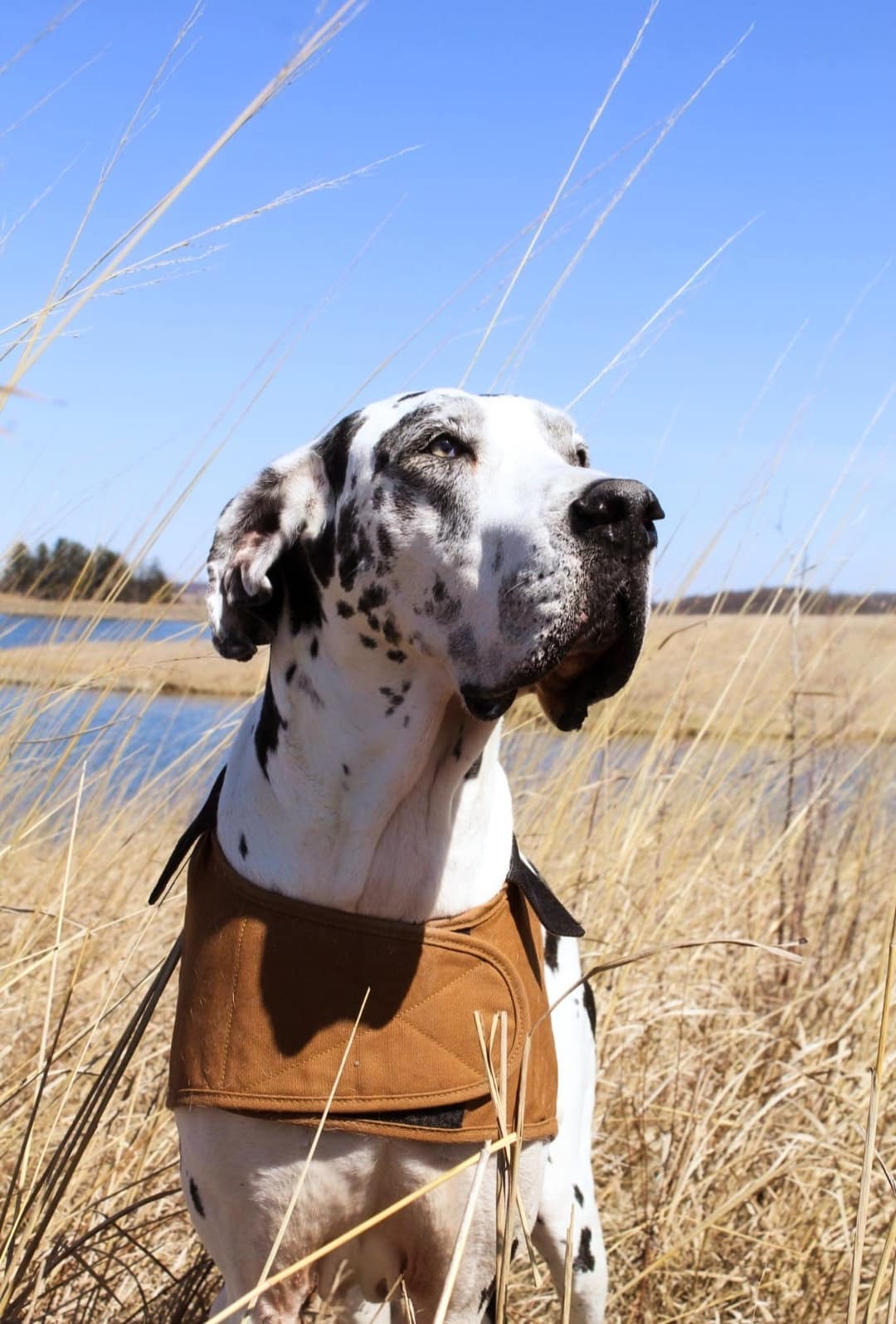

Dog owners should be intuitive with their own dogs in order to identify underlying anxiety and their dogs stressors so that they can prevent dog fights in the first place.
WHAT DOES A MORE CONFIDENT DOG LOOK LIKE?
Some dog owners think that the most confident dog is the most dominant dog.
That is just not true.
The ‘pack leader’ will demonstrate calm behavior, a relaxed posture, and slow movements.
A confident dog is not afraid to make eye contact and will have a soft body with a natural wagging tail.
Confident dogs are not the ‘weaker dog’. They are not necessarily the older dog either.
The confident dogs will be able to help other dogs feel calm and comfortable by picking up on their cues.
Dogs who are comfortable with their situation will display:
- Relaxed body
- Loose ears
- Relaxed tail
- Happy to make eye contact
- Happy to approach other dogs but also give space when needed
- Not impacted when new people come into the dogs environment
- Can happily be in the same house and same room as other dogs or a new dog
HOW TO STOP DOG FIGHTS INVOLVING GUARDING PEOPLE
Sometimes two dogs will get into a dog fight when one dog gets possessive over another dog while trying to ‘protect’ their owner or a person.
The first step in preventing this type of dog fight is to never put yourself in the middle of two dogs who are fighting.
If you try to break up a dogfight, you could get bitten by one or both dogs. The best way to break up a dog fight is to distract the dogs with loud noises or spray them with water. Once the dogs are distracted, you can move them away from each other.
WHY DO MANY DOGS GUARD THEIR OWNERS?
Many dogs will act aggressive if another dog comes too close to their owner.
Some dog owners consider this as a form of protection. They try to label this action as heroic: their dog is protecting them and even willing to fight other dogs to ‘protect them’.
Unfortunately, this couldn’t be further from the truth.
If a dog is acting aggressive when another dog comes nearby its dog owner, this is not heroic, but rather called guarding.
Dogs growling or raising their hackles at another dog for ANY reason shouldn’t be praised.
WHAT SHOULD I DO IF MY DOG IS GUARDING ME?
Identifying your dogs stressors is the first step.
If you know that your dogs triggers lies with the moment another dog approaches you, start by asking other dog owners to give your dog a wide berth.
This will help your dog feel more comfortable and less anxious. If you have friends with dogs, ask if they can help you out by not coming too close to you when your dog is around.
You can also work on desensitizing, socializing and counterconditioning your dog to other dogs being around you.
Start with having another person stand far away from you while you feed your dog his favorite treats. We recommend using a treat bag.
As he gets used to this, the person can move closer little by little until they are close enough to pet your dog without him feeling uncomfortable.
It’s important that during this training process, everyone involved ignores the fact that there is another dog present.
This means no talking to or looking at the other dog, even if he’s being well-behaved.
The goal is for your dog to associate the presence of other dogs with good things happening, instead of feeling anxious or stressed.
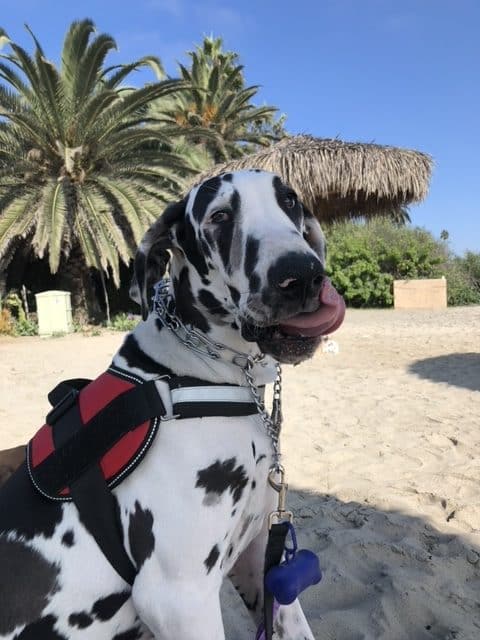
When your dog is comfortable with this exercise, you can start adding in movement by having the person walk around you while you are standing still.
Once your dog is doing well with that, you can move on to having the person walk past you while you are walking in the opposite direction.
Remember to go slowly and only increase the difficulty of the exercise when your dog is completely comfortable and not showing any signs of stress.
If at any point during these exercises your dog becomes anxious or stressed, you are moving too fast and need to immediately separate dogs and go back to the previous step.
It is important to never force your dog into any situation that he is not comfortable with.
Forcing a dog into a situation that causes him stress will only make his guarding behavior worse.
MY DOGS FIGHT WHEN THERE IS FOOD INVOLVED
Food is a very big trigger for dogs, and can continue to be so for a majority of some dog’s life.
Many instances of dogs fighting is related to when dogs are eating meals, treats, bones, or anything similar.
Many dog owners do not realize that food can be one of the biggest of dogs triggers to an otherwise calm dog becoming a ‘more aggressive dog’. Even dogs who are generally even-keeled can become uncomfortable with another dog getting into their space when they are eating.
TIPS FOR ELIMINATING ISSUES WITH FOOD
It is best to feed dogs in separate areas, especially if they are not used to being around each other.
If you have a multi-dog household, we recommend getting an extra food bowl and feeding station so that each dog can eat in his own space.
Crate training is an especially excellent tool to help more than two dogs stop fighting while eating. Crates help manage mealtime and feed dogs separately and safely.

The Best Crate for a Great Dane Puppy: Click Here
This will help reduce the chances of your dogs fighting over food.
In cases where one dog consistently steals food from another dog, it is best to get a puzzle toy or slow feeder bowl to give the ‘stealer’ dog something else to do with his time besides trying to steal food.

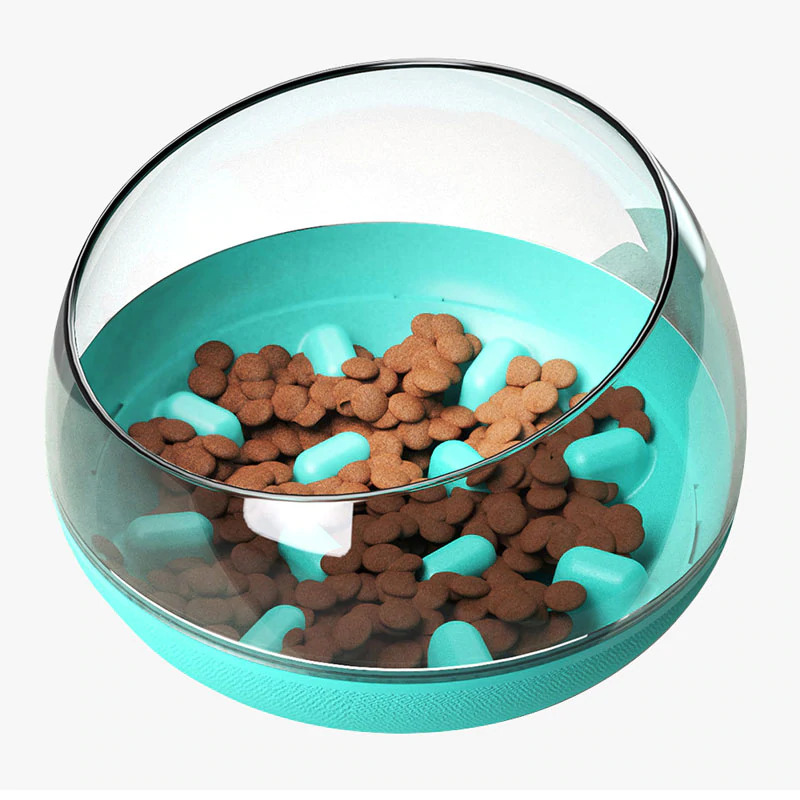

Puzzle toys and slow feeders are a great way to keep any dog occupied and out of trouble!
DO NOT STEAL YOUR DOGS FOOD OR PUT YOUR HAND IN YOUR DOGS BOWL
Some training methods, especially in the ‘alpha‘ or ‘pack leader training’ methods will recommend that you steal your dogs food or put your hand in his bowl while he is eating as a way to show him that you are the ‘pack leader’.
This is an outdated and dangerous method that can cause your dog to become aggressive towards you or other dogs.
We do not recommend this method under any circumstances.
Instead, if your one dog is acting stressed around food, make sure to associate yourself with the ADDITION of positive treats/food. When you walk past your dog, throw a treat in his bowl or drop a few next to him so he associates you with something good happening.
Guarding food is a very natural behavior for dogs, and one that should not be punished.
In summary: apply these tips with your dogs who demonstrate stress surrounding food when around other dogs, other animals, or other people:
- Avoiding triggers that may cause your dog to become aggressive
- Feeding dogs in separate areas or using puzzle toys/slow feeders if they tend to steal food from each other
- Never stealing your dog’s food or putting your hand in his bowl (this could trigger aggression
By using the above tips, you can help your dogs feel more comfortable around each other and reduce the chances of them fighting.
SEEKING HELP WITH DOG TRAINING FOR FOOD AGGRESSION
In cases where a dog is truly food-aggressive and fights with other dogs over food, it is best to seek professional help from a certified trainer or behaviorist who can help you safely modify your dog’s behavior.
Dogs fighting is a very serious issue that can lead to many problems, including but not limited to: severe injuries, the spread of disease, and even death.
If you have two dogs who are fighting, it is important to seek professional help as soon as possible to prevent the situation from escalating. There are an abundance of dog training resources that can help.
Fighting dogs can be a danger to themselves, each other, and any humans who try to break up the fight.
DOGS IN THE SAME HOUSEHOLD FIGHTING
Dogs tend to fight with new dogs that they do not know already, but sometimes two or more dogs of the same pack can randomly begin to fight.
If you have two dogs or even three dogs in the same house, you will need to work hard to keep the peace with the house.
Multiple dogs in one household CAN get along in a peaceful way!
With obedience training, confidence building, and strong boundaries, your dogs can get along well under one roof.

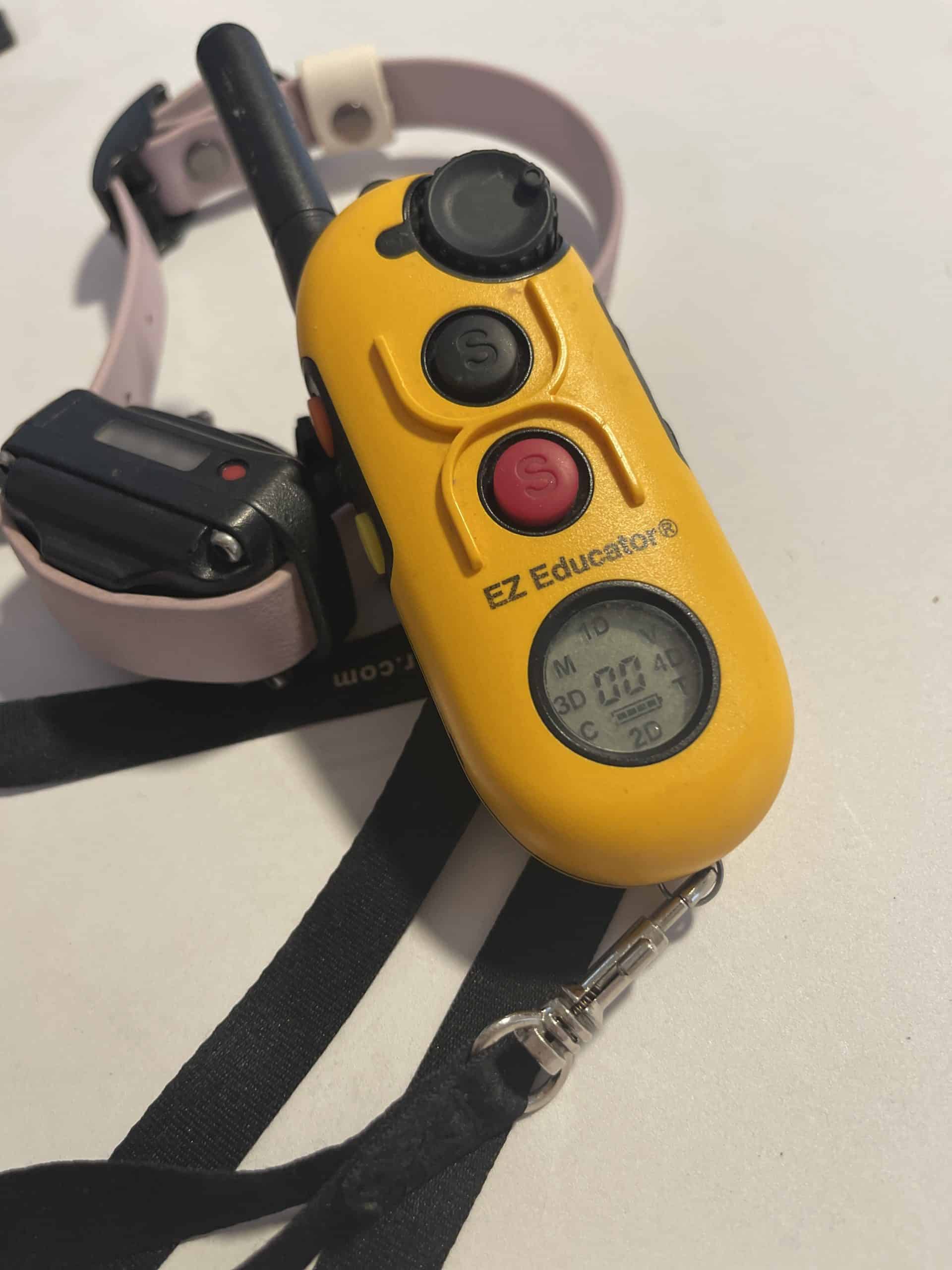
TIPS TO STOP FIGHTING WITH DOGS IN THE HOUSE
If your dogs fight with one another in the house, you can work to stop fighting with a few tips.
- Crate train one dog or both dogs. This will give each dog his own space and help to prevent fighting.
- Do not allow either dog on the furniture. This will help to create a hierarchy in the home and prevent fighting over resources.
- Be sure to feed each dog in his own area and never leave food out where they can both get to it.
- Make sure each dog has his own toys and do not allow them to play with the same toy at the same time.
- Do not leave your dogs unattended.
- Do not let kids or small children lay on top of your dog, pull the tail of your dog or interact with your dog unattended.
- Plan ahead for when new dogs will visit.
- Work with a dog trainer and animal behaviorist to help your dogs remain peaceful in the home.
MY DOG FIGHTS WITH NEW DOGS
If your dog fights with new dogs that it is unfamiliar with, it is likely because it is afraid but there are also other reasons:
- Older Dog: Sometimes with an older dog, you might find that they no longer have the same interest as a younger dog to interact with dogs anymore.
- Young Dog: Some young dogs have not been properly socialized and therefore might try to fight with new dogs.
- Dog Parks: Dog parks can be a great place to socialize your dog, but they can also be a place where dogs fight. If you take your dog to the dog park, be sure to keep an eye on him at all times.
- Barking: Dogs will often bark and lunge at other dogs when they are on a leash because they feel restrained and unable to escape. If your dog is barking and lunging at other dogs while on a leash, it is important to work with a professional trainer to help your dog overcome this behavior.
- Reactivity: Reactivity is when a dog is overly sensitive to stimuli in its environment. Dogs who are reactive may bark, growl, lunge, or even bite in response to things that trigger their fear or anxiety. If your dog is reactive, it is important to work with a certified trainer or behaviorist to help your dog learn how to cope with the things that trigger its reactivity.
- Fearful Dogs: Fearful dogs are often the ones who start fights with other dogs because they are trying to defend themselves. If your dog is fearful of other dogs, it is important to work with a certified trainer or behaviorist to help your dog overcome its fear.
- Anxiety: Anxiety is a condition that can cause a variety of different behaviors in dogs, including aggression. If your dog is anxious, it is important to work with a certified trainer or behaviorist to help your dog learn how to cope with its anxiety.
Depending on the cause of the reactivity and aggression, most dogs if not all dogs can be rehabilitated and will be able to exist with any other dog without breaking out in fights.
TIPS FOR PREVENTING DOG BITES
The best way to prevent dog bites is to educate yourself and others about how to interact safely with dogs.
Here are some tips:
- Never approach a dog you do not know, even if he seems friendly. Ask the owner first if it’s okay to pet the dog.
- When meeting a new dog, let him sniff your closed hand before petting him.
- Don’t bother a dog who is eating, sleeping, or playing with a toy.
- Dogs can get jealous when you give attention to other dogs, so always ask the owner before petting another dog.
- Never pull on a dog’s tail or ears, and never try to pick up a dog against his will.
- Respect a dog’s personal space and do not invade it.
- Never approach a strange dog from behind as this may startle him.
- If you see a fight between two dogs, do not try to break it up yourself. Dogs can become aggressive when they are afraid or feel threatened, so it is best to call animal control or the police for help.
HELPING DOGS BE SUCCESSFUL ON LEASH
If you have worked with a dog trainer, you have probably heard that you should not let your dog interact with other dogs while on leash.
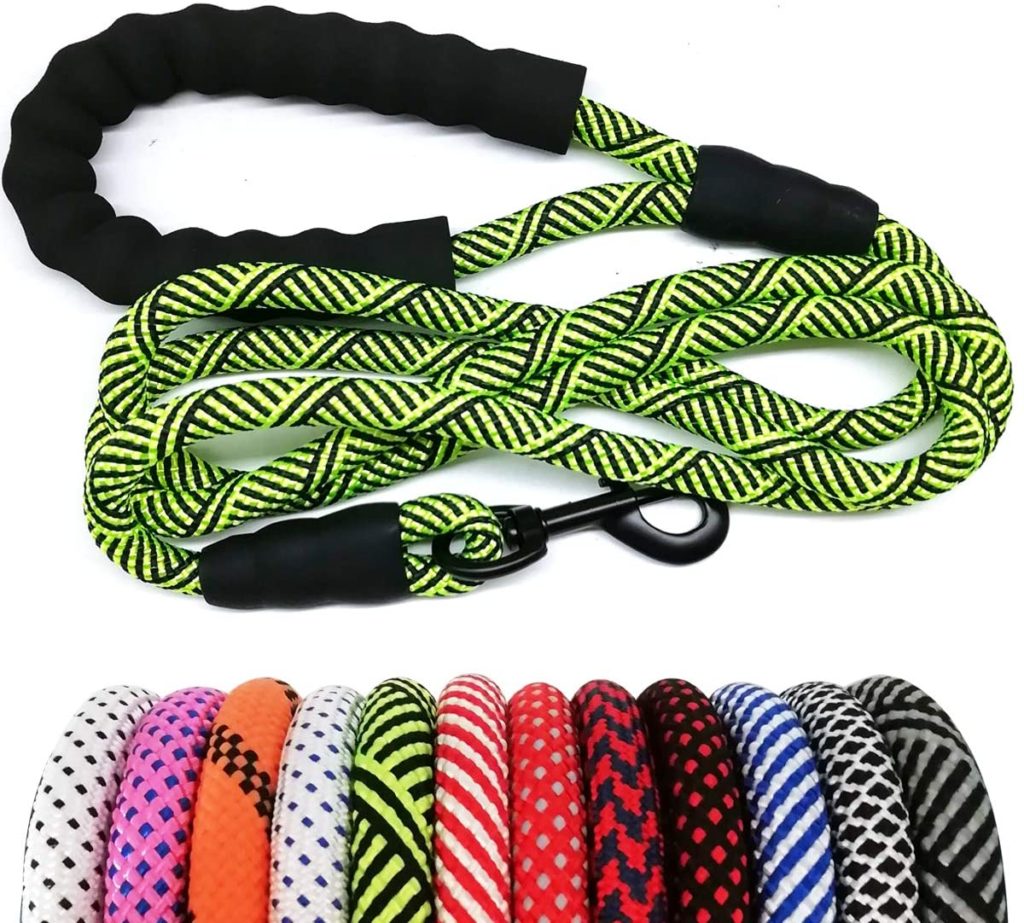
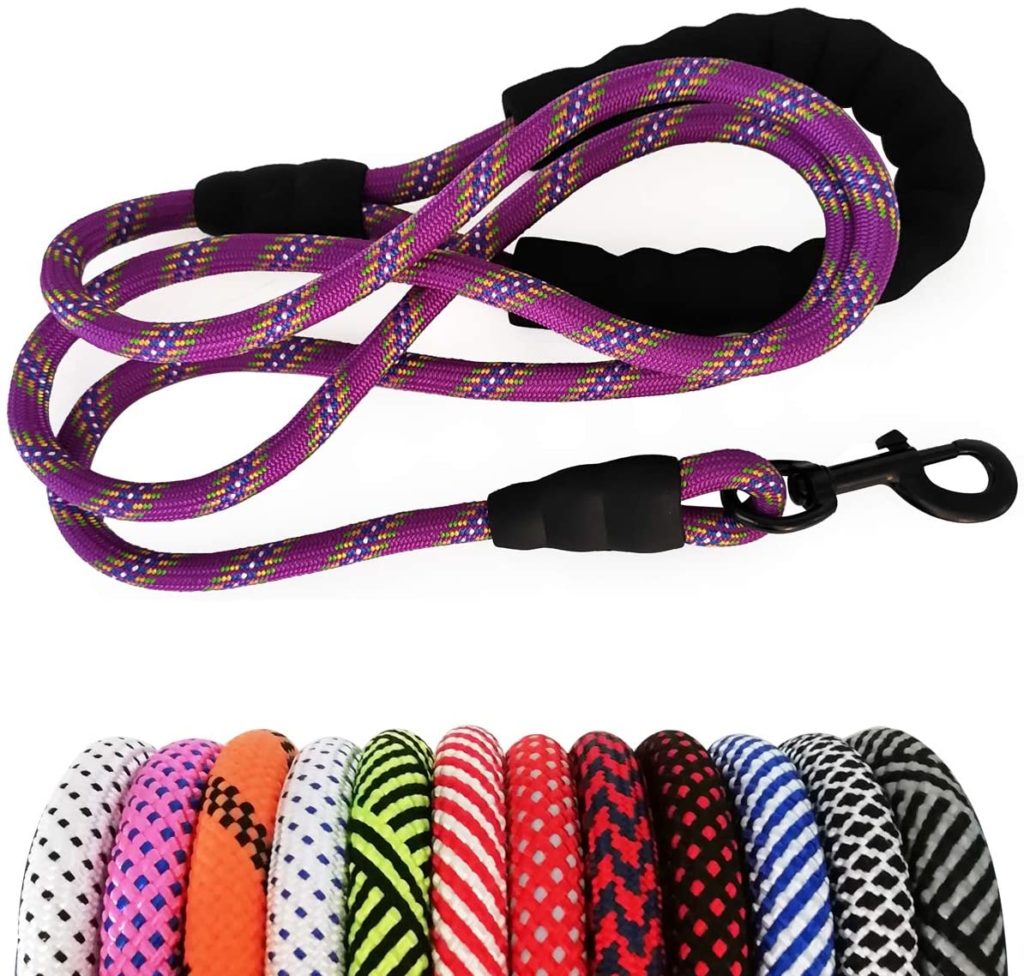
The reason being is that dogs on leash often feel threatened and anxious, which can lead to aggression.
However, there are ways that you can help your dog be successful when interacting with other dogs while on leash:
- Make sure that your dog is well-socialized so that he knows how to interact appropriately with other dogs.
- Be aware of your dog’s body language and look for signs of stress or anxiety. If you see these signs, it is best to move away from the other dog.
- Ensure that your dog has a good foundation of obedience commands such as sit, stay, come, and down. This will help you keep control of your dog if he does become excited or reactive around another dog.
- Do not approach other dogs on leash or let the two dogs interact with one another while on leash.
- Participate in on leash walks where the dogs do not interact, but rather learn how to exist with one another without playing, lunging or biting.
WHAT TO DO IF YOUR DOG ATTACKS ANOTHER DOG
First and foremost, if your dog attacks another dog, it can be very scary.
Try not to panic.
Also, do not try to separate fighting dogs, especially with your hands.
Try to make loud noises and get the dogs’ attention by spraying them with water from a hose or throwing objects near them.
Only once the dogs have stopped fighting should you try to separate them.
Then, take your dog to the vet for a check-up, even if he seems fine.

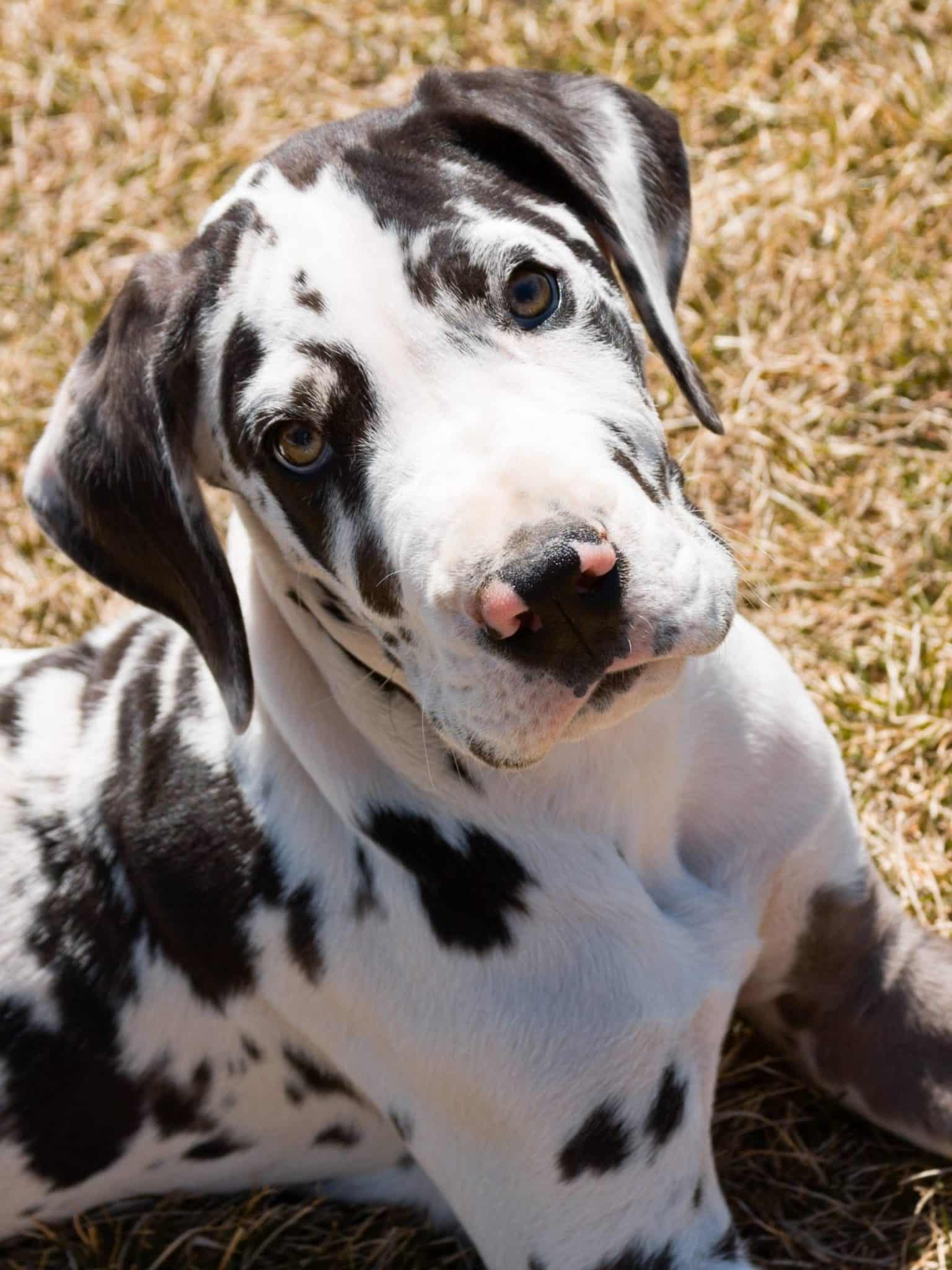

Afterward, make sure to consult with a certified animal behaviorist or veterinary behaviorist to help you and your dog work through any issues that may have caused the aggression.
It is also important to talk to your veterinarian about what happened and ask for their advice on how to prevent it from happening again in the future including asking them if they have any recommendations for fear training and obedience training. Your vet might have great suggestions for a certified professional dog trainer.
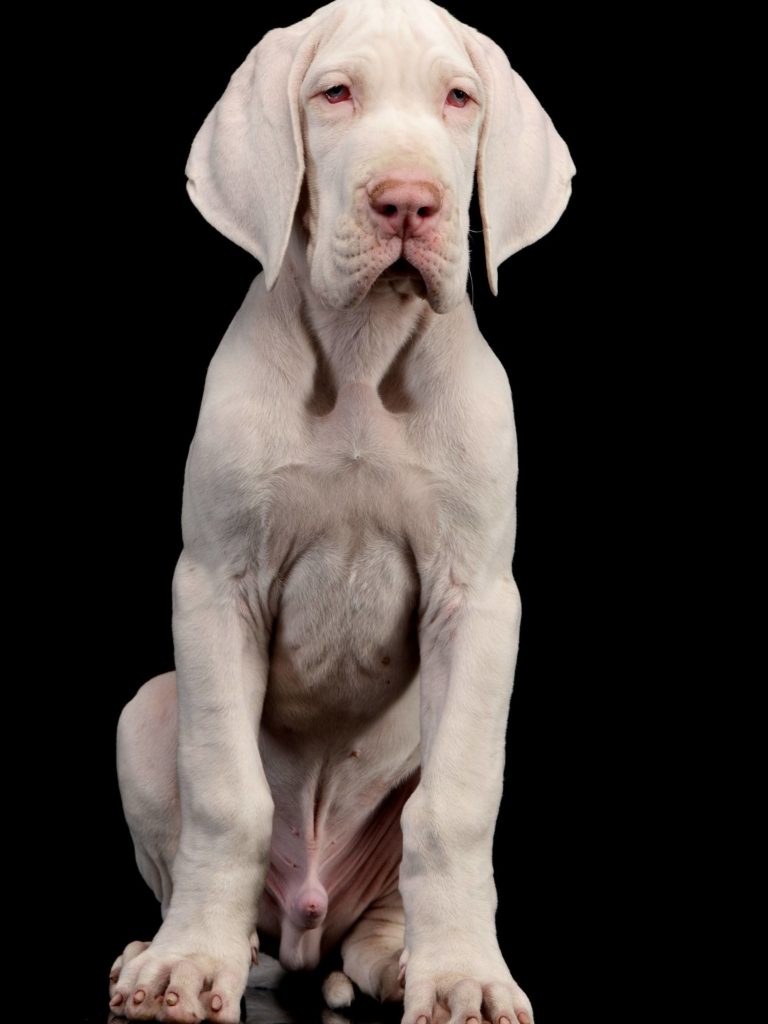
5 Common mistakes you may be making when Training Your Great Dane
Dogs are complex creatures and there can be many different reasons why they fight with other dogs. However, by understanding the causes of aggression and working on prevention.
Some parents like to be prepared with items such as loud horns, dog versions of pepper spray, or other tools in case their dog ever gets into a fight with another dog.
If you choose to carry any of these items, make sure to familiarize yourself with how to use them before you need to use them in an emergency situation.
Remember, the best way to prevent your dog from fighting with another dog is to be proactive and understand the causes of aggression. If you can identify the triggers for your dog’s aggression, you can work on prevention and management so that your dog can live a happy and healthy life.
WHAT TO DO IF YOUR DOG GETS ATTACKED
If your dog gets attacked, do not forget to get the contact information from the owner of the attacker.
Not only is it important for potential vet bills, but you will want to verify that their dog is up to date on its vaccines.
Next, try to get to the vet immediately. Getting to the veterinarian immediately is important because your dog will need to be checked for injuries, given a round of antibiotics to prevent infection, and possibly have x-rays taken if there are any broken bones.
If your dog has been attacked by another dog, it is important to take some time to understand what may have caused the attack.
It is also important to work on prevention so that it does not happen again in the future.
There are many different resources available to help you do this including books, online articles, and even working with a certified professional dog trainer or behaviorist.
While an attack can be frightening, it is important to remember that most dogs do not want to hurt other dogs and that with some training and understanding, you can help your dogs stay safe.
MY MALE DOG IS AGGRESSIVE
Male dogs can be aggressive for many different reasons.
Some male dogs are aggressive due to dominance, while others may be acting out because they are afraid or in pain.
Other males may have been poorly socialized as puppies or have a history of abuse or neglect.
If your male dog is displaying signs of aggression, it is important to consult with a certified animal behaviorist or veterinary behaviorist who can help you create a treatment plan specifically for your dog.
In some cases, medication may be necessary in order to help your dog feel more relaxed and comfortable around other dogs. However, medication should always be a resort taken after training.
Some male dogs mount female dogs when they are over stimulated and this should be avoided. Keep your male dogs separately from female dogs if they are not spayed.
MY FEMALE DOG IS AGGRESSIVE
Female dogs are known more for fighting with dogs that are the same sex as themselves.
This is because females are often more territorial and want to protect their home and resources from other females.
However, any dog can be aggressive regardless of sex.
If your female dog is displaying signs of aggression, it is important to consult with a certified animal behaviorist or veterinary behaviorist who can help you create a treatment plan specifically for your dog.
If your female dog is aggressive toward any other dog, work on setting intense boundaries, crate training and seeking help from a balanced trainer.
MY DOG HAS SEPARATION ANXIETY
Separation anxiety is a type of anxiety that occurs when a dog is away from their owner.
This can be caused by many different things including prior abandonment, neglect, or abuse. It can also be caused by dogs not being given enough independent time, which is why crate training is so important.
Dogs with separation anxiety often display signs of distress such as barking, howling, chewing, pacing, and destruction when left alone.


If your dog has separation anxiety, it is important to consult with a certified animal behaviorist or veterinary behaviorist who can help you create a treatment plan specifically for your dog.
Treatment plans for separation anxiety often include medication, crate training, and providing your dog with toys and bones that are only given to them when you leave the house.
With some time and patience, most dogs with separation anxiety can be cured and be confident being by themselves.
MY OLDER DOG IS SUDDENLY AGGRESSIVE
If you have an older dog that is suddenly demonstrating signs of aggressive behavior, it is important to take them to the vet for a check-up.
Older dogs can become aggressive due to many different things including pain, cognitive decline, and sensory issues.
Since dogs cannot talk, they sometimes resort to other forms of communication to express their pain. Their pain could be stemming from:
- Arthritis
- Cancer
- Dental disease
- Organ disease
- Hip/Joint Dysplasia
Once you have ruled out any medical causes, it is important to consult with a certified animal behaviorist or behaviorist who can help you create a treatment plan specifically for your dog.
Treatment plans for older dogs that are suddenly aggressive often include medication, crate training, obedience training, and providing your dog with plenty of mental and physical stimulation.
With some time and patience, most older dogs that are demonstrating signs of aggression can be helped with these treatment plans.
IN CONCLUSION
There are many different reasons why dogs may become aggressive. However, with some patience and training, most dogs can be taught to control their aggression. If you are struggling to stop your dog from being aggressive, it is important to consult with a certified animal behaviorist or veterinary behaviorist who can help you create a treatment plan specifically for your dog. With some time and effort, you and your dog can overcome this obstacle and have a happy and healthy life together. Thanks for reading! I hope this article was helpful. 🙂
If you have any questions or would like to share your own experiences with dog aggression, please leave a comment below! I would love to hear from you.
READ MORE:

JOIN OUR COMMUNITY
Do you like modern positive+balanced off-leash dog training, science-based information, life with Danes, educated ownership and chatting with other like-minded people?
Join our growing Facebook group!

